Quick filters:
Birds in decline Stock Photos and Images
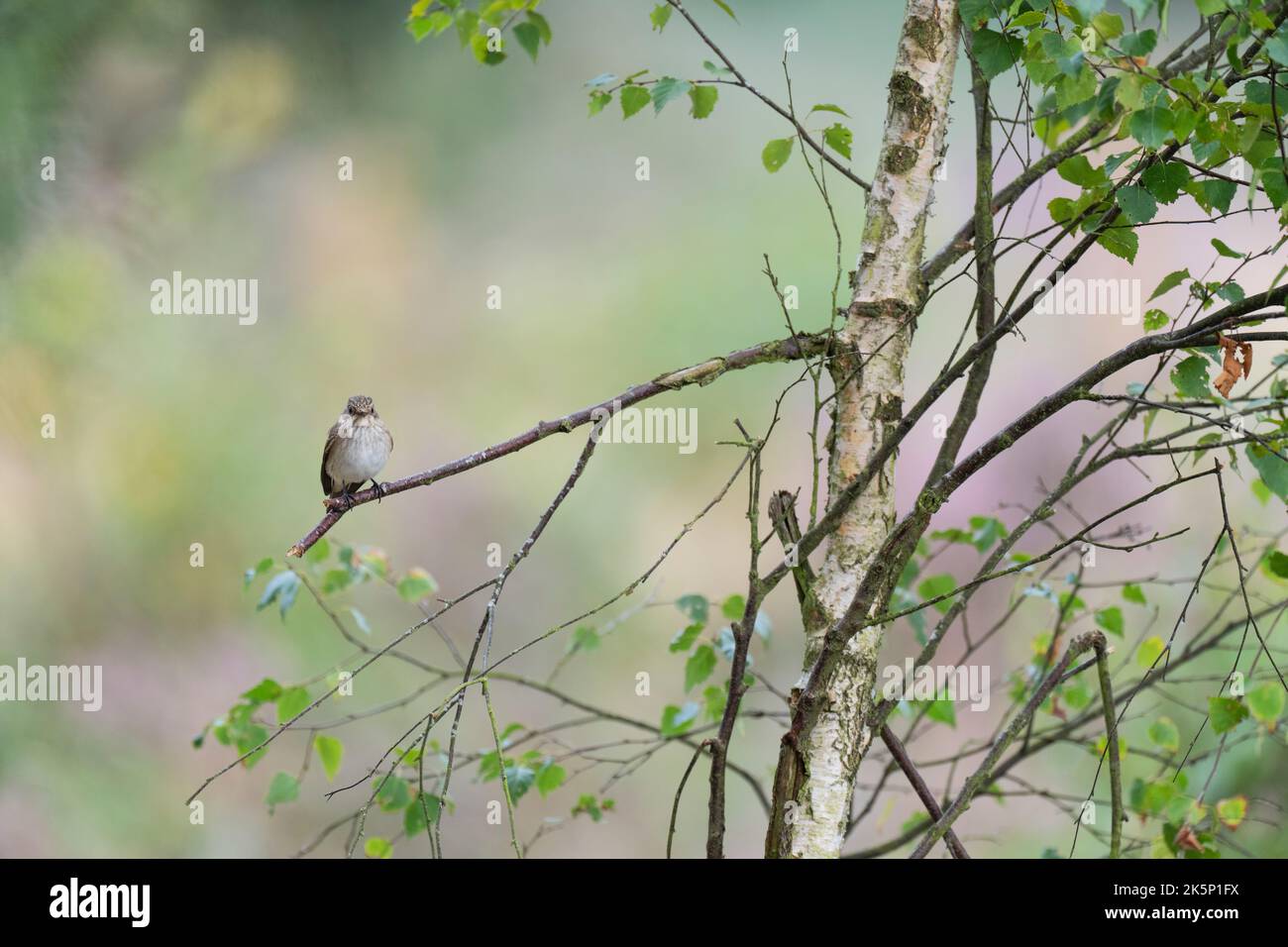 Spotted Flycatcher Muscicapa striata, a single juvenile bird on a birch tree within a heathland, Nottinghamshire, UK, September Stock Photohttps://www.alamy.com/image-license-details/?v=1https://www.alamy.com/spotted-flycatcher-muscicapa-striata-a-single-juvenile-bird-on-a-birch-tree-within-a-heathland-nottinghamshire-uk-september-image485447758.html
Spotted Flycatcher Muscicapa striata, a single juvenile bird on a birch tree within a heathland, Nottinghamshire, UK, September Stock Photohttps://www.alamy.com/image-license-details/?v=1https://www.alamy.com/spotted-flycatcher-muscicapa-striata-a-single-juvenile-bird-on-a-birch-tree-within-a-heathland-nottinghamshire-uk-september-image485447758.htmlRF2K5P1FX–Spotted Flycatcher Muscicapa striata, a single juvenile bird on a birch tree within a heathland, Nottinghamshire, UK, September
 Birds of a Feather actress Lesley Joseph joins a Skylarks and Scarecrows rally at Marble Arch in London, to highlight the massive decline of once common species such as the skylark and the yellowhammer. *Wildlife campaigners fear these birds may become a rare sight and sound for future generations. Other celebrities including actress Denise Van Outen, singer Jay Kay, comic Ali G, and many others have lent their support and their clothing to 20 bird-friendly scarecrows, which will be on public display at the Skylarks and Scarecrows Exhibition gallery at The Oxo Tower Wharf between March 10-19. Stock Photohttps://www.alamy.com/image-license-details/?v=1https://www.alamy.com/stock-photo-birds-of-a-feather-actress-lesley-joseph-joins-a-skylarks-and-scarecrows-106326488.html
Birds of a Feather actress Lesley Joseph joins a Skylarks and Scarecrows rally at Marble Arch in London, to highlight the massive decline of once common species such as the skylark and the yellowhammer. *Wildlife campaigners fear these birds may become a rare sight and sound for future generations. Other celebrities including actress Denise Van Outen, singer Jay Kay, comic Ali G, and many others have lent their support and their clothing to 20 bird-friendly scarecrows, which will be on public display at the Skylarks and Scarecrows Exhibition gallery at The Oxo Tower Wharf between March 10-19. Stock Photohttps://www.alamy.com/image-license-details/?v=1https://www.alamy.com/stock-photo-birds-of-a-feather-actress-lesley-joseph-joins-a-skylarks-and-scarecrows-106326488.htmlRMG4YGEG–Birds of a Feather actress Lesley Joseph joins a Skylarks and Scarecrows rally at Marble Arch in London, to highlight the massive decline of once common species such as the skylark and the yellowhammer. *Wildlife campaigners fear these birds may become a rare sight and sound for future generations. Other celebrities including actress Denise Van Outen, singer Jay Kay, comic Ali G, and many others have lent their support and their clothing to 20 bird-friendly scarecrows, which will be on public display at the Skylarks and Scarecrows Exhibition gallery at The Oxo Tower Wharf between March 10-19.
 Sign on a gate highlighting the decline in yellowhammers in the area and providing a QR code to enable people to help nature conservation. Stock Photohttps://www.alamy.com/image-license-details/?v=1https://www.alamy.com/sign-on-a-gate-highlighting-the-decline-in-yellowhammers-in-the-area-and-providing-a-qr-code-to-enable-people-to-help-nature-conservation-image610270350.html
Sign on a gate highlighting the decline in yellowhammers in the area and providing a QR code to enable people to help nature conservation. Stock Photohttps://www.alamy.com/image-license-details/?v=1https://www.alamy.com/sign-on-a-gate-highlighting-the-decline-in-yellowhammers-in-the-area-and-providing-a-qr-code-to-enable-people-to-help-nature-conservation-image610270350.htmlRF2XCT61J–Sign on a gate highlighting the decline in yellowhammers in the area and providing a QR code to enable people to help nature conservation.
 Gallinago major, Print, The great snipe (Gallinago media) is a small stocky wader in the genus Gallinago. This bird's breeding habitat is marshes and wet meadows with short vegetation in north-eastern Europe, including north-western Russia. Great snipes are migratory, wintering in Africa. The European breeding population is in steep decline., 1700-1880 Stock Photohttps://www.alamy.com/image-license-details/?v=1https://www.alamy.com/gallinago-major-print-the-great-snipe-gallinago-media-is-a-small-stocky-wader-in-the-genus-gallinago-this-birds-breeding-habitat-is-marshes-and-wet-meadows-with-short-vegetation-in-north-eastern-europe-including-north-western-russia-great-snipes-are-migratory-wintering-in-africa-the-european-breeding-population-is-in-steep-decline-1700-1880-image328681770.html
Gallinago major, Print, The great snipe (Gallinago media) is a small stocky wader in the genus Gallinago. This bird's breeding habitat is marshes and wet meadows with short vegetation in north-eastern Europe, including north-western Russia. Great snipes are migratory, wintering in Africa. The European breeding population is in steep decline., 1700-1880 Stock Photohttps://www.alamy.com/image-license-details/?v=1https://www.alamy.com/gallinago-major-print-the-great-snipe-gallinago-media-is-a-small-stocky-wader-in-the-genus-gallinago-this-birds-breeding-habitat-is-marshes-and-wet-meadows-with-short-vegetation-in-north-eastern-europe-including-north-western-russia-great-snipes-are-migratory-wintering-in-africa-the-european-breeding-population-is-in-steep-decline-1700-1880-image328681770.htmlRM2A2MMXJ–Gallinago major, Print, The great snipe (Gallinago media) is a small stocky wader in the genus Gallinago. This bird's breeding habitat is marshes and wet meadows with short vegetation in north-eastern Europe, including north-western Russia. Great snipes are migratory, wintering in Africa. The European breeding population is in steep decline., 1700-1880
 Egyptian Vultures,(Neophron percnopterus), two adult birds perched at roosting site on cliff edge,Bharatpur,Rajasthan,India Stock Photohttps://www.alamy.com/image-license-details/?v=1https://www.alamy.com/stock-photo-egyptian-vulturesneophron-percnopterus-two-adult-birds-perched-at-130198827.html
Egyptian Vultures,(Neophron percnopterus), two adult birds perched at roosting site on cliff edge,Bharatpur,Rajasthan,India Stock Photohttps://www.alamy.com/image-license-details/?v=1https://www.alamy.com/stock-photo-egyptian-vulturesneophron-percnopterus-two-adult-birds-perched-at-130198827.htmlRMHFR1X3–Egyptian Vultures,(Neophron percnopterus), two adult birds perched at roosting site on cliff edge,Bharatpur,Rajasthan,India
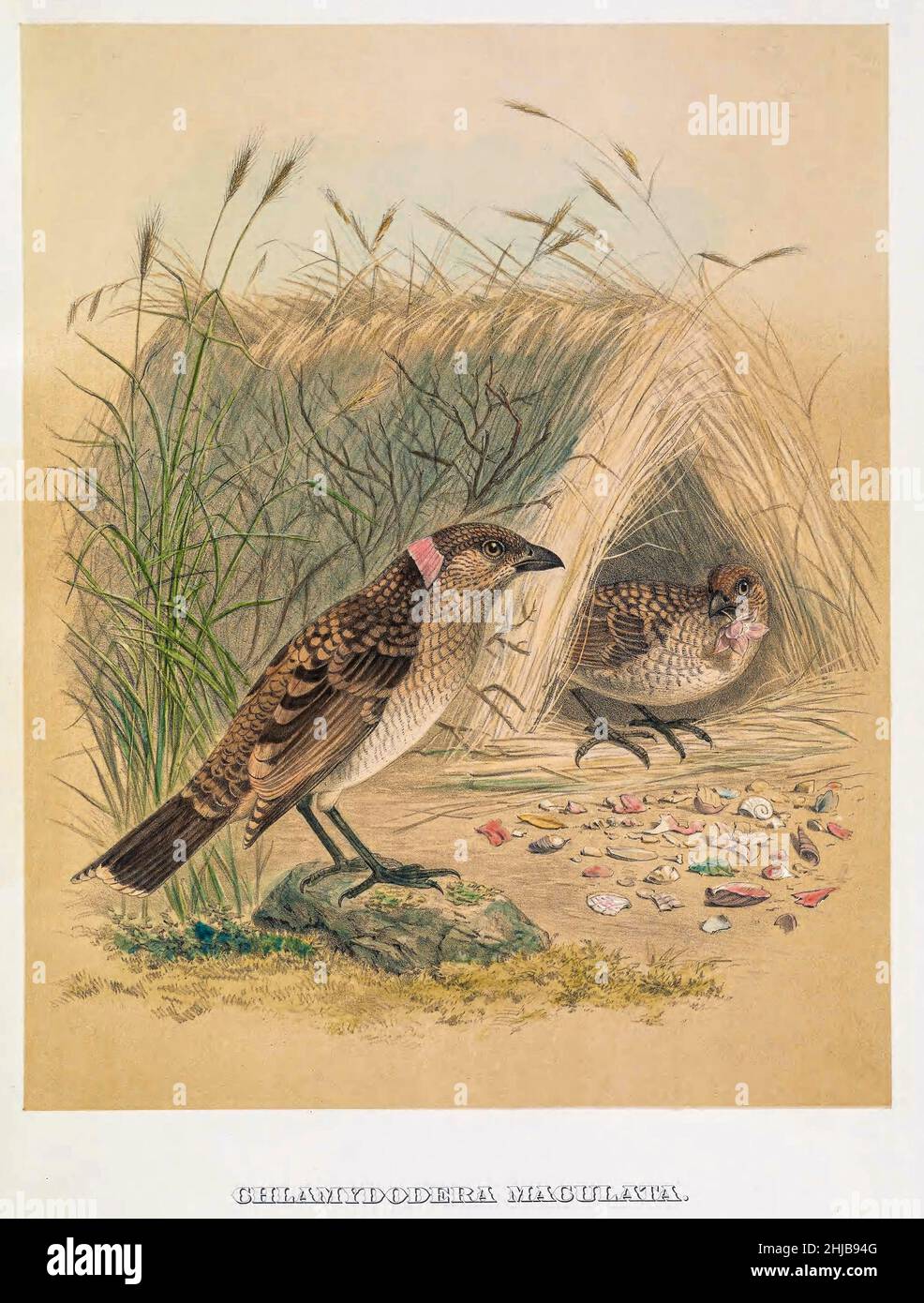 The spotted bowerbird (Chlamydera maculata here as Chlamydodera maculata) is a sedentary, mid-sized passerine found across broad parts of the drier habitats of eastern Australia. The species is known for its remarkable behaviours, like many other bowerbirds (Ptilonorynchidae), which include bower building and decorating, courtship displays and vocal mimicry. Spotted bowerbirds are locally common, however, overall the population is thought to be in decline. tinted lithograph Illustrated by Joseph Smit, from the book ' The beautiful and curious birds of the world ' by Charles Barney Cory, Publis Stock Photohttps://www.alamy.com/image-license-details/?v=1https://www.alamy.com/the-spotted-bowerbird-chlamydera-maculata-here-as-chlamydodera-maculata-is-a-sedentary-mid-sized-passerine-found-across-broad-parts-of-the-drier-habitats-of-eastern-australia-the-species-is-known-for-its-remarkable-behaviours-like-many-other-bowerbirds-ptilonorynchidae-which-include-bower-building-and-decorating-courtship-displays-and-vocal-mimicry-spotted-bowerbirds-are-locally-common-however-overall-the-population-is-thought-to-be-in-decline-tinted-lithograph-illustrated-by-joseph-smit-from-the-book-the-beautiful-and-curious-birds-of-the-world-by-charles-barney-cory-publis-image458782032.html
The spotted bowerbird (Chlamydera maculata here as Chlamydodera maculata) is a sedentary, mid-sized passerine found across broad parts of the drier habitats of eastern Australia. The species is known for its remarkable behaviours, like many other bowerbirds (Ptilonorynchidae), which include bower building and decorating, courtship displays and vocal mimicry. Spotted bowerbirds are locally common, however, overall the population is thought to be in decline. tinted lithograph Illustrated by Joseph Smit, from the book ' The beautiful and curious birds of the world ' by Charles Barney Cory, Publis Stock Photohttps://www.alamy.com/image-license-details/?v=1https://www.alamy.com/the-spotted-bowerbird-chlamydera-maculata-here-as-chlamydodera-maculata-is-a-sedentary-mid-sized-passerine-found-across-broad-parts-of-the-drier-habitats-of-eastern-australia-the-species-is-known-for-its-remarkable-behaviours-like-many-other-bowerbirds-ptilonorynchidae-which-include-bower-building-and-decorating-courtship-displays-and-vocal-mimicry-spotted-bowerbirds-are-locally-common-however-overall-the-population-is-thought-to-be-in-decline-tinted-lithograph-illustrated-by-joseph-smit-from-the-book-the-beautiful-and-curious-birds-of-the-world-by-charles-barney-cory-publis-image458782032.htmlRF2HJB94G–The spotted bowerbird (Chlamydera maculata here as Chlamydodera maculata) is a sedentary, mid-sized passerine found across broad parts of the drier habitats of eastern Australia. The species is known for its remarkable behaviours, like many other bowerbirds (Ptilonorynchidae), which include bower building and decorating, courtship displays and vocal mimicry. Spotted bowerbirds are locally common, however, overall the population is thought to be in decline. tinted lithograph Illustrated by Joseph Smit, from the book ' The beautiful and curious birds of the world ' by Charles Barney Cory, Publis
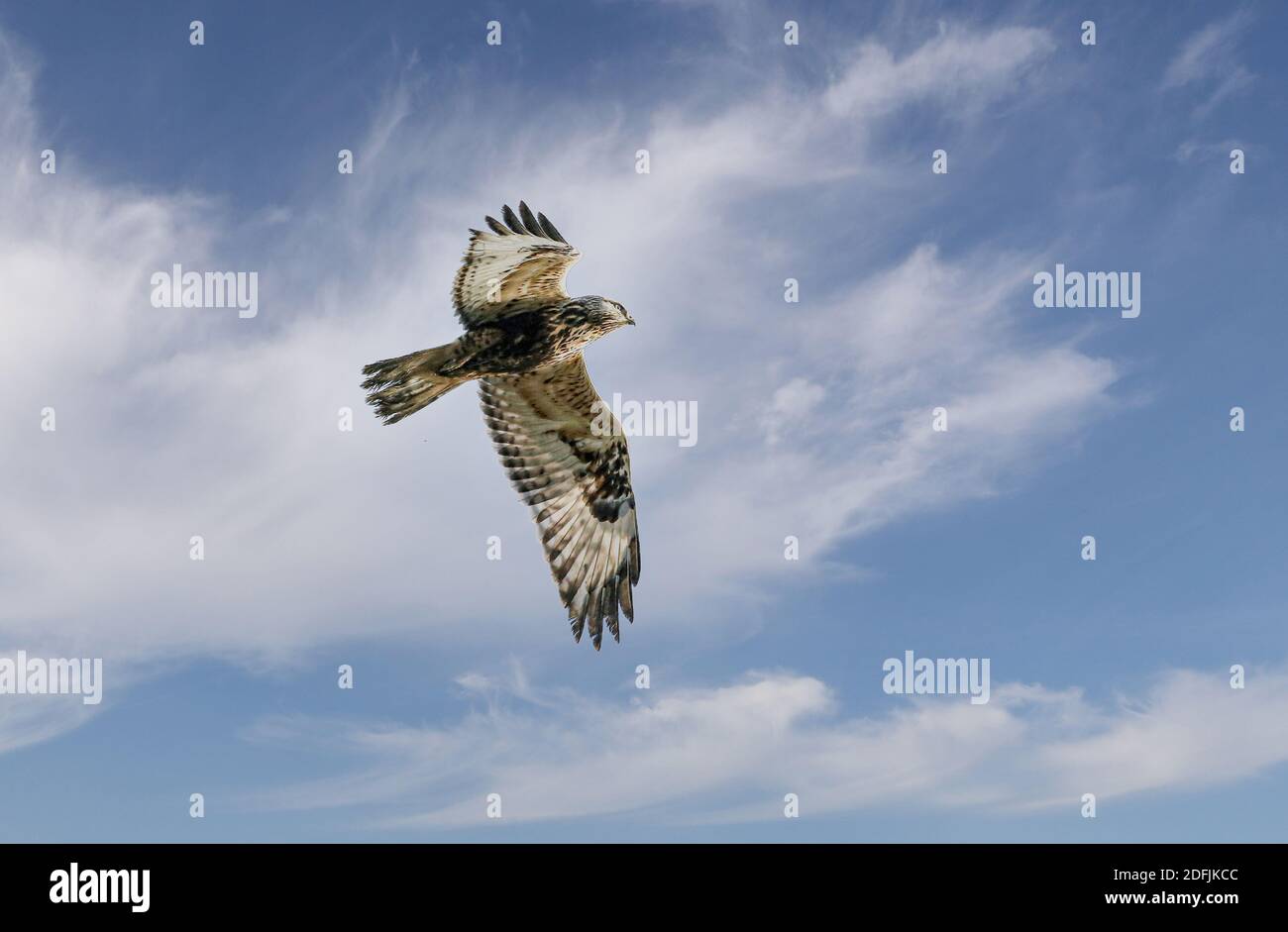 Flying Common Buzzard in Ostholstein, Germany. Germany is home to 50% of the common buzzards and can therefore be seen relatively often. Stock Photohttps://www.alamy.com/image-license-details/?v=1https://www.alamy.com/flying-common-buzzard-in-ostholstein-germany-germany-is-home-to-50-of-the-common-buzzards-and-can-therefore-be-seen-relatively-often-image388258316.html
Flying Common Buzzard in Ostholstein, Germany. Germany is home to 50% of the common buzzards and can therefore be seen relatively often. Stock Photohttps://www.alamy.com/image-license-details/?v=1https://www.alamy.com/flying-common-buzzard-in-ostholstein-germany-germany-is-home-to-50-of-the-common-buzzards-and-can-therefore-be-seen-relatively-often-image388258316.htmlRF2DFJKCC–Flying Common Buzzard in Ostholstein, Germany. Germany is home to 50% of the common buzzards and can therefore be seen relatively often.
 The fishing village Å in Lofoten. Stock Photohttps://www.alamy.com/image-license-details/?v=1https://www.alamy.com/the-fishing-village-in-lofoten-image329891178.html
The fishing village Å in Lofoten. Stock Photohttps://www.alamy.com/image-license-details/?v=1https://www.alamy.com/the-fishing-village-in-lofoten-image329891178.htmlRF2A4KRFP–The fishing village Å in Lofoten.
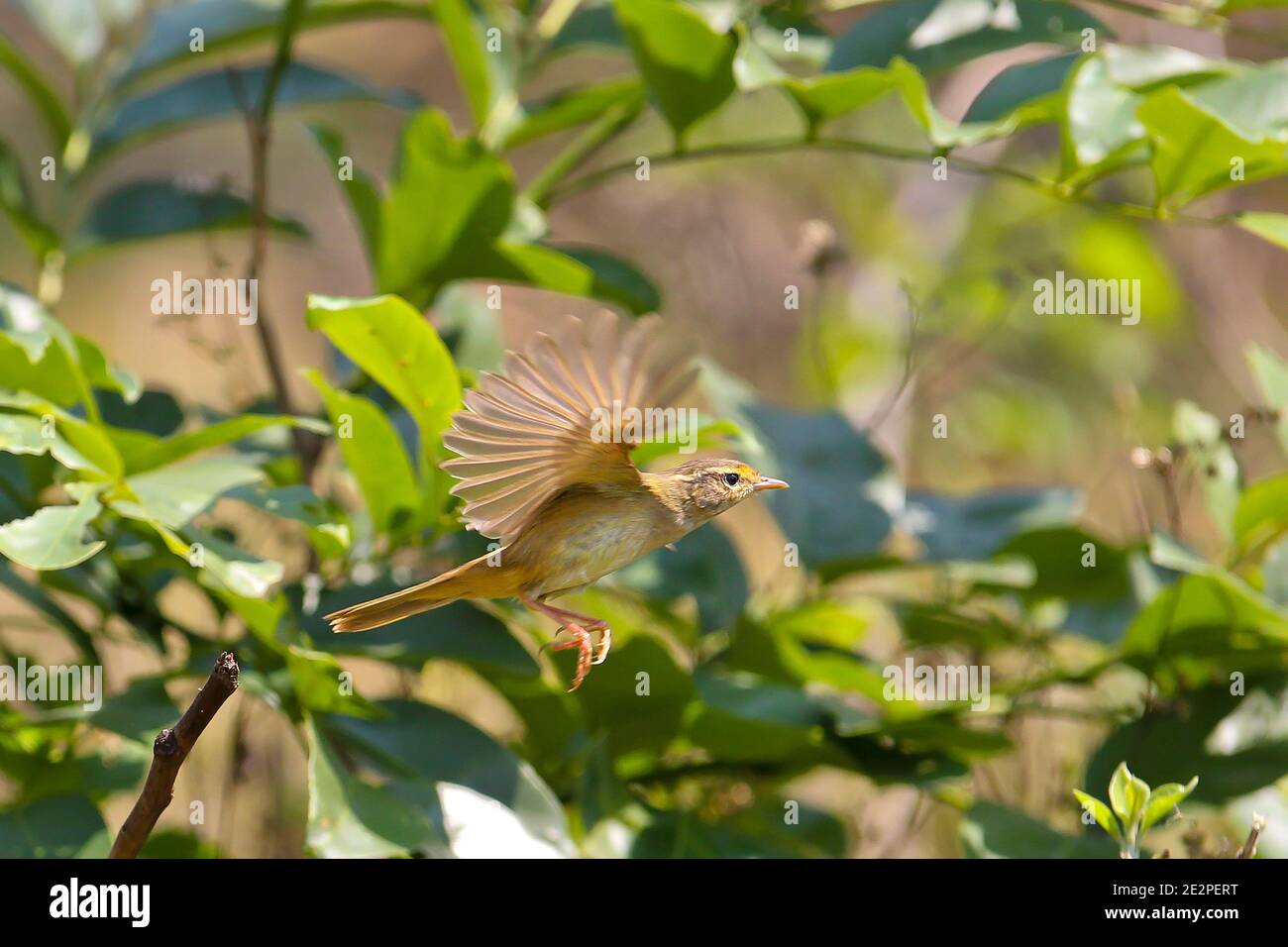 Radde's warbler (Phylloscopus schwarzi) adult flying in forest, Khao Yai National Park, Thailand Stock Photohttps://www.alamy.com/image-license-details/?v=1https://www.alamy.com/raddes-warbler-phylloscopus-schwarzi-adult-flying-in-forest-khao-yai-national-park-thailand-image397562364.html
Radde's warbler (Phylloscopus schwarzi) adult flying in forest, Khao Yai National Park, Thailand Stock Photohttps://www.alamy.com/image-license-details/?v=1https://www.alamy.com/raddes-warbler-phylloscopus-schwarzi-adult-flying-in-forest-khao-yai-national-park-thailand-image397562364.htmlRM2E2PERT–Radde's warbler (Phylloscopus schwarzi) adult flying in forest, Khao Yai National Park, Thailand
 De Korte County Park Meadowlands New Jersey USA Stock Photohttps://www.alamy.com/image-license-details/?v=1https://www.alamy.com/de-korte-county-park-meadowlands-new-jersey-usa-image551763183.html
De Korte County Park Meadowlands New Jersey USA Stock Photohttps://www.alamy.com/image-license-details/?v=1https://www.alamy.com/de-korte-county-park-meadowlands-new-jersey-usa-image551763183.htmlRF2R1JYFY–De Korte County Park Meadowlands New Jersey USA
![Busard tchoug or pied harrier (Circus melanoleucos) is an Asian species of bird of prey in the family Accipitridae. It is migratory, breeding from the Amur valley in eastern Russia and north-eastern China to North Korea. Wintering individuals can be found in a wide area from Pakistan to Philippines. The population consists of approximately 10,000 individuals and the number is thought to be in moderate decline. from the Book Histoire naturelle des oiseaux d'Afrique [Natural History of birds of Africa] by Le Vaillant, François, 1753-1824; Publish in Paris by Chez J.J. Fuchs, libraire .1799 Stock Photo Busard tchoug or pied harrier (Circus melanoleucos) is an Asian species of bird of prey in the family Accipitridae. It is migratory, breeding from the Amur valley in eastern Russia and north-eastern China to North Korea. Wintering individuals can be found in a wide area from Pakistan to Philippines. The population consists of approximately 10,000 individuals and the number is thought to be in moderate decline. from the Book Histoire naturelle des oiseaux d'Afrique [Natural History of birds of Africa] by Le Vaillant, François, 1753-1824; Publish in Paris by Chez J.J. Fuchs, libraire .1799 Stock Photo](https://c8.alamy.com/comp/2DB3B97/busard-tchoug-or-pied-harrier-circus-melanoleucos-is-an-asian-species-of-bird-of-prey-in-the-family-accipitridae-it-is-migratory-breeding-from-the-amur-valley-in-eastern-russia-and-north-eastern-china-to-north-korea-wintering-individuals-can-be-found-in-a-wide-area-from-pakistan-to-philippines-the-population-consists-of-approximately-10000-individuals-and-the-number-is-thought-to-be-in-moderate-decline-from-the-book-histoire-naturelle-des-oiseaux-dafrique-natural-history-of-birds-of-africa-by-le-vaillant-franois-1753-1824-publish-in-paris-by-chez-jj-fuchs-libraire-1799-2DB3B97.jpg) Busard tchoug or pied harrier (Circus melanoleucos) is an Asian species of bird of prey in the family Accipitridae. It is migratory, breeding from the Amur valley in eastern Russia and north-eastern China to North Korea. Wintering individuals can be found in a wide area from Pakistan to Philippines. The population consists of approximately 10,000 individuals and the number is thought to be in moderate decline. from the Book Histoire naturelle des oiseaux d'Afrique [Natural History of birds of Africa] by Le Vaillant, François, 1753-1824; Publish in Paris by Chez J.J. Fuchs, libraire .1799 Stock Photohttps://www.alamy.com/image-license-details/?v=1https://www.alamy.com/busard-tchoug-or-pied-harrier-circus-melanoleucos-is-an-asian-species-of-bird-of-prey-in-the-family-accipitridae-it-is-migratory-breeding-from-the-amur-valley-in-eastern-russia-and-north-eastern-china-to-north-korea-wintering-individuals-can-be-found-in-a-wide-area-from-pakistan-to-philippines-the-population-consists-of-approximately-10000-individuals-and-the-number-is-thought-to-be-in-moderate-decline-from-the-book-histoire-naturelle-des-oiseaux-dafrique-natural-history-of-birds-of-africa-by-le-vaillant-franois-1753-1824-publish-in-paris-by-chez-jj-fuchs-libraire-1799-image385464051.html
Busard tchoug or pied harrier (Circus melanoleucos) is an Asian species of bird of prey in the family Accipitridae. It is migratory, breeding from the Amur valley in eastern Russia and north-eastern China to North Korea. Wintering individuals can be found in a wide area from Pakistan to Philippines. The population consists of approximately 10,000 individuals and the number is thought to be in moderate decline. from the Book Histoire naturelle des oiseaux d'Afrique [Natural History of birds of Africa] by Le Vaillant, François, 1753-1824; Publish in Paris by Chez J.J. Fuchs, libraire .1799 Stock Photohttps://www.alamy.com/image-license-details/?v=1https://www.alamy.com/busard-tchoug-or-pied-harrier-circus-melanoleucos-is-an-asian-species-of-bird-of-prey-in-the-family-accipitridae-it-is-migratory-breeding-from-the-amur-valley-in-eastern-russia-and-north-eastern-china-to-north-korea-wintering-individuals-can-be-found-in-a-wide-area-from-pakistan-to-philippines-the-population-consists-of-approximately-10000-individuals-and-the-number-is-thought-to-be-in-moderate-decline-from-the-book-histoire-naturelle-des-oiseaux-dafrique-natural-history-of-birds-of-africa-by-le-vaillant-franois-1753-1824-publish-in-paris-by-chez-jj-fuchs-libraire-1799-image385464051.htmlRF2DB3B97–Busard tchoug or pied harrier (Circus melanoleucos) is an Asian species of bird of prey in the family Accipitridae. It is migratory, breeding from the Amur valley in eastern Russia and north-eastern China to North Korea. Wintering individuals can be found in a wide area from Pakistan to Philippines. The population consists of approximately 10,000 individuals and the number is thought to be in moderate decline. from the Book Histoire naturelle des oiseaux d'Afrique [Natural History of birds of Africa] by Le Vaillant, François, 1753-1824; Publish in Paris by Chez J.J. Fuchs, libraire .1799
 Emsworthy Mire, Dartmoor, Devon, UK. 24th May, 2024. UK Weather: sighting of rare cuckoo at Emsworthy Mire, Dartmoor, Devon. The recent population decline of cuckoo makes this a Red List species in uk. Credit: nidpor/Alamy Live News Stock Photohttps://www.alamy.com/image-license-details/?v=1https://www.alamy.com/emsworthy-mire-dartmoor-devon-uk-24th-may-2024-uk-weather-sighting-of-rare-cuckoo-at-emsworthy-mire-dartmoor-devon-the-recent-population-decline-of-cuckoo-makes-this-a-red-list-species-in-uk-credit-nidporalamy-live-news-image607533245.html
Emsworthy Mire, Dartmoor, Devon, UK. 24th May, 2024. UK Weather: sighting of rare cuckoo at Emsworthy Mire, Dartmoor, Devon. The recent population decline of cuckoo makes this a Red List species in uk. Credit: nidpor/Alamy Live News Stock Photohttps://www.alamy.com/image-license-details/?v=1https://www.alamy.com/emsworthy-mire-dartmoor-devon-uk-24th-may-2024-uk-weather-sighting-of-rare-cuckoo-at-emsworthy-mire-dartmoor-devon-the-recent-population-decline-of-cuckoo-makes-this-a-red-list-species-in-uk-credit-nidporalamy-live-news-image607533245.htmlRM2X8BERW–Emsworthy Mire, Dartmoor, Devon, UK. 24th May, 2024. UK Weather: sighting of rare cuckoo at Emsworthy Mire, Dartmoor, Devon. The recent population decline of cuckoo makes this a Red List species in uk. Credit: nidpor/Alamy Live News
 Also known as Australasian, Great or Southern The Southern Crested Grebe is a freshwater diving bird. It is not common in New Zealand and numbers are continuing to decline. There are only about 300 birds left who remain here and they are protected. It lives in the South Island only, with more than half the total number living in sub-alpine and alpine lakes east of the main ranges, while the rest are scattered on lowland lakes west of the Southern Alps. Most lakes only have a few birds, and this will often be just a pair which flie Stock Photohttps://www.alamy.com/image-license-details/?v=1https://www.alamy.com/stock-photo-also-known-as-australasian-great-or-southern-the-southern-crested-129644135.html
Also known as Australasian, Great or Southern The Southern Crested Grebe is a freshwater diving bird. It is not common in New Zealand and numbers are continuing to decline. There are only about 300 birds left who remain here and they are protected. It lives in the South Island only, with more than half the total number living in sub-alpine and alpine lakes east of the main ranges, while the rest are scattered on lowland lakes west of the Southern Alps. Most lakes only have a few birds, and this will often be just a pair which flie Stock Photohttps://www.alamy.com/image-license-details/?v=1https://www.alamy.com/stock-photo-also-known-as-australasian-great-or-southern-the-southern-crested-129644135.htmlRMHEWPBK–Also known as Australasian, Great or Southern The Southern Crested Grebe is a freshwater diving bird. It is not common in New Zealand and numbers are continuing to decline. There are only about 300 birds left who remain here and they are protected. It lives in the South Island only, with more than half the total number living in sub-alpine and alpine lakes east of the main ranges, while the rest are scattered on lowland lakes west of the Southern Alps. Most lakes only have a few birds, and this will often be just a pair which flie
 Kittiwake in flight Stock Photohttps://www.alamy.com/image-license-details/?v=1https://www.alamy.com/kittiwake-in-flight-image368425692.html
Kittiwake in flight Stock Photohttps://www.alamy.com/image-license-details/?v=1https://www.alamy.com/kittiwake-in-flight-image368425692.htmlRM2CBB6MC–Kittiwake in flight
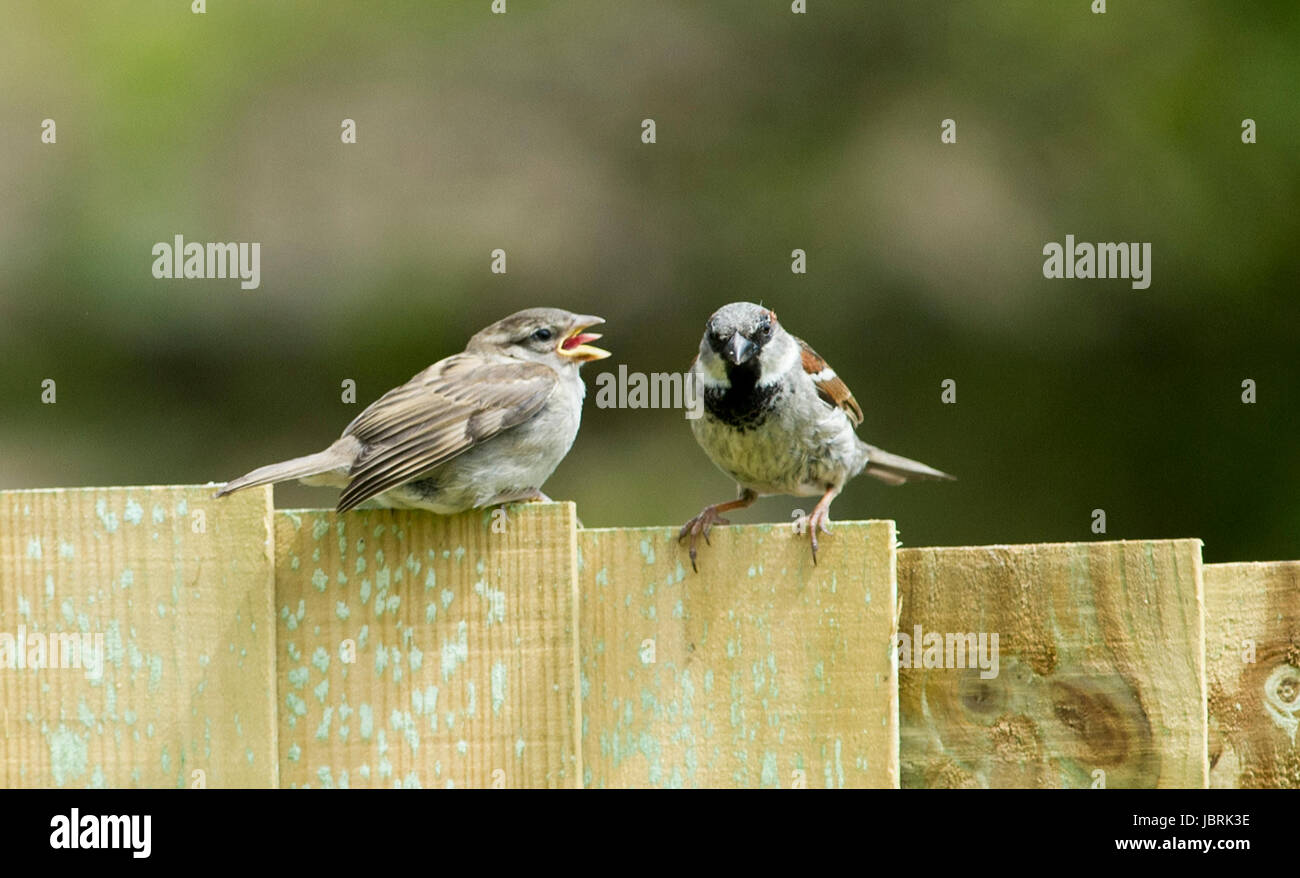 Brighton, UK. 12th June, 2017. An adult House Sparrow feeds its young on a garden fence in Brighton today during bright and breezy weather . House Sparrows have been in steady decline throughout the UK over recent years for many reasons one being the increase in predation by domestic cats Credit: Simon Dack/Alamy Live News Stock Photohttps://www.alamy.com/image-license-details/?v=1https://www.alamy.com/stock-photo-brighton-uk-12th-june-2017-an-adult-house-sparrow-feeds-its-young-144964050.html
Brighton, UK. 12th June, 2017. An adult House Sparrow feeds its young on a garden fence in Brighton today during bright and breezy weather . House Sparrows have been in steady decline throughout the UK over recent years for many reasons one being the increase in predation by domestic cats Credit: Simon Dack/Alamy Live News Stock Photohttps://www.alamy.com/image-license-details/?v=1https://www.alamy.com/stock-photo-brighton-uk-12th-june-2017-an-adult-house-sparrow-feeds-its-young-144964050.htmlRMJBRK3E–Brighton, UK. 12th June, 2017. An adult House Sparrow feeds its young on a garden fence in Brighton today during bright and breezy weather . House Sparrows have been in steady decline throughout the UK over recent years for many reasons one being the increase in predation by domestic cats Credit: Simon Dack/Alamy Live News
 Picture by Roger Bamber: 27 October 2003: Dramatic weaving flocks of thousands of Starlings swoop over the skeleton remains of the theatre on Brightons arsoned fire ravaged West Pier. The RSPB has said that the decline of the starling is greater than that of the House Sparrow with both being placed on the Red list of Birds of Conservation Concern indicating the population has halved in the last 25 years. The UK head count is being boosted with migrating arrivals from Norway, Sweden, Finland and Poland arriving for the Winter. Stock Photohttps://www.alamy.com/image-license-details/?v=1https://www.alamy.com/picture-by-roger-bamber-27-october-2003-dramatic-weaving-flocks-of-thousands-of-starlings-swoop-over-the-skeleton-remains-of-the-theatre-on-brightons-arsoned-fire-ravaged-west-pier-the-rspb-has-said-that-the-decline-of-the-starling-is-greater-than-that-of-the-house-sparrow-with-both-being-placed-on-the-red-list-of-birds-of-conservation-concern-indicating-the-population-has-halved-in-the-last-25-years-the-uk-head-count-is-being-boosted-with-migrating-arrivals-from-norway-sweden-finland-and-poland-arriving-for-the-winter-image615139805.html
Picture by Roger Bamber: 27 October 2003: Dramatic weaving flocks of thousands of Starlings swoop over the skeleton remains of the theatre on Brightons arsoned fire ravaged West Pier. The RSPB has said that the decline of the starling is greater than that of the House Sparrow with both being placed on the Red list of Birds of Conservation Concern indicating the population has halved in the last 25 years. The UK head count is being boosted with migrating arrivals from Norway, Sweden, Finland and Poland arriving for the Winter. Stock Photohttps://www.alamy.com/image-license-details/?v=1https://www.alamy.com/picture-by-roger-bamber-27-october-2003-dramatic-weaving-flocks-of-thousands-of-starlings-swoop-over-the-skeleton-remains-of-the-theatre-on-brightons-arsoned-fire-ravaged-west-pier-the-rspb-has-said-that-the-decline-of-the-starling-is-greater-than-that-of-the-house-sparrow-with-both-being-placed-on-the-red-list-of-birds-of-conservation-concern-indicating-the-population-has-halved-in-the-last-25-years-the-uk-head-count-is-being-boosted-with-migrating-arrivals-from-norway-sweden-finland-and-poland-arriving-for-the-winter-image615139805.htmlRM2XMP12N–Picture by Roger Bamber: 27 October 2003: Dramatic weaving flocks of thousands of Starlings swoop over the skeleton remains of the theatre on Brightons arsoned fire ravaged West Pier. The RSPB has said that the decline of the starling is greater than that of the House Sparrow with both being placed on the Red list of Birds of Conservation Concern indicating the population has halved in the last 25 years. The UK head count is being boosted with migrating arrivals from Norway, Sweden, Finland and Poland arriving for the Winter.
 Gentoo penguin Stock Photohttps://www.alamy.com/image-license-details/?v=1https://www.alamy.com/stock-photo-gentoo-penguin-175911383.html
Gentoo penguin Stock Photohttps://www.alamy.com/image-license-details/?v=1https://www.alamy.com/stock-photo-gentoo-penguin-175911383.htmlRFM65CNB–Gentoo penguin
 A portrait of Harris hawk (Parabuteo unicinctus), a raptor that hunts in social co-operative groups. Stock Photohttps://www.alamy.com/image-license-details/?v=1https://www.alamy.com/a-portrait-of-harris-hawk-parabuteo-unicinctus-a-raptor-that-hunts-in-social-co-operative-groups-image439165224.html
A portrait of Harris hawk (Parabuteo unicinctus), a raptor that hunts in social co-operative groups. Stock Photohttps://www.alamy.com/image-license-details/?v=1https://www.alamy.com/a-portrait-of-harris-hawk-parabuteo-unicinctus-a-raptor-that-hunts-in-social-co-operative-groups-image439165224.htmlRF2GEDKM8–A portrait of Harris hawk (Parabuteo unicinctus), a raptor that hunts in social co-operative groups.
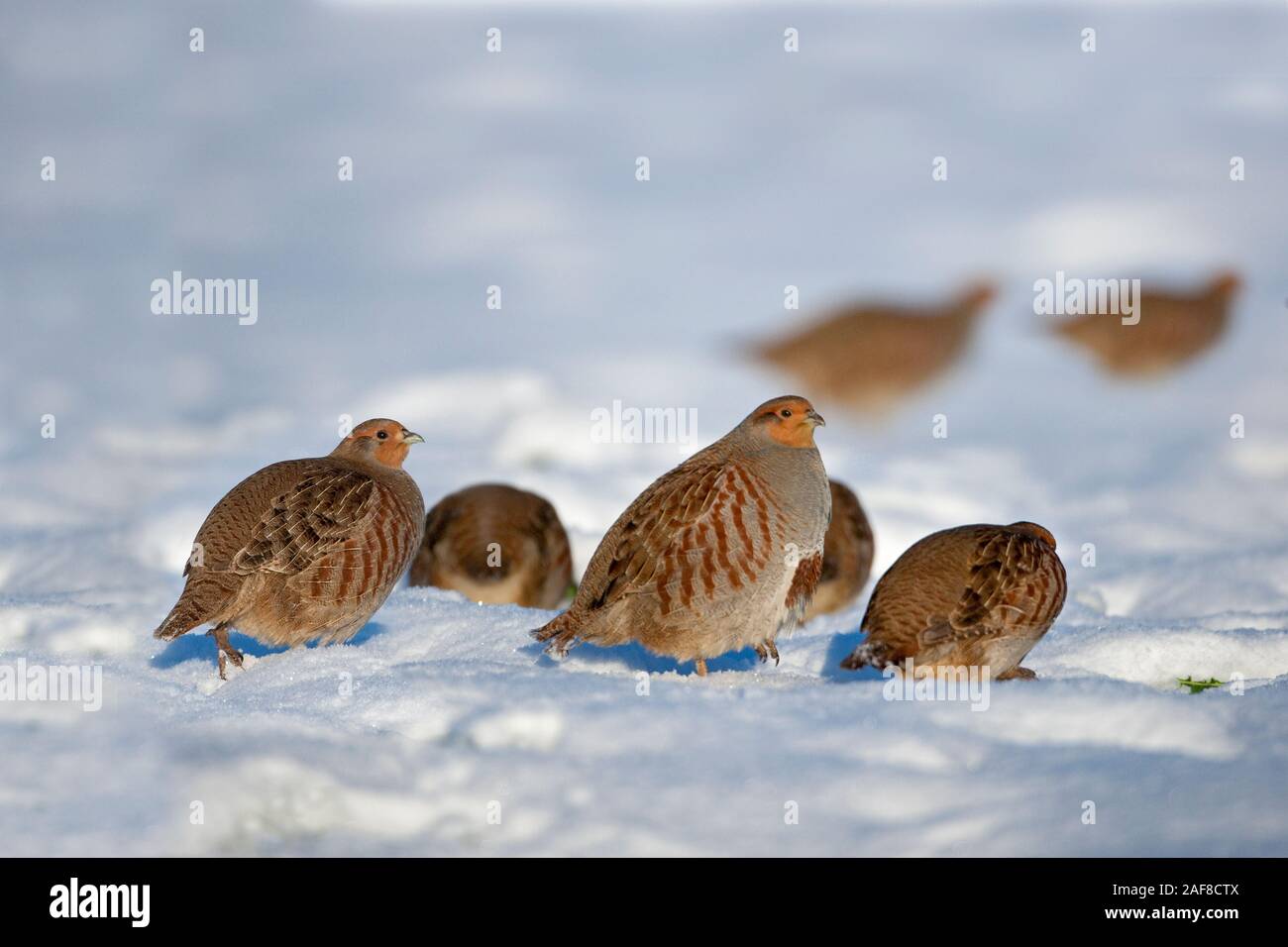 Grey Partridges Perdix perdix covey in snow Stock Photohttps://www.alamy.com/image-license-details/?v=1https://www.alamy.com/grey-partridges-perdix-perdix-covey-in-snow-image336402554.html
Grey Partridges Perdix perdix covey in snow Stock Photohttps://www.alamy.com/image-license-details/?v=1https://www.alamy.com/grey-partridges-perdix-perdix-covey-in-snow-image336402554.htmlRM2AF8CTX–Grey Partridges Perdix perdix covey in snow
 Spotted Flycatcher Muscicapa striata, a single juvenile bird pauses briefly while searching for insects from a small oak tree branch standing within a Stock Photohttps://www.alamy.com/image-license-details/?v=1https://www.alamy.com/spotted-flycatcher-muscicapa-striata-a-single-juvenile-bird-pauses-briefly-while-searching-for-insects-from-a-small-oak-tree-branch-standing-within-a-image485447101.html
Spotted Flycatcher Muscicapa striata, a single juvenile bird pauses briefly while searching for insects from a small oak tree branch standing within a Stock Photohttps://www.alamy.com/image-license-details/?v=1https://www.alamy.com/spotted-flycatcher-muscicapa-striata-a-single-juvenile-bird-pauses-briefly-while-searching-for-insects-from-a-small-oak-tree-branch-standing-within-a-image485447101.htmlRF2K5P0MD–Spotted Flycatcher Muscicapa striata, a single juvenile bird pauses briefly while searching for insects from a small oak tree branch standing within a
 Birds of a Feather actress Lesley Joseph joins a Skylarks and Scarecrows rally at Marble Arch in London, to highlight the massive decline of once common species such as the skylark and the yellowhammer. *Wildlife campaigners fear these birds may become a rare sight and sound for future generations. Other celebrities including actress Denise Van Outen, singer Jay Kay, comic Ali G, and many others have lent their support and their clothing to 20 bird-friendly scarecrows, which will be on public display at the Skylarks and Scarecrows Exhibition gallery at The Oxo Tower Wharf between March 10-19. Stock Photohttps://www.alamy.com/image-license-details/?v=1https://www.alamy.com/stock-photo-birds-of-a-feather-actress-lesley-joseph-joins-a-skylarks-and-scarecrows-106326214.html
Birds of a Feather actress Lesley Joseph joins a Skylarks and Scarecrows rally at Marble Arch in London, to highlight the massive decline of once common species such as the skylark and the yellowhammer. *Wildlife campaigners fear these birds may become a rare sight and sound for future generations. Other celebrities including actress Denise Van Outen, singer Jay Kay, comic Ali G, and many others have lent their support and their clothing to 20 bird-friendly scarecrows, which will be on public display at the Skylarks and Scarecrows Exhibition gallery at The Oxo Tower Wharf between March 10-19. Stock Photohttps://www.alamy.com/image-license-details/?v=1https://www.alamy.com/stock-photo-birds-of-a-feather-actress-lesley-joseph-joins-a-skylarks-and-scarecrows-106326214.htmlRMG4YG4P–Birds of a Feather actress Lesley Joseph joins a Skylarks and Scarecrows rally at Marble Arch in London, to highlight the massive decline of once common species such as the skylark and the yellowhammer. *Wildlife campaigners fear these birds may become a rare sight and sound for future generations. Other celebrities including actress Denise Van Outen, singer Jay Kay, comic Ali G, and many others have lent their support and their clothing to 20 bird-friendly scarecrows, which will be on public display at the Skylarks and Scarecrows Exhibition gallery at The Oxo Tower Wharf between March 10-19.
 House sparrow in a heating vent, declining in numbers in recent years and of concern to conservationists Stock Photohttps://www.alamy.com/image-license-details/?v=1https://www.alamy.com/stock-image-house-sparrow-in-a-heating-vent-declining-in-numbers-in-recent-years-165108673.html
House sparrow in a heating vent, declining in numbers in recent years and of concern to conservationists Stock Photohttps://www.alamy.com/image-license-details/?v=1https://www.alamy.com/stock-image-house-sparrow-in-a-heating-vent-declining-in-numbers-in-recent-years-165108673.htmlRMKGH9P9–House sparrow in a heating vent, declining in numbers in recent years and of concern to conservationists
 African penguins on the boulder in sunset light sky. African penguin ( Spheniscus demersus) also known as the jackass penguin and black-footed penguin Stock Photohttps://www.alamy.com/image-license-details/?v=1https://www.alamy.com/stock-image-african-penguins-on-the-boulder-in-sunset-light-sky-african-penguin-167580989.html
African penguins on the boulder in sunset light sky. African penguin ( Spheniscus demersus) also known as the jackass penguin and black-footed penguin Stock Photohttps://www.alamy.com/image-license-details/?v=1https://www.alamy.com/stock-image-african-penguins-on-the-boulder-in-sunset-light-sky-african-penguin-167580989.htmlRFKMHY79–African penguins on the boulder in sunset light sky. African penguin ( Spheniscus demersus) also known as the jackass penguin and black-footed penguin
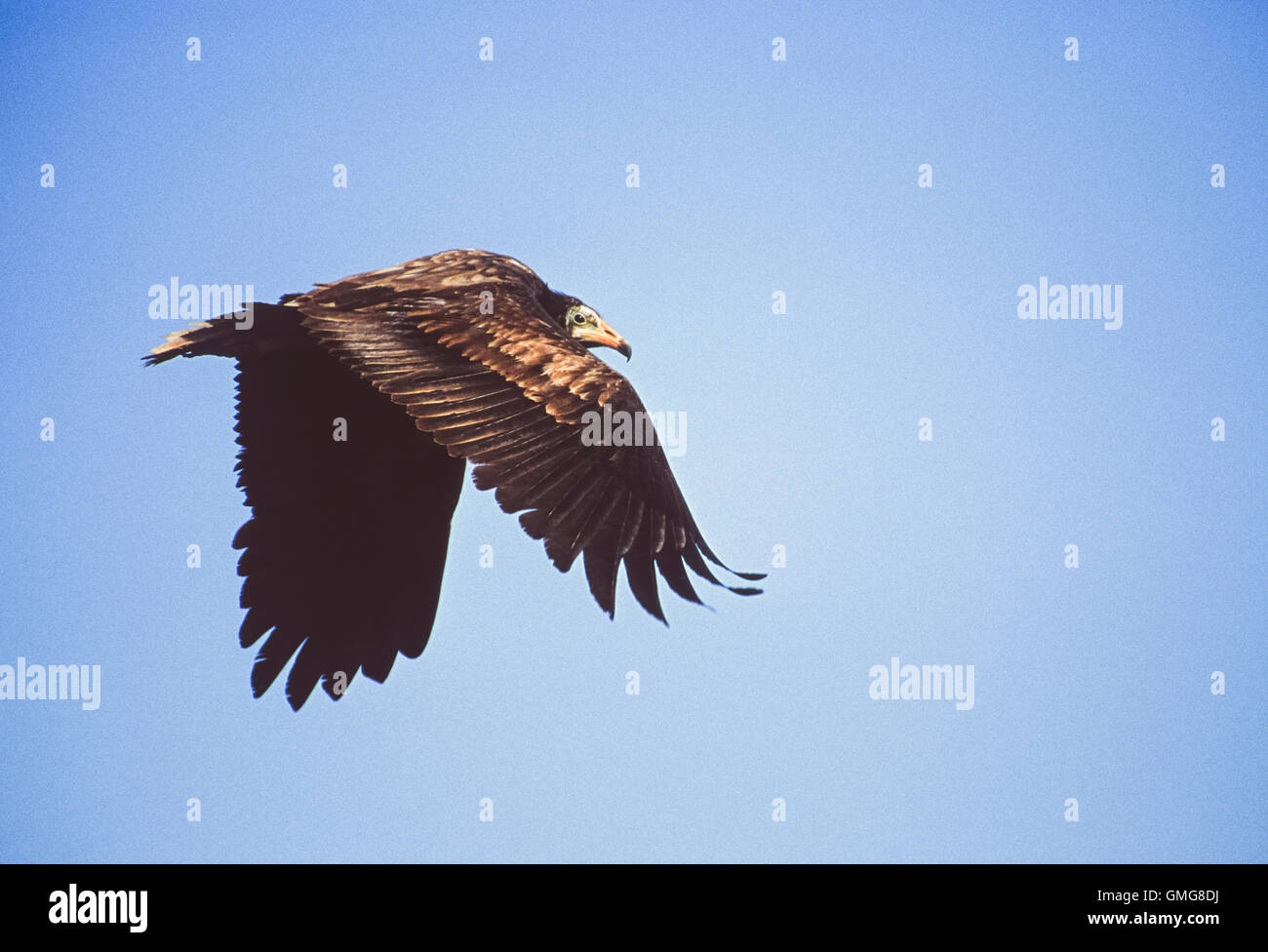 Egyptian Vulture, sometimes called Scavenger Vulture, Neophron percnopterus, juvenile in flight, Bharatpur, India Stock Photohttps://www.alamy.com/image-license-details/?v=1https://www.alamy.com/stock-photo-egyptian-vulture-sometimes-called-scavenger-vulture-neophron-percnopterus-115913214.html
Egyptian Vulture, sometimes called Scavenger Vulture, Neophron percnopterus, juvenile in flight, Bharatpur, India Stock Photohttps://www.alamy.com/image-license-details/?v=1https://www.alamy.com/stock-photo-egyptian-vulture-sometimes-called-scavenger-vulture-neophron-percnopterus-115913214.htmlRMGMG8DJ–Egyptian Vulture, sometimes called Scavenger Vulture, Neophron percnopterus, juvenile in flight, Bharatpur, India
 Kaka parrots (Nestor meridionalis) This parrot is native to the North Island of New Zealand and inhabits mid-altitude forests. It feeds on berries, seeds, flowers, nectar, buds, and invertebrates. This species is in decline due to the loss of natural forest habitat and introduced predators such as stoats. Photographed in the Pukaha Mount Bruce Wildlife Centre, North Island, New Zealand. from the The royal natural history edited by Richard Lydekker, Volume IV published in 1895 Stock Photohttps://www.alamy.com/image-license-details/?v=1https://www.alamy.com/kaka-parrots-nestor-meridionalis-this-parrot-is-native-to-the-north-island-of-new-zealand-and-inhabits-mid-altitude-forests-it-feeds-on-berries-seeds-flowers-nectar-buds-and-invertebrates-this-species-is-in-decline-due-to-the-loss-of-natural-forest-habitat-and-introduced-predators-such-as-stoats-photographed-in-the-pukaha-mount-bruce-wildlife-centre-north-island-new-zealand-from-the-the-royal-natural-history-edited-by-richard-lydekker-volume-iv-published-in-1895-image458783040.html
Kaka parrots (Nestor meridionalis) This parrot is native to the North Island of New Zealand and inhabits mid-altitude forests. It feeds on berries, seeds, flowers, nectar, buds, and invertebrates. This species is in decline due to the loss of natural forest habitat and introduced predators such as stoats. Photographed in the Pukaha Mount Bruce Wildlife Centre, North Island, New Zealand. from the The royal natural history edited by Richard Lydekker, Volume IV published in 1895 Stock Photohttps://www.alamy.com/image-license-details/?v=1https://www.alamy.com/kaka-parrots-nestor-meridionalis-this-parrot-is-native-to-the-north-island-of-new-zealand-and-inhabits-mid-altitude-forests-it-feeds-on-berries-seeds-flowers-nectar-buds-and-invertebrates-this-species-is-in-decline-due-to-the-loss-of-natural-forest-habitat-and-introduced-predators-such-as-stoats-photographed-in-the-pukaha-mount-bruce-wildlife-centre-north-island-new-zealand-from-the-the-royal-natural-history-edited-by-richard-lydekker-volume-iv-published-in-1895-image458783040.htmlRF2HJBACG–Kaka parrots (Nestor meridionalis) This parrot is native to the North Island of New Zealand and inhabits mid-altitude forests. It feeds on berries, seeds, flowers, nectar, buds, and invertebrates. This species is in decline due to the loss of natural forest habitat and introduced predators such as stoats. Photographed in the Pukaha Mount Bruce Wildlife Centre, North Island, New Zealand. from the The royal natural history edited by Richard Lydekker, Volume IV published in 1895
 Querula purpurata, Print, The purple-throated fruitcrow (Querula purpurata) is a species of bird in the family Cotingidae, the cotingas. It is the only species of the genus Querula. It is native to Nicaragua, Costa Rica and Panama and most of the northern half of South America, its habitat being humid lowland forest where it feeds mainly on insects and fruit. It is a glossy black, medium-sized bird and the male has a purple-red throat patch. It nests in close vicinity with other birds of its species. Its population is in decline, but it is a common species with a very wide range, and the Stock Photohttps://www.alamy.com/image-license-details/?v=1https://www.alamy.com/querula-purpurata-print-the-purple-throated-fruitcrow-querula-purpurata-is-a-species-of-bird-in-the-family-cotingidae-the-cotingas-it-is-the-only-species-of-the-genus-querula-it-is-native-to-nicaragua-costa-rica-and-panama-and-most-of-the-northern-half-of-south-america-its-habitat-being-humid-lowland-forest-where-it-feeds-mainly-on-insects-and-fruit-it-is-a-glossy-black-medium-sized-bird-and-the-male-has-a-purple-red-throat-patch-it-nests-in-close-vicinity-with-other-birds-of-its-species-its-population-is-in-decline-but-it-is-a-common-species-with-a-very-wide-range-and-the-image328698924.html
Querula purpurata, Print, The purple-throated fruitcrow (Querula purpurata) is a species of bird in the family Cotingidae, the cotingas. It is the only species of the genus Querula. It is native to Nicaragua, Costa Rica and Panama and most of the northern half of South America, its habitat being humid lowland forest where it feeds mainly on insects and fruit. It is a glossy black, medium-sized bird and the male has a purple-red throat patch. It nests in close vicinity with other birds of its species. Its population is in decline, but it is a common species with a very wide range, and the Stock Photohttps://www.alamy.com/image-license-details/?v=1https://www.alamy.com/querula-purpurata-print-the-purple-throated-fruitcrow-querula-purpurata-is-a-species-of-bird-in-the-family-cotingidae-the-cotingas-it-is-the-only-species-of-the-genus-querula-it-is-native-to-nicaragua-costa-rica-and-panama-and-most-of-the-northern-half-of-south-america-its-habitat-being-humid-lowland-forest-where-it-feeds-mainly-on-insects-and-fruit-it-is-a-glossy-black-medium-sized-bird-and-the-male-has-a-purple-red-throat-patch-it-nests-in-close-vicinity-with-other-birds-of-its-species-its-population-is-in-decline-but-it-is-a-common-species-with-a-very-wide-range-and-the-image328698924.htmlRM2A2NER8–Querula purpurata, Print, The purple-throated fruitcrow (Querula purpurata) is a species of bird in the family Cotingidae, the cotingas. It is the only species of the genus Querula. It is native to Nicaragua, Costa Rica and Panama and most of the northern half of South America, its habitat being humid lowland forest where it feeds mainly on insects and fruit. It is a glossy black, medium-sized bird and the male has a purple-red throat patch. It nests in close vicinity with other birds of its species. Its population is in decline, but it is a common species with a very wide range, and the
 A BRITISH DOMESTIC GINGER CAT SITTING IN A GARDEN BIRD TABLE.UK Stock Photohttps://www.alamy.com/image-license-details/?v=1https://www.alamy.com/stock-photo-a-british-domestic-ginger-cat-sitting-in-a-garden-bird-tableuk-12070174.html
A BRITISH DOMESTIC GINGER CAT SITTING IN A GARDEN BIRD TABLE.UK Stock Photohttps://www.alamy.com/image-license-details/?v=1https://www.alamy.com/stock-photo-a-british-domestic-ginger-cat-sitting-in-a-garden-bird-tableuk-12070174.htmlRMA8DHPR–A BRITISH DOMESTIC GINGER CAT SITTING IN A GARDEN BIRD TABLE.UK
 Bearded Vulture (Gypaetus barbatus) adult flying, Bulgan, Mongolia Stock Photohttps://www.alamy.com/image-license-details/?v=1https://www.alamy.com/bearded-vulture-gypaetus-barbatus-adult-flying-bulgan-mongolia-image389924108.html
Bearded Vulture (Gypaetus barbatus) adult flying, Bulgan, Mongolia Stock Photohttps://www.alamy.com/image-license-details/?v=1https://www.alamy.com/bearded-vulture-gypaetus-barbatus-adult-flying-bulgan-mongolia-image389924108.htmlRM2DJAG50–Bearded Vulture (Gypaetus barbatus) adult flying, Bulgan, Mongolia
 Aerial view of a conifer forest, forest decline, southern Black Forest, Baden-Wuerttemberg, Germany, Europe Stock Photohttps://www.alamy.com/image-license-details/?v=1https://www.alamy.com/stock-photo-aerial-view-of-a-conifer-forest-forest-decline-southern-black-forest-34634976.html
Aerial view of a conifer forest, forest decline, southern Black Forest, Baden-Wuerttemberg, Germany, Europe Stock Photohttps://www.alamy.com/image-license-details/?v=1https://www.alamy.com/stock-photo-aerial-view-of-a-conifer-forest-forest-decline-southern-black-forest-34634976.htmlRMC09N7C–Aerial view of a conifer forest, forest decline, southern Black Forest, Baden-Wuerttemberg, Germany, Europe
 Kaka parrots (Nestor meridionalis) This parrot is native to the North Island of New Zealand and inhabits mid-altitude forests. It feeds on berries, seeds, flowers, nectar, buds, and invertebrates. This species is in decline due to the loss of natural forest habitat and introduced predators such as stoats. Photographed in the Pukaha Mount Bruce Wildlife Centre, North Island, New Zealand. from the The royal natural history edited by Richard Lydekker, Volume IV published in 1895 Stock Photohttps://www.alamy.com/image-license-details/?v=1https://www.alamy.com/kaka-parrots-nestor-meridionalis-this-parrot-is-native-to-the-north-island-of-new-zealand-and-inhabits-mid-altitude-forests-it-feeds-on-berries-seeds-flowers-nectar-buds-and-invertebrates-this-species-is-in-decline-due-to-the-loss-of-natural-forest-habitat-and-introduced-predators-such-as-stoats-photographed-in-the-pukaha-mount-bruce-wildlife-centre-north-island-new-zealand-from-the-the-royal-natural-history-edited-by-richard-lydekker-volume-iv-published-in-1895-image458789687.html
Kaka parrots (Nestor meridionalis) This parrot is native to the North Island of New Zealand and inhabits mid-altitude forests. It feeds on berries, seeds, flowers, nectar, buds, and invertebrates. This species is in decline due to the loss of natural forest habitat and introduced predators such as stoats. Photographed in the Pukaha Mount Bruce Wildlife Centre, North Island, New Zealand. from the The royal natural history edited by Richard Lydekker, Volume IV published in 1895 Stock Photohttps://www.alamy.com/image-license-details/?v=1https://www.alamy.com/kaka-parrots-nestor-meridionalis-this-parrot-is-native-to-the-north-island-of-new-zealand-and-inhabits-mid-altitude-forests-it-feeds-on-berries-seeds-flowers-nectar-buds-and-invertebrates-this-species-is-in-decline-due-to-the-loss-of-natural-forest-habitat-and-introduced-predators-such-as-stoats-photographed-in-the-pukaha-mount-bruce-wildlife-centre-north-island-new-zealand-from-the-the-royal-natural-history-edited-by-richard-lydekker-volume-iv-published-in-1895-image458789687.htmlRF2HJBJWY–Kaka parrots (Nestor meridionalis) This parrot is native to the North Island of New Zealand and inhabits mid-altitude forests. It feeds on berries, seeds, flowers, nectar, buds, and invertebrates. This species is in decline due to the loss of natural forest habitat and introduced predators such as stoats. Photographed in the Pukaha Mount Bruce Wildlife Centre, North Island, New Zealand. from the The royal natural history edited by Richard Lydekker, Volume IV published in 1895
 Emsworthy Mire, Dartmoor, Devon, UK. 24th May, 2024. UK Weather: sighting of rare cuckoo at Emsworthy Mire, Dartmoor, Devon. The recent population decline of cuckoo makes this a Red List species in uk. Credit: nidpor/Alamy Live News Stock Photohttps://www.alamy.com/image-license-details/?v=1https://www.alamy.com/emsworthy-mire-dartmoor-devon-uk-24th-may-2024-uk-weather-sighting-of-rare-cuckoo-at-emsworthy-mire-dartmoor-devon-the-recent-population-decline-of-cuckoo-makes-this-a-red-list-species-in-uk-credit-nidporalamy-live-news-image607533259.html
Emsworthy Mire, Dartmoor, Devon, UK. 24th May, 2024. UK Weather: sighting of rare cuckoo at Emsworthy Mire, Dartmoor, Devon. The recent population decline of cuckoo makes this a Red List species in uk. Credit: nidpor/Alamy Live News Stock Photohttps://www.alamy.com/image-license-details/?v=1https://www.alamy.com/emsworthy-mire-dartmoor-devon-uk-24th-may-2024-uk-weather-sighting-of-rare-cuckoo-at-emsworthy-mire-dartmoor-devon-the-recent-population-decline-of-cuckoo-makes-this-a-red-list-species-in-uk-credit-nidporalamy-live-news-image607533259.htmlRM2X8BETB–Emsworthy Mire, Dartmoor, Devon, UK. 24th May, 2024. UK Weather: sighting of rare cuckoo at Emsworthy Mire, Dartmoor, Devon. The recent population decline of cuckoo makes this a Red List species in uk. Credit: nidpor/Alamy Live News
 pair of seagulls on roof of house as their natural habitat is now much in decline Stock Photohttps://www.alamy.com/image-license-details/?v=1https://www.alamy.com/pair-of-seagulls-on-roof-of-house-as-their-natural-habitat-is-now-image4930179.html
pair of seagulls on roof of house as their natural habitat is now much in decline Stock Photohttps://www.alamy.com/image-license-details/?v=1https://www.alamy.com/pair-of-seagulls-on-roof-of-house-as-their-natural-habitat-is-now-image4930179.htmlRMAKYP84–pair of seagulls on roof of house as their natural habitat is now much in decline
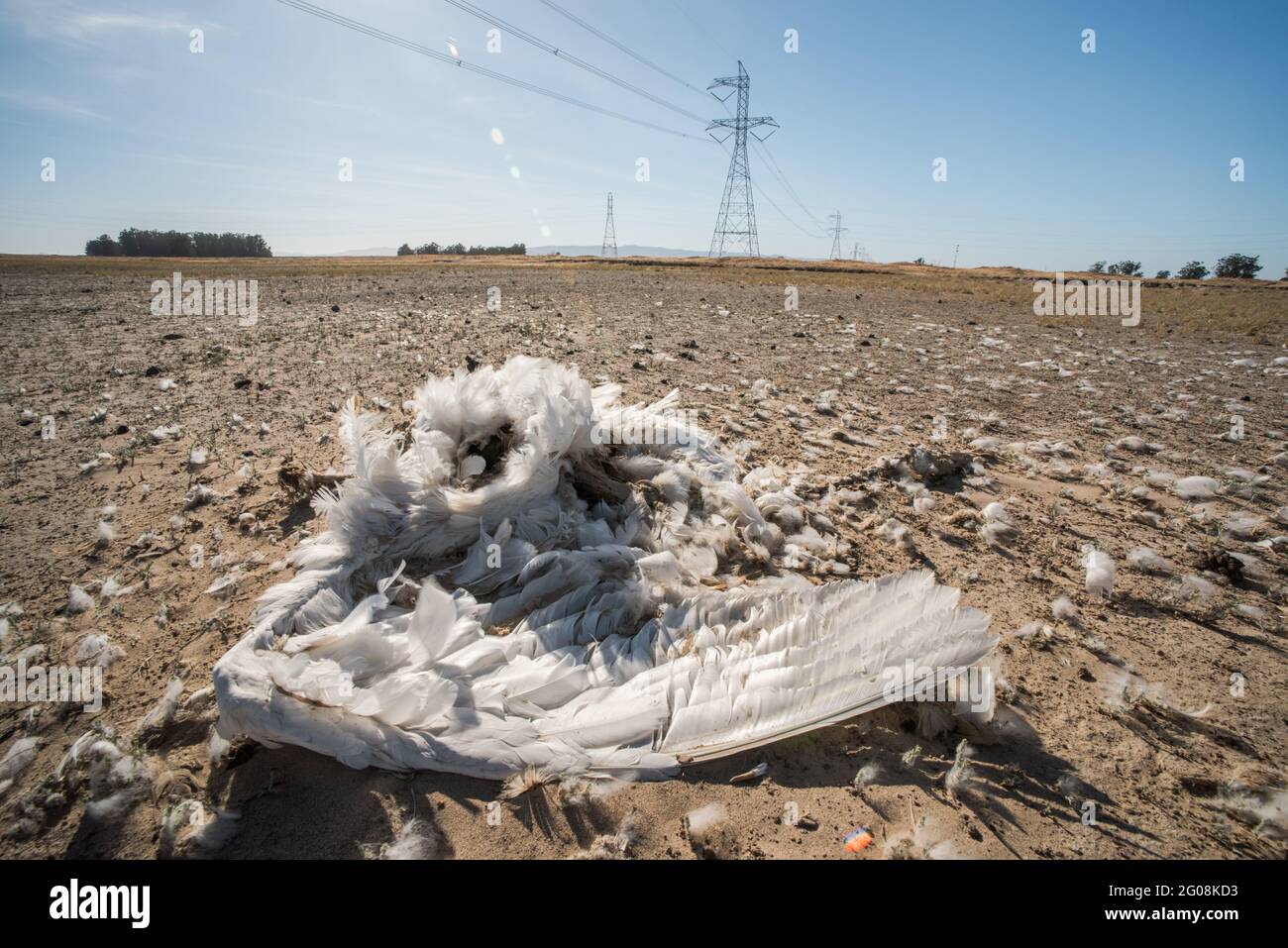 A dead tundra swan (Cygnus columbianus) in California, one of millions of birds killed as a result of a collision with power lines. Stock Photohttps://www.alamy.com/image-license-details/?v=1https://www.alamy.com/a-dead-tundra-swan-cygnus-columbianus-in-california-one-of-millions-of-birds-killed-as-a-result-of-a-collision-with-power-lines-image430450079.html
A dead tundra swan (Cygnus columbianus) in California, one of millions of birds killed as a result of a collision with power lines. Stock Photohttps://www.alamy.com/image-license-details/?v=1https://www.alamy.com/a-dead-tundra-swan-cygnus-columbianus-in-california-one-of-millions-of-birds-killed-as-a-result-of-a-collision-with-power-lines-image430450079.htmlRM2G08KD3–A dead tundra swan (Cygnus columbianus) in California, one of millions of birds killed as a result of a collision with power lines.
 Brighton, UK. 12th June, 2017. An adult House Sparrow feeds its young on a garden fence in Brighton today during bright and breezy weather. House Sparrows have been in steady decline throughout the UK over recent years for many reasons one being the increase in predation by domestic cats Credit: Simon Dack/Alamy Live News Stock Photohttps://www.alamy.com/image-license-details/?v=1https://www.alamy.com/stock-photo-brighton-uk-12th-june-2017-an-adult-house-sparrow-feeds-its-young-144963882.html
Brighton, UK. 12th June, 2017. An adult House Sparrow feeds its young on a garden fence in Brighton today during bright and breezy weather. House Sparrows have been in steady decline throughout the UK over recent years for many reasons one being the increase in predation by domestic cats Credit: Simon Dack/Alamy Live News Stock Photohttps://www.alamy.com/image-license-details/?v=1https://www.alamy.com/stock-photo-brighton-uk-12th-june-2017-an-adult-house-sparrow-feeds-its-young-144963882.htmlRMJBRJWE–Brighton, UK. 12th June, 2017. An adult House Sparrow feeds its young on a garden fence in Brighton today during bright and breezy weather. House Sparrows have been in steady decline throughout the UK over recent years for many reasons one being the increase in predation by domestic cats Credit: Simon Dack/Alamy Live News
 Thousands of starlings flock together at dusk to roost on Brighton's derelict West Pier in East Sussex Stock Photohttps://www.alamy.com/image-license-details/?v=1https://www.alamy.com/thousands-of-starlings-flock-together-at-dusk-to-roost-on-brightons-image9306297.html
Thousands of starlings flock together at dusk to roost on Brighton's derelict West Pier in East Sussex Stock Photohttps://www.alamy.com/image-license-details/?v=1https://www.alamy.com/thousands-of-starlings-flock-together-at-dusk-to-roost-on-brightons-image9306297.htmlRMATDMYA–Thousands of starlings flock together at dusk to roost on Brighton's derelict West Pier in East Sussex
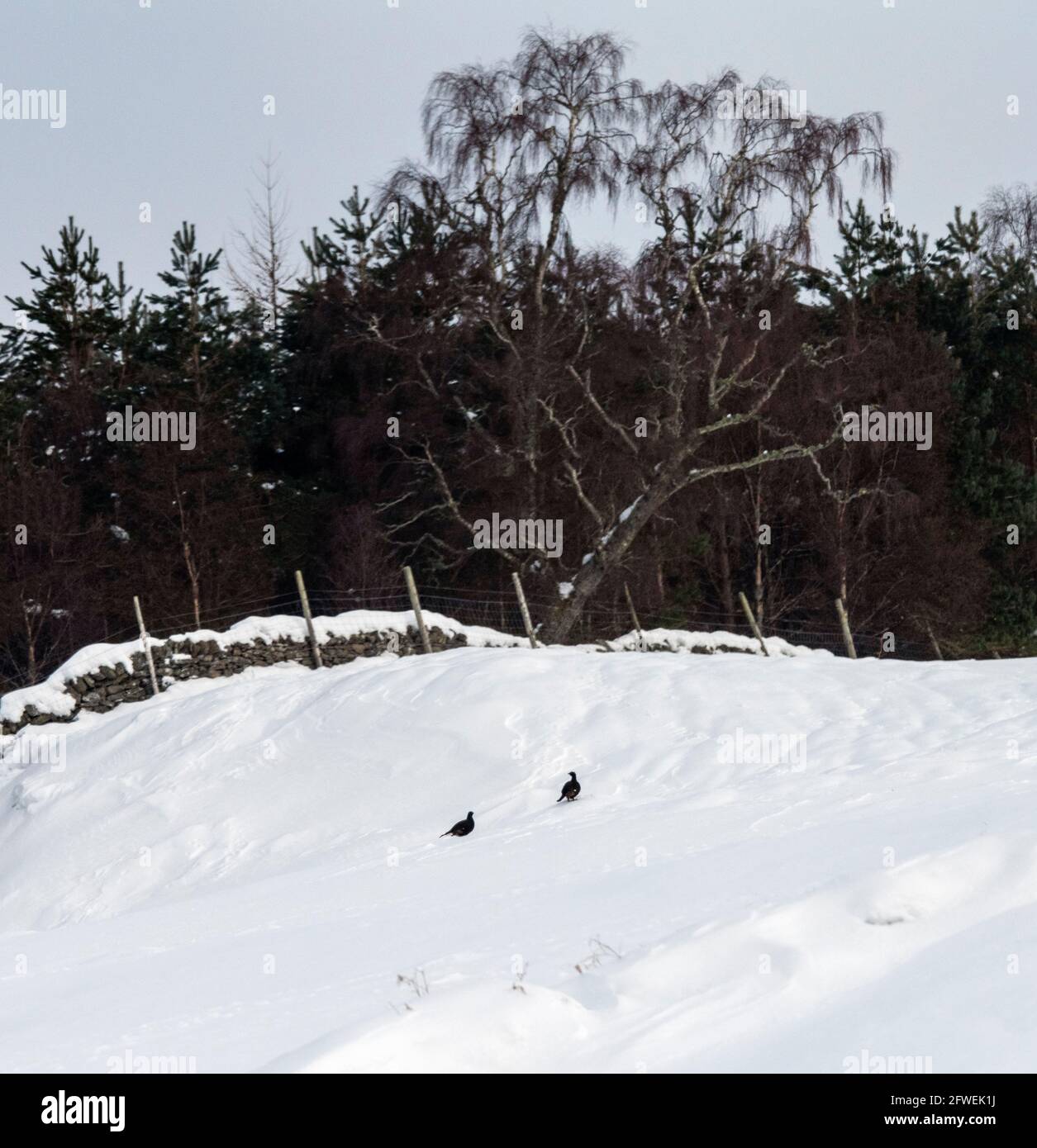 Black Grouse in Winter, Scotland, UK Stock Photohttps://www.alamy.com/image-license-details/?v=1https://www.alamy.com/black-grouse-in-winter-scotland-uk-image428737502.html
Black Grouse in Winter, Scotland, UK Stock Photohttps://www.alamy.com/image-license-details/?v=1https://www.alamy.com/black-grouse-in-winter-scotland-uk-image428737502.htmlRM2FWEK1J–Black Grouse in Winter, Scotland, UK
 Decline in clouds Stock Photohttps://www.alamy.com/image-license-details/?v=1https://www.alamy.com/stock-photo-decline-in-clouds-36925594.html
Decline in clouds Stock Photohttps://www.alamy.com/image-license-details/?v=1https://www.alamy.com/stock-photo-decline-in-clouds-36925594.htmlRFC422Y6–Decline in clouds
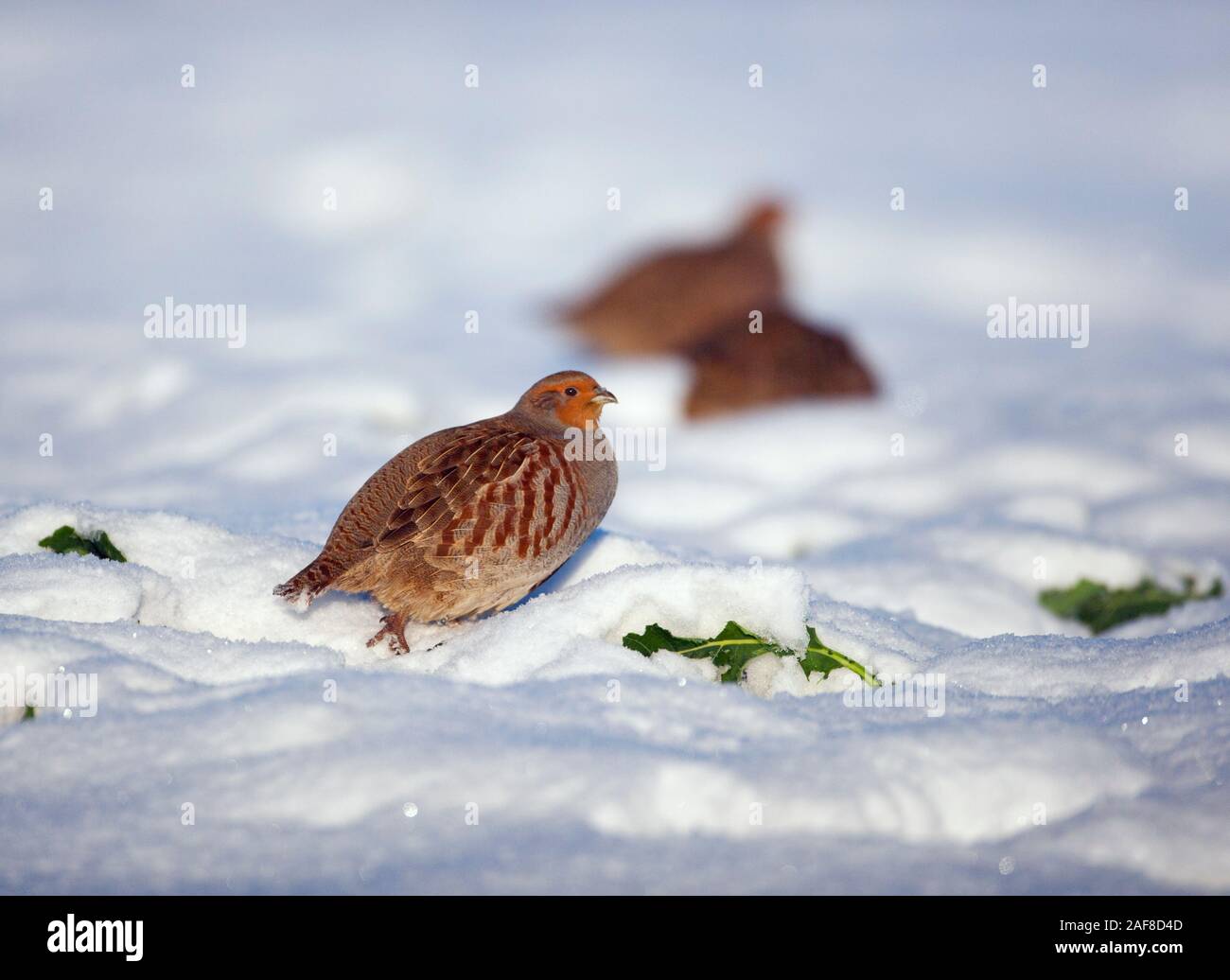 Grey Partridges Perdix perdix covey in snow Stock Photohttps://www.alamy.com/image-license-details/?v=1https://www.alamy.com/grey-partridges-perdix-perdix-covey-in-snow-image336402765.html
Grey Partridges Perdix perdix covey in snow Stock Photohttps://www.alamy.com/image-license-details/?v=1https://www.alamy.com/grey-partridges-perdix-perdix-covey-in-snow-image336402765.htmlRM2AF8D4D–Grey Partridges Perdix perdix covey in snow
 Spotted Flycatcher Muscicapa striata, a single juvenile bird pauses briefly while searching for insects from a small oak tree branch standing within a Stock Photohttps://www.alamy.com/image-license-details/?v=1https://www.alamy.com/spotted-flycatcher-muscicapa-striata-a-single-juvenile-bird-pauses-briefly-while-searching-for-insects-from-a-small-oak-tree-branch-standing-within-a-image485447056.html
Spotted Flycatcher Muscicapa striata, a single juvenile bird pauses briefly while searching for insects from a small oak tree branch standing within a Stock Photohttps://www.alamy.com/image-license-details/?v=1https://www.alamy.com/spotted-flycatcher-muscicapa-striata-a-single-juvenile-bird-pauses-briefly-while-searching-for-insects-from-a-small-oak-tree-branch-standing-within-a-image485447056.htmlRF2K5P0JT–Spotted Flycatcher Muscicapa striata, a single juvenile bird pauses briefly while searching for insects from a small oak tree branch standing within a
 Game Keepers Craig Jones, 31, (left) and Phillip Savage, 20, who are taking part in an ongoing long-term study of wildlife in a remote part of Northumberland conducted by the Game Conservancy Trust, *...which has claimed moorland birds living in areas looked after by gamekeepers thrive better than those left to Mother Nature. According to the Trust, which is carrying out the eight-year study, human intervention can be good for ground-nesting birds such as the lapwing, curlew or golden plover which have been in decline. Stock Photohttps://www.alamy.com/image-license-details/?v=1https://www.alamy.com/stock-photo-game-keepers-craig-jones-31-left-and-phillip-savage-20-who-are-taking-106985262.html
Game Keepers Craig Jones, 31, (left) and Phillip Savage, 20, who are taking part in an ongoing long-term study of wildlife in a remote part of Northumberland conducted by the Game Conservancy Trust, *...which has claimed moorland birds living in areas looked after by gamekeepers thrive better than those left to Mother Nature. According to the Trust, which is carrying out the eight-year study, human intervention can be good for ground-nesting birds such as the lapwing, curlew or golden plover which have been in decline. Stock Photohttps://www.alamy.com/image-license-details/?v=1https://www.alamy.com/stock-photo-game-keepers-craig-jones-31-left-and-phillip-savage-20-who-are-taking-106985262.htmlRMG61GP6–Game Keepers Craig Jones, 31, (left) and Phillip Savage, 20, who are taking part in an ongoing long-term study of wildlife in a remote part of Northumberland conducted by the Game Conservancy Trust, *...which has claimed moorland birds living in areas looked after by gamekeepers thrive better than those left to Mother Nature. According to the Trust, which is carrying out the eight-year study, human intervention can be good for ground-nesting birds such as the lapwing, curlew or golden plover which have been in decline.
 Sea decline landscape in japan sea russia Stock Photohttps://www.alamy.com/image-license-details/?v=1https://www.alamy.com/stock-photo-sea-decline-landscape-in-japan-sea-russia-35352975.html
Sea decline landscape in japan sea russia Stock Photohttps://www.alamy.com/image-license-details/?v=1https://www.alamy.com/stock-photo-sea-decline-landscape-in-japan-sea-russia-35352975.htmlRFC1ED27–Sea decline landscape in japan sea russia
 Flamingo on a decline. A portrait of group of pink flamingos against a dark background in decline beams. Stock Photohttps://www.alamy.com/image-license-details/?v=1https://www.alamy.com/stock-photo-flamingo-on-a-decline-a-portrait-of-group-of-pink-flamingos-against-34215074.html
Flamingo on a decline. A portrait of group of pink flamingos against a dark background in decline beams. Stock Photohttps://www.alamy.com/image-license-details/?v=1https://www.alamy.com/stock-photo-flamingo-on-a-decline-a-portrait-of-group-of-pink-flamingos-against-34215074.htmlRFBYJHJX–Flamingo on a decline. A portrait of group of pink flamingos against a dark background in decline beams.
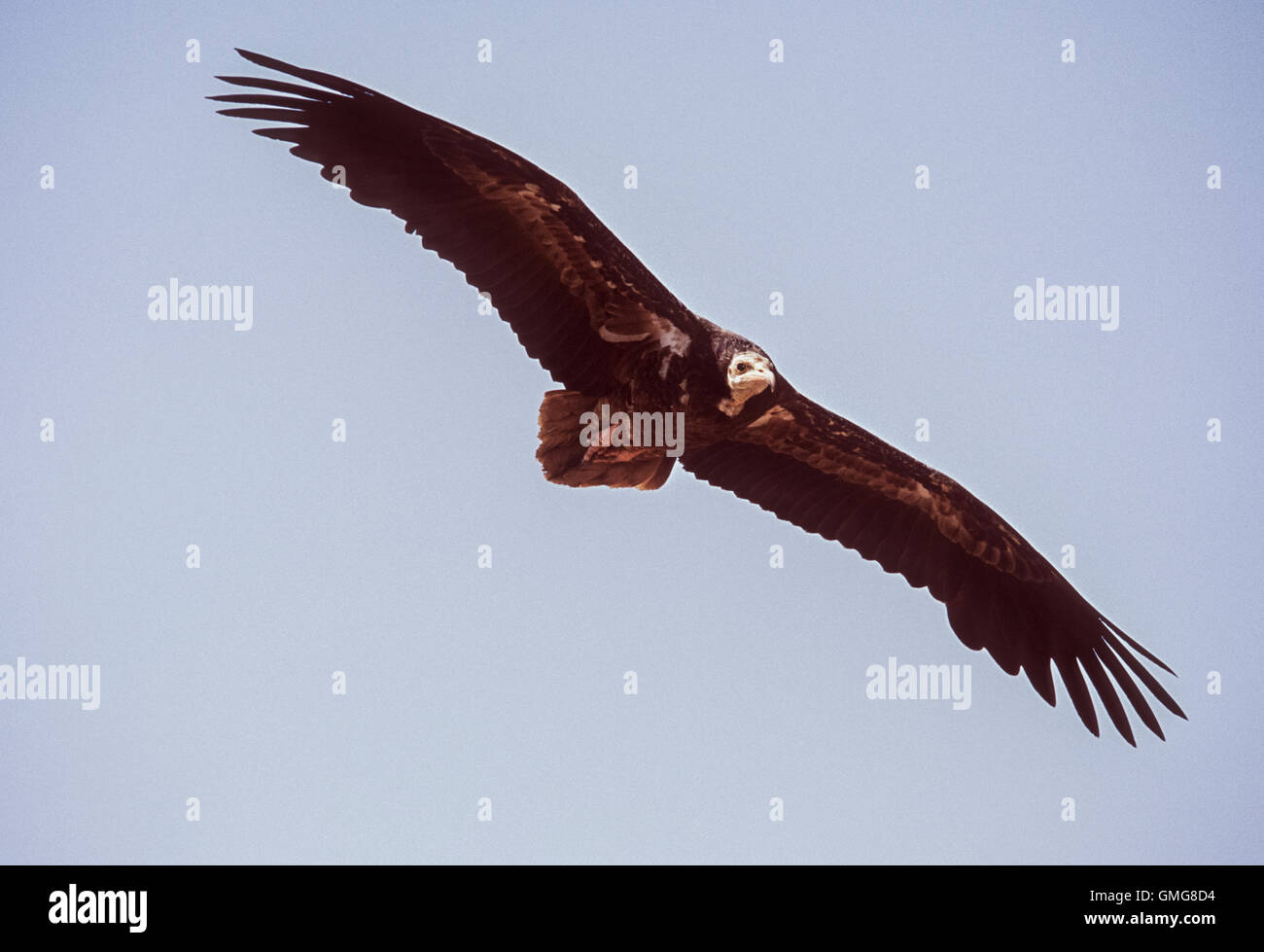 Egyptian Vulture, sometimes called Scavenger Vulture, Neophron percnopterus, juvenile in flight, Bharatpur, India Stock Photohttps://www.alamy.com/image-license-details/?v=1https://www.alamy.com/stock-photo-egyptian-vulture-sometimes-called-scavenger-vulture-neophron-percnopterus-115913200.html
Egyptian Vulture, sometimes called Scavenger Vulture, Neophron percnopterus, juvenile in flight, Bharatpur, India Stock Photohttps://www.alamy.com/image-license-details/?v=1https://www.alamy.com/stock-photo-egyptian-vulture-sometimes-called-scavenger-vulture-neophron-percnopterus-115913200.htmlRMGMG8D4–Egyptian Vulture, sometimes called Scavenger Vulture, Neophron percnopterus, juvenile in flight, Bharatpur, India
 With wings outspread and beak wide open, a Kittiwake announces it's return to the nest, built onto the pilings of the Mumbles Pier. Stock Photohttps://www.alamy.com/image-license-details/?v=1https://www.alamy.com/with-wings-outspread-and-beak-wide-open-a-kittiwake-announces-its-return-to-the-nest-built-onto-the-pilings-of-the-mumbles-pier-image368425591.html
With wings outspread and beak wide open, a Kittiwake announces it's return to the nest, built onto the pilings of the Mumbles Pier. Stock Photohttps://www.alamy.com/image-license-details/?v=1https://www.alamy.com/with-wings-outspread-and-beak-wide-open-a-kittiwake-announces-its-return-to-the-nest-built-onto-the-pilings-of-the-mumbles-pier-image368425591.htmlRM2CBB6GR–With wings outspread and beak wide open, a Kittiwake announces it's return to the nest, built onto the pilings of the Mumbles Pier.
 Querula purpurata, Print, The purple-throated fruitcrow (Querula purpurata) is a species of bird in the family Cotingidae, the cotingas. It is the only species of the genus Querula. It is native to Nicaragua, Costa Rica and Panama and most of the northern half of South America, its habitat being humid lowland forest where it feeds mainly on insects and fruit. It is a glossy black, medium-sized bird and the male has a purple-red throat patch. It nests in close vicinity with other birds of its species. Its population is in decline, but it is a common species with a very wide range, and the Stock Photohttps://www.alamy.com/image-license-details/?v=1https://www.alamy.com/querula-purpurata-print-the-purple-throated-fruitcrow-querula-purpurata-is-a-species-of-bird-in-the-family-cotingidae-the-cotingas-it-is-the-only-species-of-the-genus-querula-it-is-native-to-nicaragua-costa-rica-and-panama-and-most-of-the-northern-half-of-south-america-its-habitat-being-humid-lowland-forest-where-it-feeds-mainly-on-insects-and-fruit-it-is-a-glossy-black-medium-sized-bird-and-the-male-has-a-purple-red-throat-patch-it-nests-in-close-vicinity-with-other-birds-of-its-species-its-population-is-in-decline-but-it-is-a-common-species-with-a-very-wide-range-and-the-image328698922.html
Querula purpurata, Print, The purple-throated fruitcrow (Querula purpurata) is a species of bird in the family Cotingidae, the cotingas. It is the only species of the genus Querula. It is native to Nicaragua, Costa Rica and Panama and most of the northern half of South America, its habitat being humid lowland forest where it feeds mainly on insects and fruit. It is a glossy black, medium-sized bird and the male has a purple-red throat patch. It nests in close vicinity with other birds of its species. Its population is in decline, but it is a common species with a very wide range, and the Stock Photohttps://www.alamy.com/image-license-details/?v=1https://www.alamy.com/querula-purpurata-print-the-purple-throated-fruitcrow-querula-purpurata-is-a-species-of-bird-in-the-family-cotingidae-the-cotingas-it-is-the-only-species-of-the-genus-querula-it-is-native-to-nicaragua-costa-rica-and-panama-and-most-of-the-northern-half-of-south-america-its-habitat-being-humid-lowland-forest-where-it-feeds-mainly-on-insects-and-fruit-it-is-a-glossy-black-medium-sized-bird-and-the-male-has-a-purple-red-throat-patch-it-nests-in-close-vicinity-with-other-birds-of-its-species-its-population-is-in-decline-but-it-is-a-common-species-with-a-very-wide-range-and-the-image328698922.htmlRM2A2NER6–Querula purpurata, Print, The purple-throated fruitcrow (Querula purpurata) is a species of bird in the family Cotingidae, the cotingas. It is the only species of the genus Querula. It is native to Nicaragua, Costa Rica and Panama and most of the northern half of South America, its habitat being humid lowland forest where it feeds mainly on insects and fruit. It is a glossy black, medium-sized bird and the male has a purple-red throat patch. It nests in close vicinity with other birds of its species. Its population is in decline, but it is a common species with a very wide range, and the
 De Korte County Park Meadowlands New Jersey USA Stock Photohttps://www.alamy.com/image-license-details/?v=1https://www.alamy.com/de-korte-county-park-meadowlands-new-jersey-usa-image551763286.html
De Korte County Park Meadowlands New Jersey USA Stock Photohttps://www.alamy.com/image-license-details/?v=1https://www.alamy.com/de-korte-county-park-meadowlands-new-jersey-usa-image551763286.htmlRF2R1JYKJ–De Korte County Park Meadowlands New Jersey USA
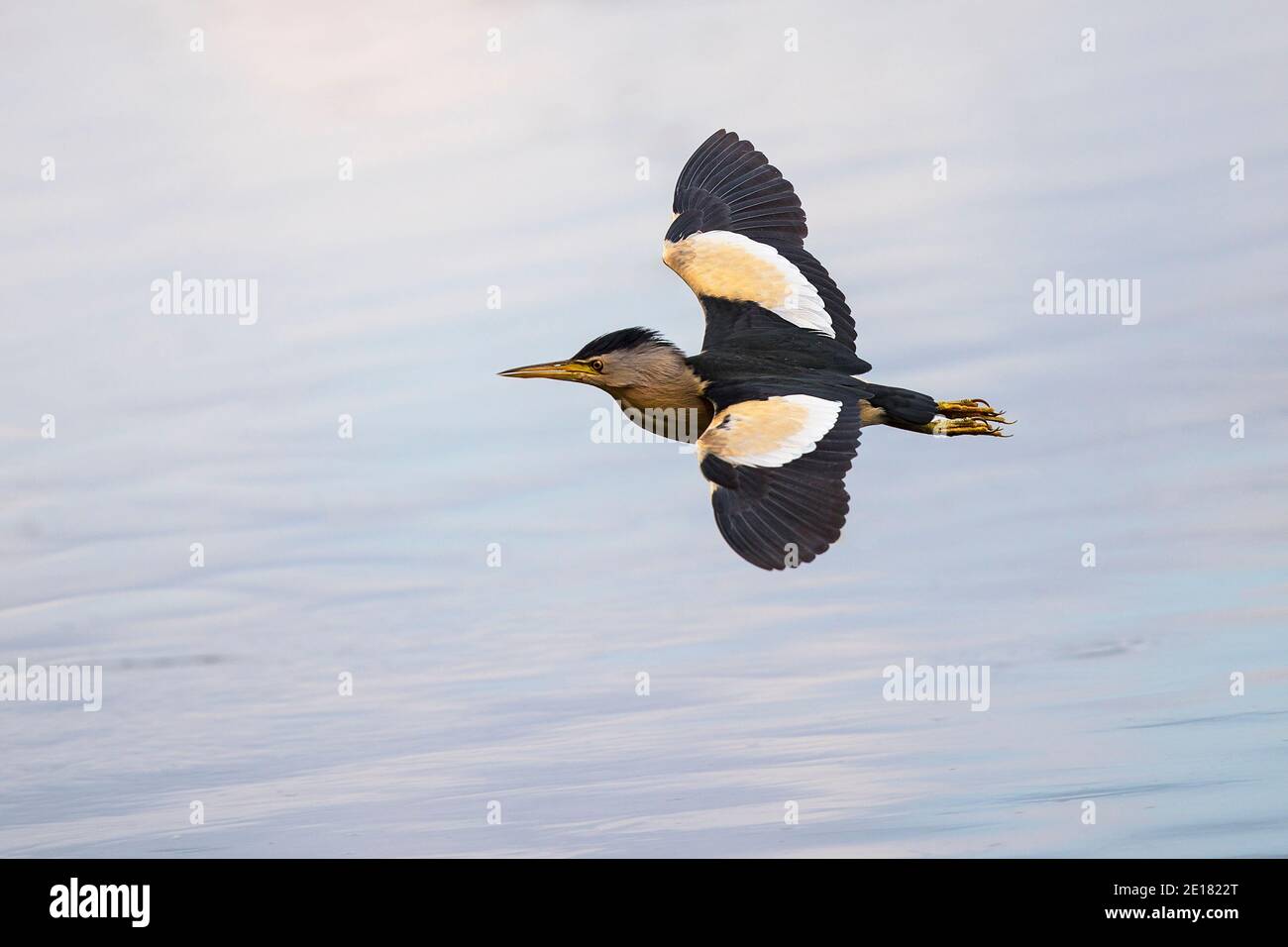 Little Bittern (Ixobrychus minutus) male flying, Baden-Wuerttemberg, Germany Stock Photohttps://www.alamy.com/image-license-details/?v=1https://www.alamy.com/little-bittern-ixobrychus-minutus-male-flying-baden-wuerttemberg-germany-image396630384.html
Little Bittern (Ixobrychus minutus) male flying, Baden-Wuerttemberg, Germany Stock Photohttps://www.alamy.com/image-license-details/?v=1https://www.alamy.com/little-bittern-ixobrychus-minutus-male-flying-baden-wuerttemberg-germany-image396630384.htmlRM2E1822T–Little Bittern (Ixobrychus minutus) male flying, Baden-Wuerttemberg, Germany
 Aberystwyth, Wales, UK. 8th Nov, 2014. Weather: Tens of thousands of starlings flying overhead the neon lights as the ‘murmuration’ of birds comes in the settle on the cast iron legs of Aberystwyth's Royal Pier. From October to March the birds produce a spectacular display in the sky over the town. Starling numbers are in decline accross the UK, and the birds are on the endangered 'red list' photo Credit: Keith Morris / Alamy Live News Stock Photohttps://www.alamy.com/image-license-details/?v=1https://www.alamy.com/stock-photo-aberystwyth-wales-uk-8th-nov-2014-weather-tens-of-thousands-of-starlings-75163197.html
Aberystwyth, Wales, UK. 8th Nov, 2014. Weather: Tens of thousands of starlings flying overhead the neon lights as the ‘murmuration’ of birds comes in the settle on the cast iron legs of Aberystwyth's Royal Pier. From October to March the birds produce a spectacular display in the sky over the town. Starling numbers are in decline accross the UK, and the birds are on the endangered 'red list' photo Credit: Keith Morris / Alamy Live News Stock Photohttps://www.alamy.com/image-license-details/?v=1https://www.alamy.com/stock-photo-aberystwyth-wales-uk-8th-nov-2014-weather-tens-of-thousands-of-starlings-75163197.htmlRMEA7YBW–Aberystwyth, Wales, UK. 8th Nov, 2014. Weather: Tens of thousands of starlings flying overhead the neon lights as the ‘murmuration’ of birds comes in the settle on the cast iron legs of Aberystwyth's Royal Pier. From October to March the birds produce a spectacular display in the sky over the town. Starling numbers are in decline accross the UK, and the birds are on the endangered 'red list' photo Credit: Keith Morris / Alamy Live News
 aerial view of a disused derelict factory in a semi rural location in the North of England, UK Stock Photohttps://www.alamy.com/image-license-details/?v=1https://www.alamy.com/stock-photo-aerial-view-of-a-disused-derelict-factory-in-a-semi-rural-location-84905090.html
aerial view of a disused derelict factory in a semi rural location in the North of England, UK Stock Photohttps://www.alamy.com/image-license-details/?v=1https://www.alamy.com/stock-photo-aerial-view-of-a-disused-derelict-factory-in-a-semi-rural-location-84905090.htmlRMEX3N8J–aerial view of a disused derelict factory in a semi rural location in the North of England, UK
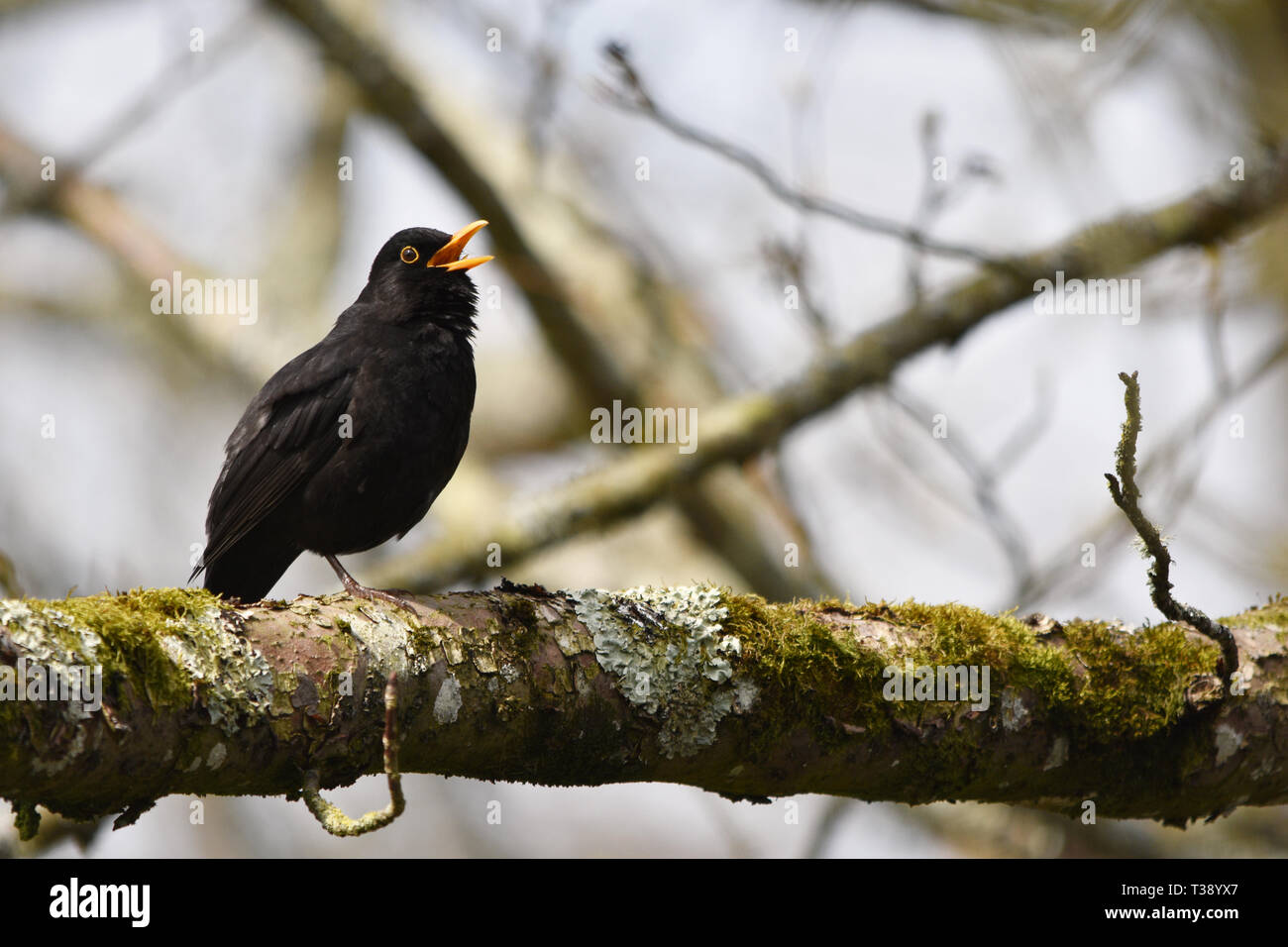 Singing Male Blackbird in a Tree Stock Photohttps://www.alamy.com/image-license-details/?v=1https://www.alamy.com/singing-male-blackbird-in-a-tree-image242986639.html
Singing Male Blackbird in a Tree Stock Photohttps://www.alamy.com/image-license-details/?v=1https://www.alamy.com/singing-male-blackbird-in-a-tree-image242986639.htmlRFT38YX7–Singing Male Blackbird in a Tree
 pair of seagulls on roof of house as their natural habitat is now much in decline Stock Photohttps://www.alamy.com/image-license-details/?v=1https://www.alamy.com/pair-of-seagulls-on-roof-of-house-as-their-natural-habitat-is-now-image4930181.html
pair of seagulls on roof of house as their natural habitat is now much in decline Stock Photohttps://www.alamy.com/image-license-details/?v=1https://www.alamy.com/pair-of-seagulls-on-roof-of-house-as-their-natural-habitat-is-now-image4930181.htmlRMAKYP86–pair of seagulls on roof of house as their natural habitat is now much in decline
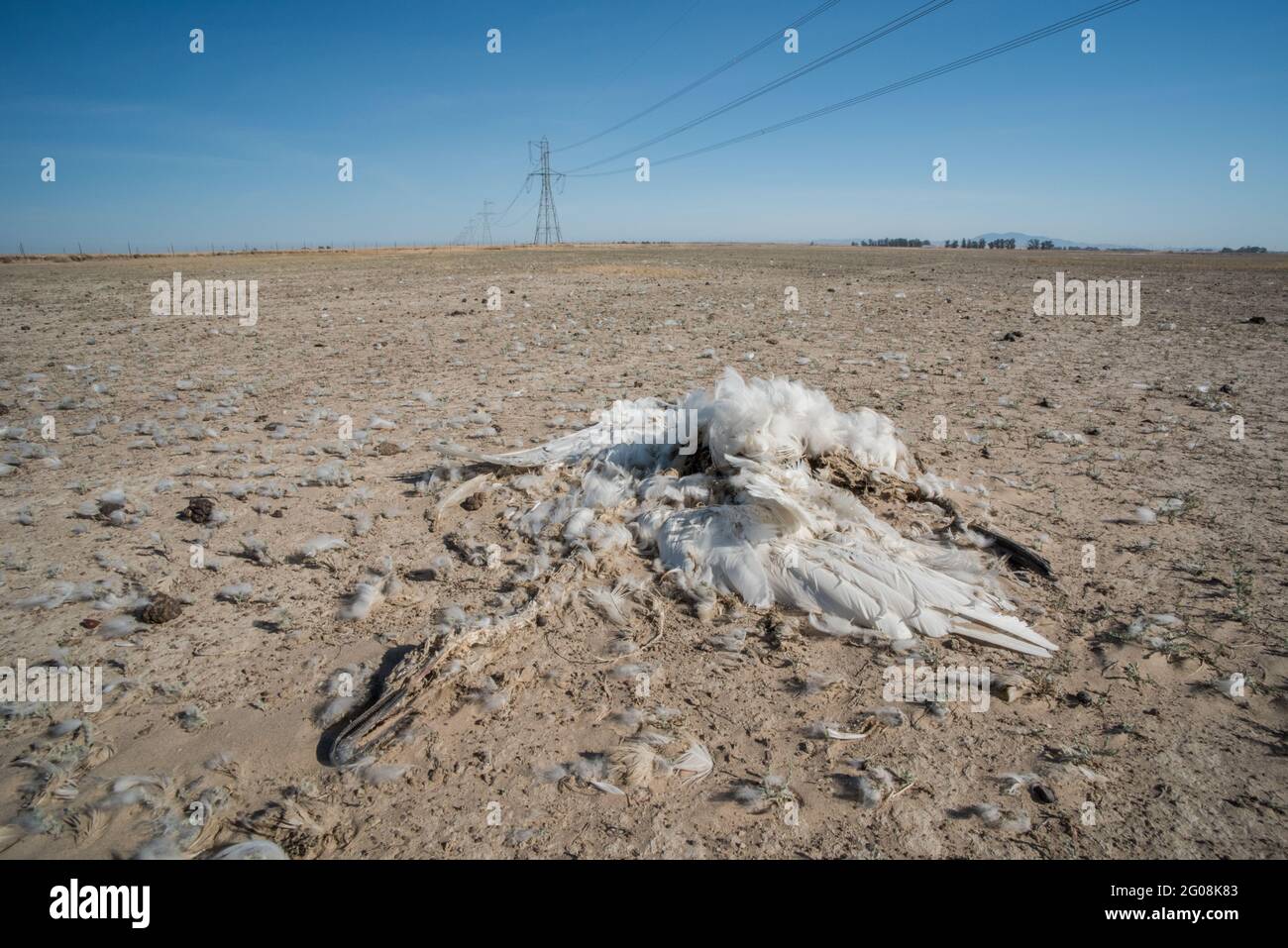 A dead tundra swan (Cygnus columbianus) in California, one of millions of birds killed as a result of a collision with power lines. Stock Photohttps://www.alamy.com/image-license-details/?v=1https://www.alamy.com/a-dead-tundra-swan-cygnus-columbianus-in-california-one-of-millions-of-birds-killed-as-a-result-of-a-collision-with-power-lines-image430449939.html
A dead tundra swan (Cygnus columbianus) in California, one of millions of birds killed as a result of a collision with power lines. Stock Photohttps://www.alamy.com/image-license-details/?v=1https://www.alamy.com/a-dead-tundra-swan-cygnus-columbianus-in-california-one-of-millions-of-birds-killed-as-a-result-of-a-collision-with-power-lines-image430449939.htmlRM2G08K83–A dead tundra swan (Cygnus columbianus) in California, one of millions of birds killed as a result of a collision with power lines.
 Brighton, UK. 12th June, 2017. An adult House Sparrow feeds its young on a garden fence in Brighton today during bright and breezy weather. House Sparrows have been in steady decline throughout the UK over recent years for many reasons one being the increase in predation by domestic cats Credit: Simon Dack/Alamy Live News Stock Photohttps://www.alamy.com/image-license-details/?v=1https://www.alamy.com/stock-photo-brighton-uk-12th-june-2017-an-adult-house-sparrow-feeds-its-young-144963918.html
Brighton, UK. 12th June, 2017. An adult House Sparrow feeds its young on a garden fence in Brighton today during bright and breezy weather. House Sparrows have been in steady decline throughout the UK over recent years for many reasons one being the increase in predation by domestic cats Credit: Simon Dack/Alamy Live News Stock Photohttps://www.alamy.com/image-license-details/?v=1https://www.alamy.com/stock-photo-brighton-uk-12th-june-2017-an-adult-house-sparrow-feeds-its-young-144963918.htmlRMJBRJXP–Brighton, UK. 12th June, 2017. An adult House Sparrow feeds its young on a garden fence in Brighton today during bright and breezy weather. House Sparrows have been in steady decline throughout the UK over recent years for many reasons one being the increase in predation by domestic cats Credit: Simon Dack/Alamy Live News
 Picture by Roger Bamber: Dramatic weaving flocks of thousands of Starlings swoop over the skeleton remains of the theatre on Brightons fire ravaged West Pier. The RSPB has said that the decline of the starling is greater than that of the House Sparrow with both being placed on the Red list of Birds of Conservation Concern indicating the population has halved in the last 25 years. The UK head count is being boosted with migrating arrivals from Norway, Sweden, Finland and Poland arriving for the Winter. Stock Photohttps://www.alamy.com/image-license-details/?v=1https://www.alamy.com/picture-by-roger-bamber-dramatic-weaving-flocks-of-thousands-of-starlings-swoop-over-the-skeleton-remains-of-the-theatre-on-brightons-fire-ravaged-west-pier-the-rspb-has-said-that-the-decline-of-the-starling-is-greater-than-that-of-the-house-sparrow-with-both-being-placed-on-the-red-list-of-birds-of-conservation-concern-indicating-the-population-has-halved-in-the-last-25-years-the-uk-head-count-is-being-boosted-with-migrating-arrivals-from-norway-sweden-finland-and-poland-arriving-for-the-winter-image615139851.html
Picture by Roger Bamber: Dramatic weaving flocks of thousands of Starlings swoop over the skeleton remains of the theatre on Brightons fire ravaged West Pier. The RSPB has said that the decline of the starling is greater than that of the House Sparrow with both being placed on the Red list of Birds of Conservation Concern indicating the population has halved in the last 25 years. The UK head count is being boosted with migrating arrivals from Norway, Sweden, Finland and Poland arriving for the Winter. Stock Photohttps://www.alamy.com/image-license-details/?v=1https://www.alamy.com/picture-by-roger-bamber-dramatic-weaving-flocks-of-thousands-of-starlings-swoop-over-the-skeleton-remains-of-the-theatre-on-brightons-fire-ravaged-west-pier-the-rspb-has-said-that-the-decline-of-the-starling-is-greater-than-that-of-the-house-sparrow-with-both-being-placed-on-the-red-list-of-birds-of-conservation-concern-indicating-the-population-has-halved-in-the-last-25-years-the-uk-head-count-is-being-boosted-with-migrating-arrivals-from-norway-sweden-finland-and-poland-arriving-for-the-winter-image615139851.htmlRM2XMP14B–Picture by Roger Bamber: Dramatic weaving flocks of thousands of Starlings swoop over the skeleton remains of the theatre on Brightons fire ravaged West Pier. The RSPB has said that the decline of the starling is greater than that of the House Sparrow with both being placed on the Red list of Birds of Conservation Concern indicating the population has halved in the last 25 years. The UK head count is being boosted with migrating arrivals from Norway, Sweden, Finland and Poland arriving for the Winter.
 Sparrows were once common birds but are now in decline in the UK. The reason for its disappearance from much of London is unkno Stock Photohttps://www.alamy.com/image-license-details/?v=1https://www.alamy.com/sparrows-were-once-common-birds-but-are-now-in-decline-in-the-uk-the-image9978233.html
Sparrows were once common birds but are now in decline in the UK. The reason for its disappearance from much of London is unkno Stock Photohttps://www.alamy.com/image-license-details/?v=1https://www.alamy.com/sparrows-were-once-common-birds-but-are-now-in-decline-in-the-uk-the-image9978233.htmlRMA0F7PJ–Sparrows were once common birds but are now in decline in the UK. The reason for its disappearance from much of London is unkno
 Decline in clouds Stock Photohttps://www.alamy.com/image-license-details/?v=1https://www.alamy.com/stock-photo-decline-in-clouds-36925326.html
Decline in clouds Stock Photohttps://www.alamy.com/image-license-details/?v=1https://www.alamy.com/stock-photo-decline-in-clouds-36925326.htmlRFC422HJ–Decline in clouds
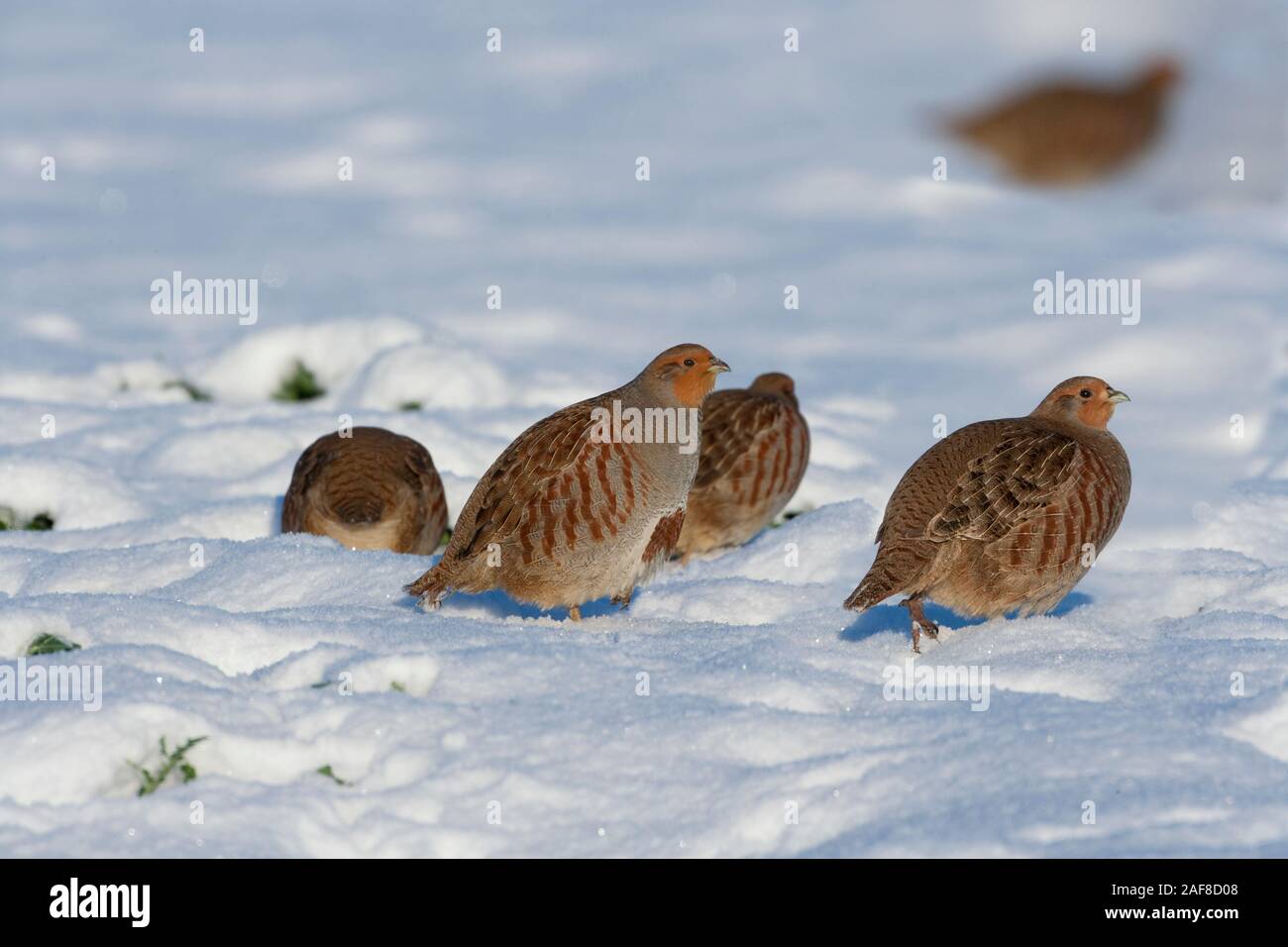 Grey Partridges Perdix perdix covey in snow Stock Photohttps://www.alamy.com/image-license-details/?v=1https://www.alamy.com/grey-partridges-perdix-perdix-covey-in-snow-image336402648.html
Grey Partridges Perdix perdix covey in snow Stock Photohttps://www.alamy.com/image-license-details/?v=1https://www.alamy.com/grey-partridges-perdix-perdix-covey-in-snow-image336402648.htmlRM2AF8D08–Grey Partridges Perdix perdix covey in snow
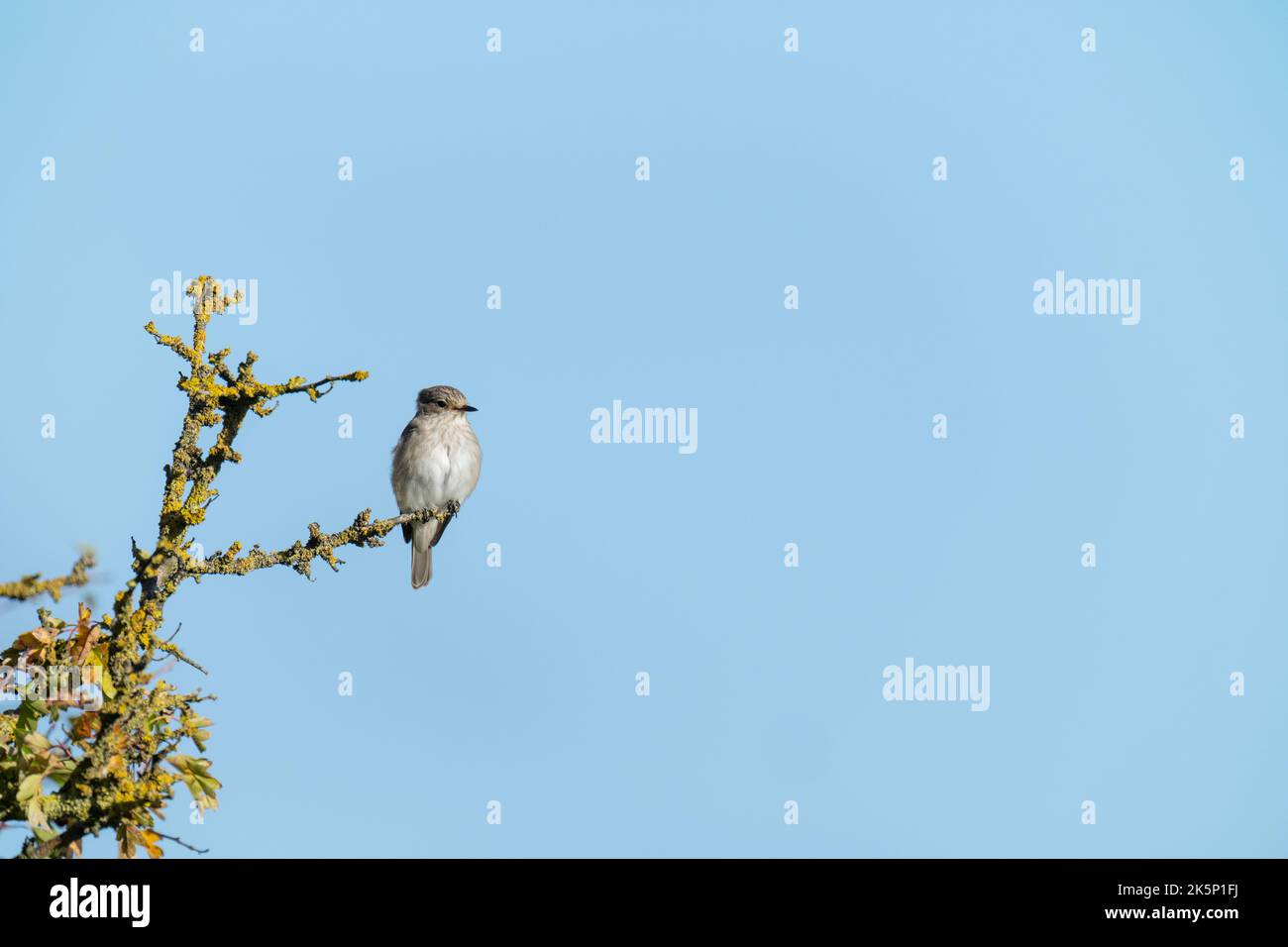 Spotted Flycatcher Muscicapa striata, a single adult bird perched on a hawthorn bush during autumn, Yorkshire, UK, September Stock Photohttps://www.alamy.com/image-license-details/?v=1https://www.alamy.com/spotted-flycatcher-muscicapa-striata-a-single-adult-bird-perched-on-a-hawthorn-bush-during-autumn-yorkshire-uk-september-image485447750.html
Spotted Flycatcher Muscicapa striata, a single adult bird perched on a hawthorn bush during autumn, Yorkshire, UK, September Stock Photohttps://www.alamy.com/image-license-details/?v=1https://www.alamy.com/spotted-flycatcher-muscicapa-striata-a-single-adult-bird-perched-on-a-hawthorn-bush-during-autumn-yorkshire-uk-september-image485447750.htmlRF2K5P1FJ–Spotted Flycatcher Muscicapa striata, a single adult bird perched on a hawthorn bush during autumn, Yorkshire, UK, September
 Game Keepers Craig Jones, 31, (left) and Phillip Savage, 20, who are taking part in an ongoing long-term study of wildlife in a remote part of Northumberland conducted by the Game Conservancy Trust, *...which has claimed moorland birds living in areas looked after by gamekeepers thrive better than those left to Mother Nature. According to the Trust, which is carrying out the eight-year study, human intervention can be good for ground-nesting birds such as the lapwing, curlew or golden plover which have been in decline. Stock Photohttps://www.alamy.com/image-license-details/?v=1https://www.alamy.com/stock-photo-game-keepers-craig-jones-31-left-and-phillip-savage-20-who-are-taking-106985269.html
Game Keepers Craig Jones, 31, (left) and Phillip Savage, 20, who are taking part in an ongoing long-term study of wildlife in a remote part of Northumberland conducted by the Game Conservancy Trust, *...which has claimed moorland birds living in areas looked after by gamekeepers thrive better than those left to Mother Nature. According to the Trust, which is carrying out the eight-year study, human intervention can be good for ground-nesting birds such as the lapwing, curlew or golden plover which have been in decline. Stock Photohttps://www.alamy.com/image-license-details/?v=1https://www.alamy.com/stock-photo-game-keepers-craig-jones-31-left-and-phillip-savage-20-who-are-taking-106985269.htmlRMG61GPD–Game Keepers Craig Jones, 31, (left) and Phillip Savage, 20, who are taking part in an ongoing long-term study of wildlife in a remote part of Northumberland conducted by the Game Conservancy Trust, *...which has claimed moorland birds living in areas looked after by gamekeepers thrive better than those left to Mother Nature. According to the Trust, which is carrying out the eight-year study, human intervention can be good for ground-nesting birds such as the lapwing, curlew or golden plover which have been in decline.
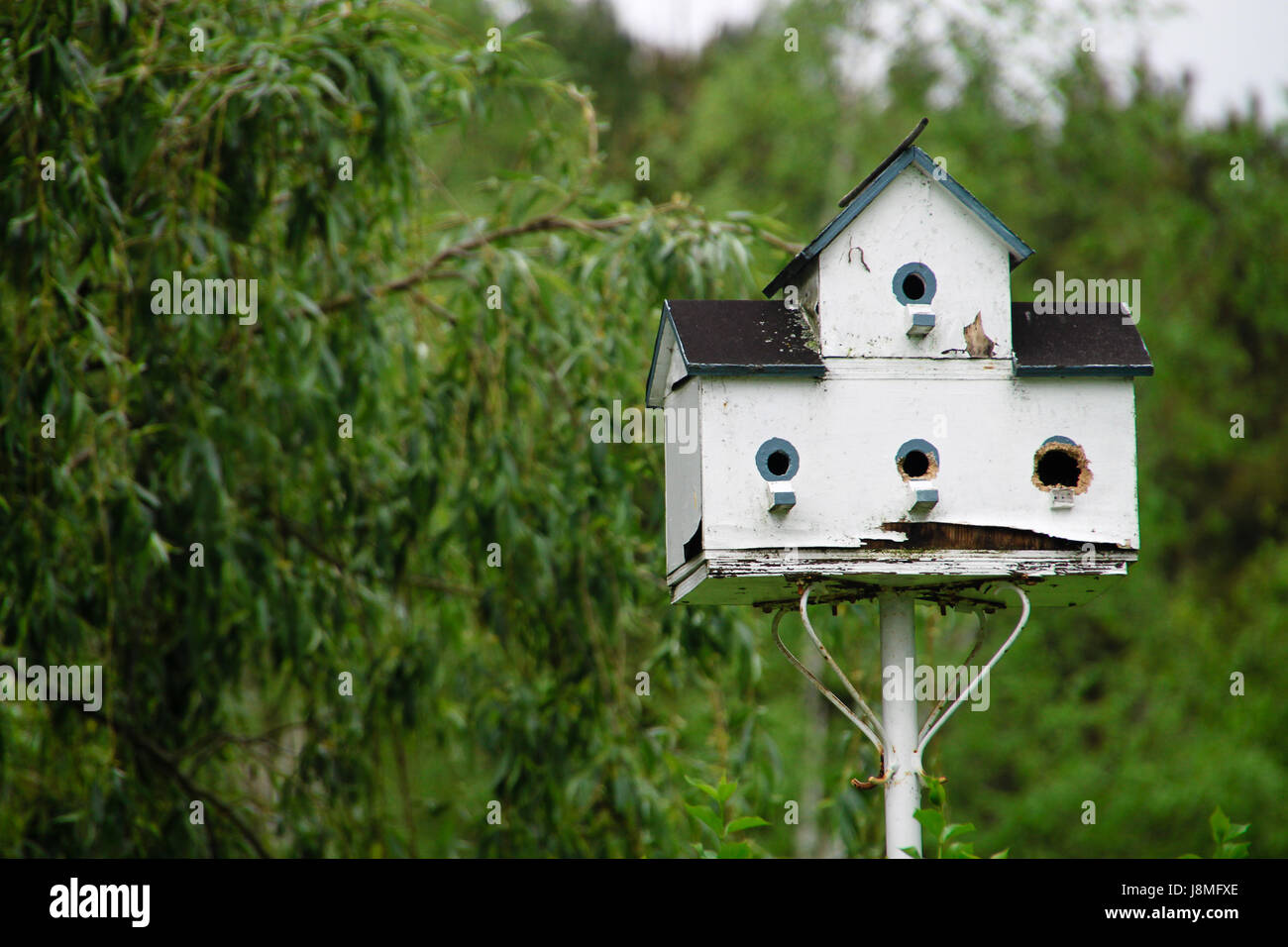 A rustic birdhouse stands in a field in Ontario. Apartment-type nests are preferred by swallows & martins, important shelter for species in decline. Stock Photohttps://www.alamy.com/image-license-details/?v=1https://www.alamy.com/stock-photo-a-rustic-birdhouse-stands-in-a-field-in-ontario-apartment-type-nests-143051734.html
A rustic birdhouse stands in a field in Ontario. Apartment-type nests are preferred by swallows & martins, important shelter for species in decline. Stock Photohttps://www.alamy.com/image-license-details/?v=1https://www.alamy.com/stock-photo-a-rustic-birdhouse-stands-in-a-field-in-ontario-apartment-type-nests-143051734.htmlRFJ8MFXE–A rustic birdhouse stands in a field in Ontario. Apartment-type nests are preferred by swallows & martins, important shelter for species in decline.
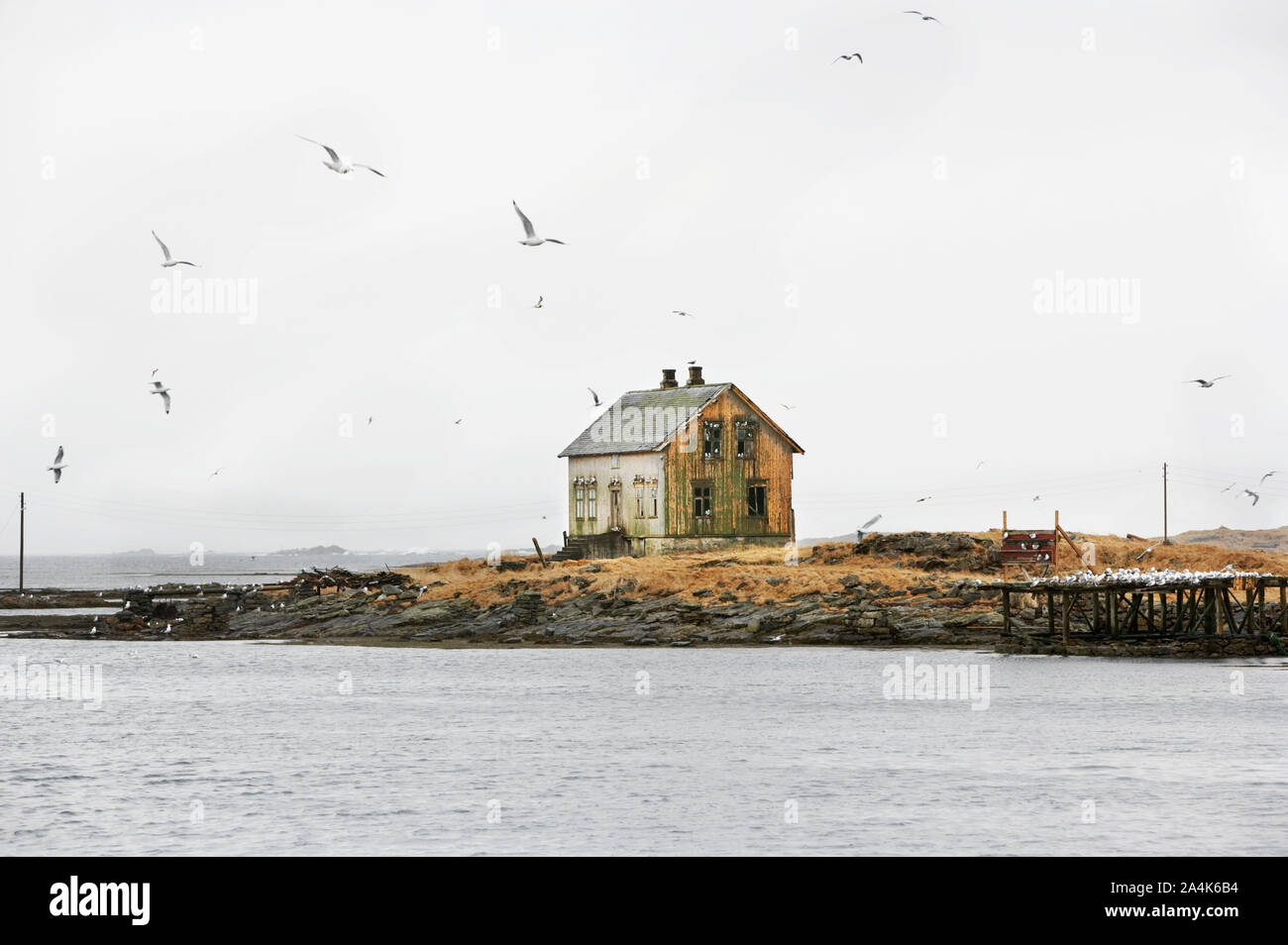 Old house in Lofoten Stock Photohttps://www.alamy.com/image-license-details/?v=1https://www.alamy.com/old-house-in-lofoten-image329877720.html
Old house in Lofoten Stock Photohttps://www.alamy.com/image-license-details/?v=1https://www.alamy.com/old-house-in-lofoten-image329877720.htmlRF2A4K6B4–Old house in Lofoten
 Egyptian Vulture,(Neophron percnopterus), adult bird perched at roosting site in tree,Bharatpur,Rajasthan,India Stock Photohttps://www.alamy.com/image-license-details/?v=1https://www.alamy.com/stock-photo-egyptian-vultureneophron-percnopterus-adult-bird-perched-at-roosting-126187432.html
Egyptian Vulture,(Neophron percnopterus), adult bird perched at roosting site in tree,Bharatpur,Rajasthan,India Stock Photohttps://www.alamy.com/image-license-details/?v=1https://www.alamy.com/stock-photo-egyptian-vultureneophron-percnopterus-adult-bird-perched-at-roosting-126187432.htmlRMH989A0–Egyptian Vulture,(Neophron percnopterus), adult bird perched at roosting site in tree,Bharatpur,Rajasthan,India
 With wings outspread and beak wide open, a Kittiwake announces it's return to the nesting site built onto the pilings of the Mumbles Pier Stock Photohttps://www.alamy.com/image-license-details/?v=1https://www.alamy.com/with-wings-outspread-and-beak-wide-open-a-kittiwake-announces-its-return-to-the-nesting-site-built-onto-the-pilings-of-the-mumbles-pier-image368425638.html
With wings outspread and beak wide open, a Kittiwake announces it's return to the nesting site built onto the pilings of the Mumbles Pier Stock Photohttps://www.alamy.com/image-license-details/?v=1https://www.alamy.com/with-wings-outspread-and-beak-wide-open-a-kittiwake-announces-its-return-to-the-nesting-site-built-onto-the-pilings-of-the-mumbles-pier-image368425638.htmlRM2CBB6JE–With wings outspread and beak wide open, a Kittiwake announces it's return to the nesting site built onto the pilings of the Mumbles Pier
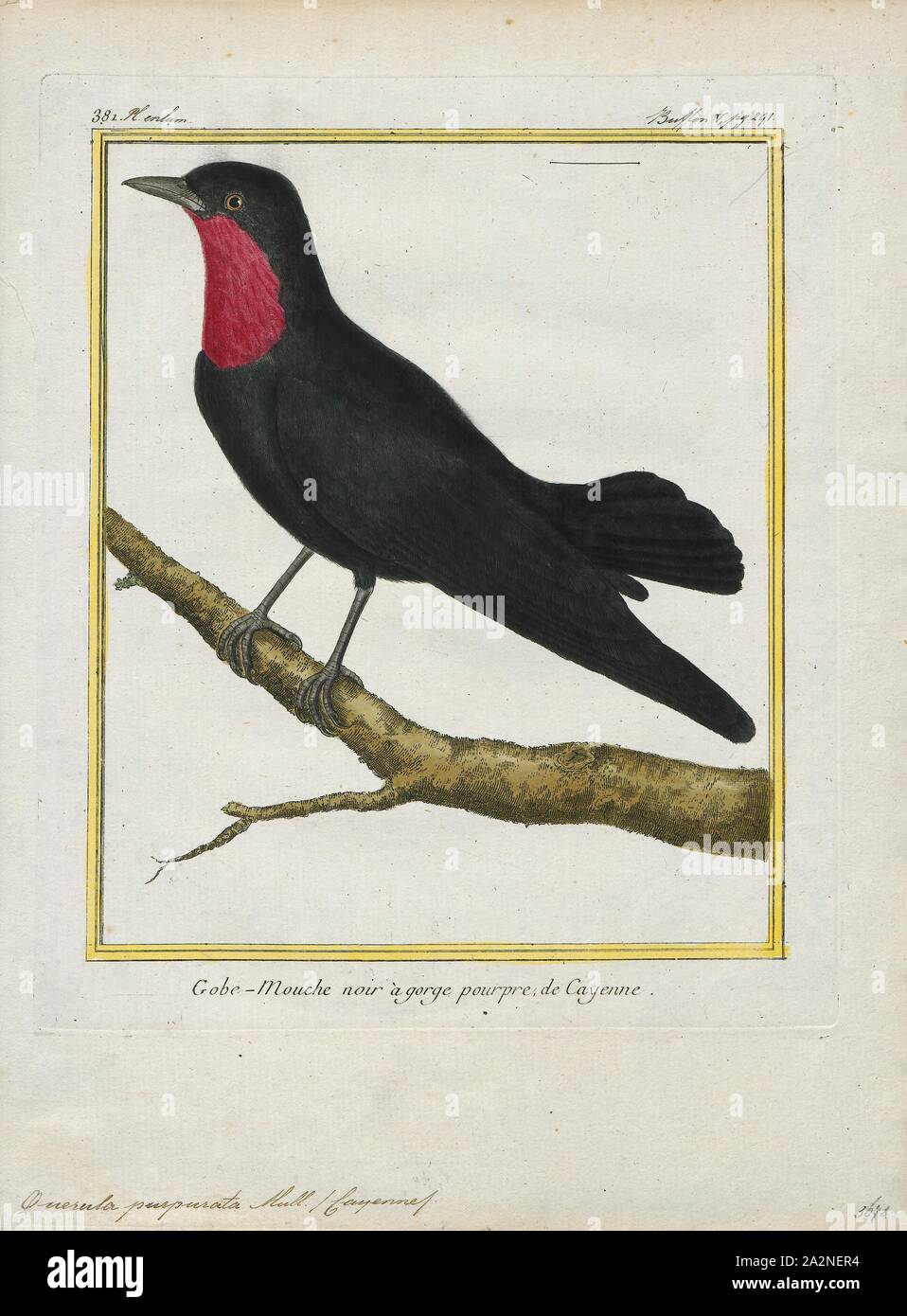 Querula purpurata, Print, The purple-throated fruitcrow (Querula purpurata) is a species of bird in the family Cotingidae, the cotingas. It is the only species of the genus Querula. It is native to Nicaragua, Costa Rica and Panama and most of the northern half of South America, its habitat being humid lowland forest where it feeds mainly on insects and fruit. It is a glossy black, medium-sized bird and the male has a purple-red throat patch. It nests in close vicinity with other birds of its species. Its population is in decline, but it is a common species with a very wide range, and the Stock Photohttps://www.alamy.com/image-license-details/?v=1https://www.alamy.com/querula-purpurata-print-the-purple-throated-fruitcrow-querula-purpurata-is-a-species-of-bird-in-the-family-cotingidae-the-cotingas-it-is-the-only-species-of-the-genus-querula-it-is-native-to-nicaragua-costa-rica-and-panama-and-most-of-the-northern-half-of-south-america-its-habitat-being-humid-lowland-forest-where-it-feeds-mainly-on-insects-and-fruit-it-is-a-glossy-black-medium-sized-bird-and-the-male-has-a-purple-red-throat-patch-it-nests-in-close-vicinity-with-other-birds-of-its-species-its-population-is-in-decline-but-it-is-a-common-species-with-a-very-wide-range-and-the-image328698920.html
Querula purpurata, Print, The purple-throated fruitcrow (Querula purpurata) is a species of bird in the family Cotingidae, the cotingas. It is the only species of the genus Querula. It is native to Nicaragua, Costa Rica and Panama and most of the northern half of South America, its habitat being humid lowland forest where it feeds mainly on insects and fruit. It is a glossy black, medium-sized bird and the male has a purple-red throat patch. It nests in close vicinity with other birds of its species. Its population is in decline, but it is a common species with a very wide range, and the Stock Photohttps://www.alamy.com/image-license-details/?v=1https://www.alamy.com/querula-purpurata-print-the-purple-throated-fruitcrow-querula-purpurata-is-a-species-of-bird-in-the-family-cotingidae-the-cotingas-it-is-the-only-species-of-the-genus-querula-it-is-native-to-nicaragua-costa-rica-and-panama-and-most-of-the-northern-half-of-south-america-its-habitat-being-humid-lowland-forest-where-it-feeds-mainly-on-insects-and-fruit-it-is-a-glossy-black-medium-sized-bird-and-the-male-has-a-purple-red-throat-patch-it-nests-in-close-vicinity-with-other-birds-of-its-species-its-population-is-in-decline-but-it-is-a-common-species-with-a-very-wide-range-and-the-image328698920.htmlRM2A2NER4–Querula purpurata, Print, The purple-throated fruitcrow (Querula purpurata) is a species of bird in the family Cotingidae, the cotingas. It is the only species of the genus Querula. It is native to Nicaragua, Costa Rica and Panama and most of the northern half of South America, its habitat being humid lowland forest where it feeds mainly on insects and fruit. It is a glossy black, medium-sized bird and the male has a purple-red throat patch. It nests in close vicinity with other birds of its species. Its population is in decline, but it is a common species with a very wide range, and the
 Redwing (Turdus iliacus) at nest in old Volkswagen car, Bastnas car graveyard, Sweden, May. Stock Photohttps://www.alamy.com/image-license-details/?v=1https://www.alamy.com/stock-photo-redwing-turdus-iliacus-at-nest-in-old-volkswagen-car-bastnas-car-graveyard-86753712.html
Redwing (Turdus iliacus) at nest in old Volkswagen car, Bastnas car graveyard, Sweden, May. Stock Photohttps://www.alamy.com/image-license-details/?v=1https://www.alamy.com/stock-photo-redwing-turdus-iliacus-at-nest-in-old-volkswagen-car-bastnas-car-graveyard-86753712.htmlRMF13Y6T–Redwing (Turdus iliacus) at nest in old Volkswagen car, Bastnas car graveyard, Sweden, May.
 Little Bittern (Ixobrychus minutus) male flying, Baden-Wuerttemberg, Germany Stock Photohttps://www.alamy.com/image-license-details/?v=1https://www.alamy.com/little-bittern-ixobrychus-minutus-male-flying-baden-wuerttemberg-germany-image396630387.html
Little Bittern (Ixobrychus minutus) male flying, Baden-Wuerttemberg, Germany Stock Photohttps://www.alamy.com/image-license-details/?v=1https://www.alamy.com/little-bittern-ixobrychus-minutus-male-flying-baden-wuerttemberg-germany-image396630387.htmlRM2E1822Y–Little Bittern (Ixobrychus minutus) male flying, Baden-Wuerttemberg, Germany
 Aberystwyth, Wales, UK. 8th Nov, 2014. Weather: Tens of thousands of starlings flying overhead the neon lights as the ‘murmuration’ of birds comes in the settle on the cast iron legs of Aberystwyth's Royal Pier. From October to March the birds produce a spectacular display in the sky over the town. Starling numbers are in decline accross the UK, and the birds are on the endangered 'red list' photo Credit: Keith Morris / Alamy Live News Stock Photohttps://www.alamy.com/image-license-details/?v=1https://www.alamy.com/stock-photo-aberystwyth-wales-uk-8th-nov-2014-weather-tens-of-thousands-of-starlings-75163199.html
Aberystwyth, Wales, UK. 8th Nov, 2014. Weather: Tens of thousands of starlings flying overhead the neon lights as the ‘murmuration’ of birds comes in the settle on the cast iron legs of Aberystwyth's Royal Pier. From October to March the birds produce a spectacular display in the sky over the town. Starling numbers are in decline accross the UK, and the birds are on the endangered 'red list' photo Credit: Keith Morris / Alamy Live News Stock Photohttps://www.alamy.com/image-license-details/?v=1https://www.alamy.com/stock-photo-aberystwyth-wales-uk-8th-nov-2014-weather-tens-of-thousands-of-starlings-75163199.htmlRMEA7YBY–Aberystwyth, Wales, UK. 8th Nov, 2014. Weather: Tens of thousands of starlings flying overhead the neon lights as the ‘murmuration’ of birds comes in the settle on the cast iron legs of Aberystwyth's Royal Pier. From October to March the birds produce a spectacular display in the sky over the town. Starling numbers are in decline accross the UK, and the birds are on the endangered 'red list' photo Credit: Keith Morris / Alamy Live News
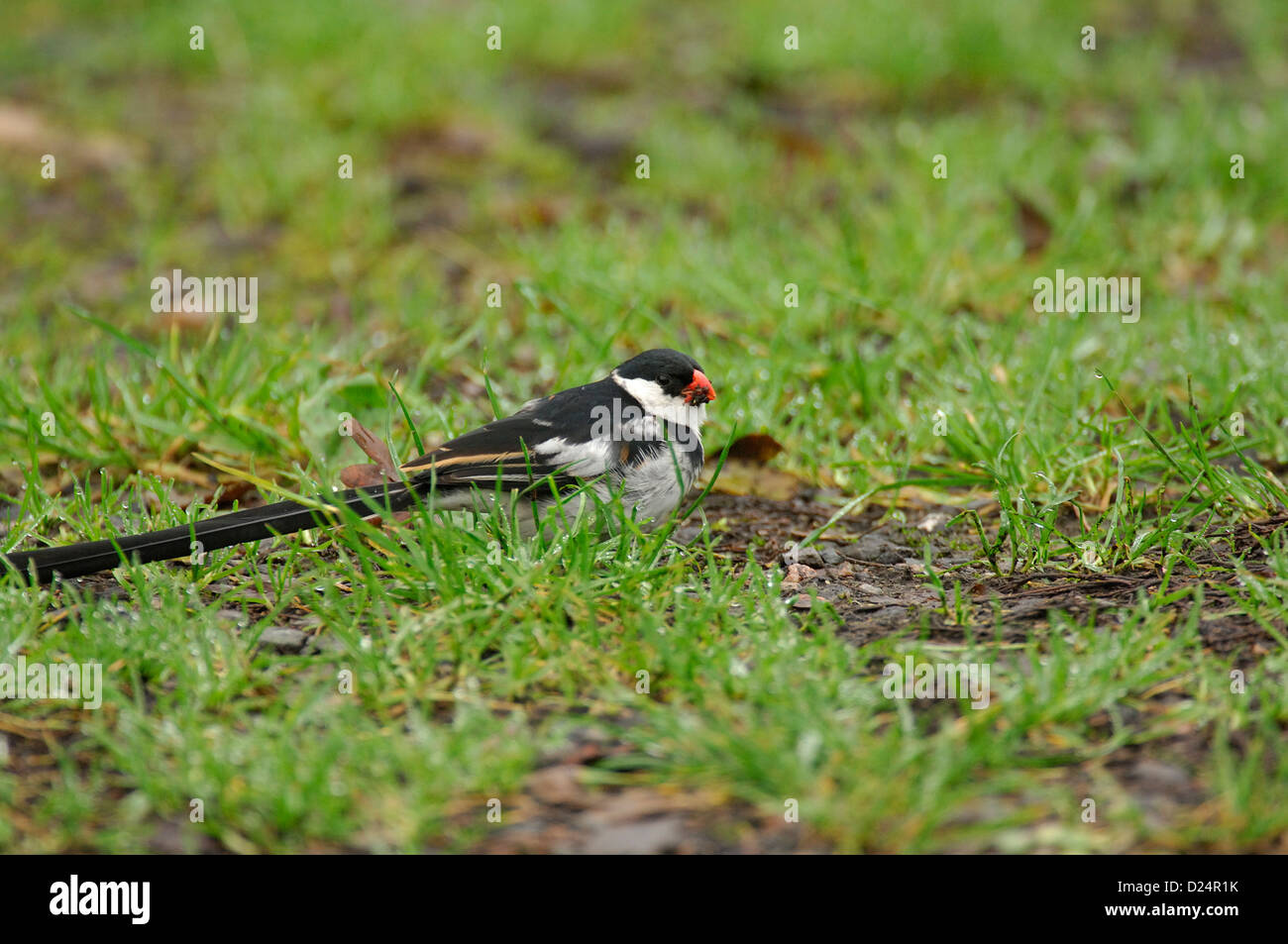 Pintailed Whydah eating Stock Photohttps://www.alamy.com/image-license-details/?v=1https://www.alamy.com/stock-photo-pintailed-whydah-eating-52966303.html
Pintailed Whydah eating Stock Photohttps://www.alamy.com/image-license-details/?v=1https://www.alamy.com/stock-photo-pintailed-whydah-eating-52966303.htmlRMD24R1K–Pintailed Whydah eating
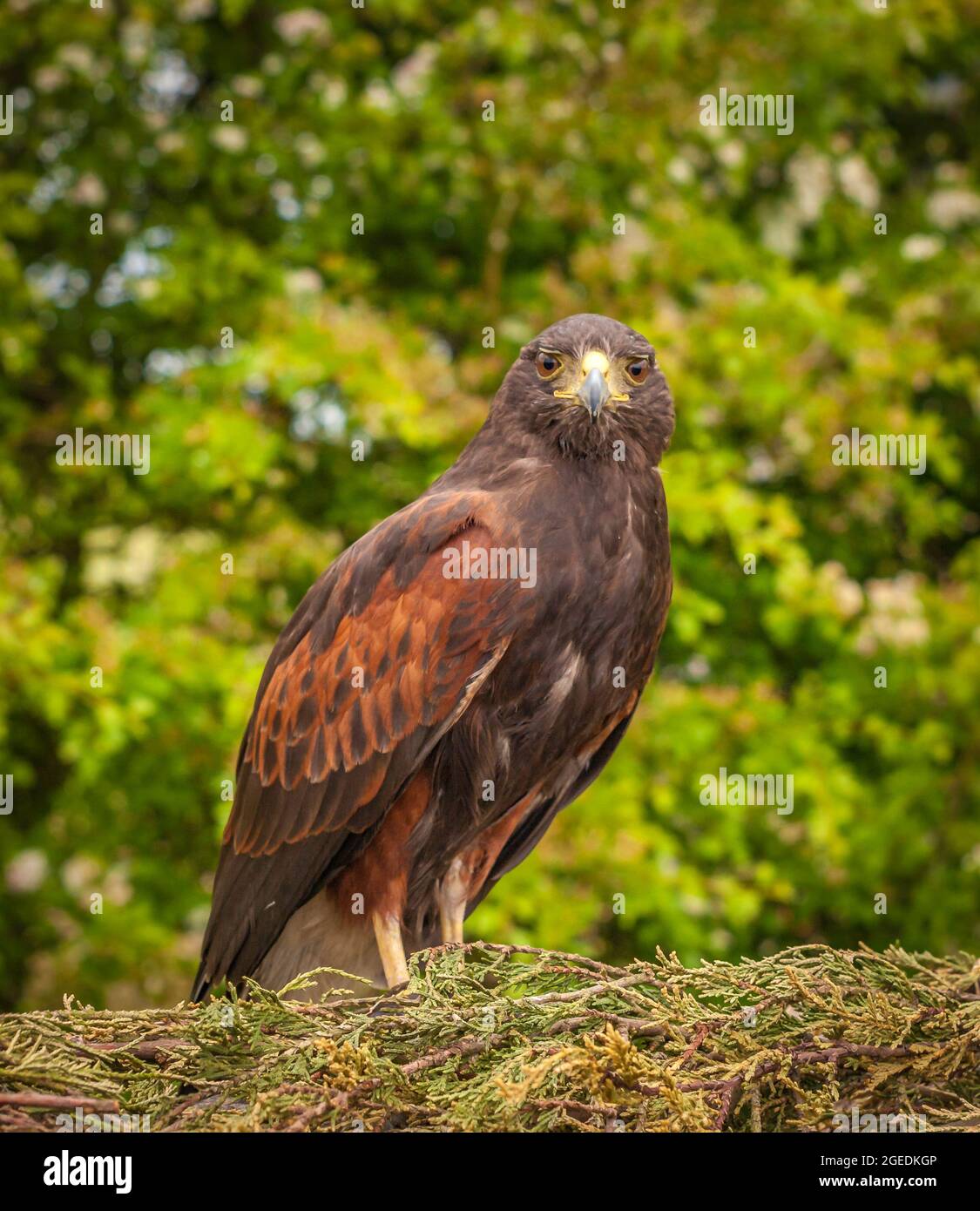 Portrait of a Harris Hawk (Parabuteo unicinctus) . Stock Photohttps://www.alamy.com/image-license-details/?v=1https://www.alamy.com/portrait-of-a-harris-hawk-parabuteo-unicinctus-image439165126.html
Portrait of a Harris Hawk (Parabuteo unicinctus) . Stock Photohttps://www.alamy.com/image-license-details/?v=1https://www.alamy.com/portrait-of-a-harris-hawk-parabuteo-unicinctus-image439165126.htmlRF2GEDKGP–Portrait of a Harris Hawk (Parabuteo unicinctus) .
 After a long decline, song thrush have started to recover in the UK. Stock Photohttps://www.alamy.com/image-license-details/?v=1https://www.alamy.com/after-a-long-decline-song-thrush-have-started-to-recover-in-the-uk-image475475888.html
After a long decline, song thrush have started to recover in the UK. Stock Photohttps://www.alamy.com/image-license-details/?v=1https://www.alamy.com/after-a-long-decline-song-thrush-have-started-to-recover-in-the-uk-image475475888.htmlRF2JHFP9M–After a long decline, song thrush have started to recover in the UK.
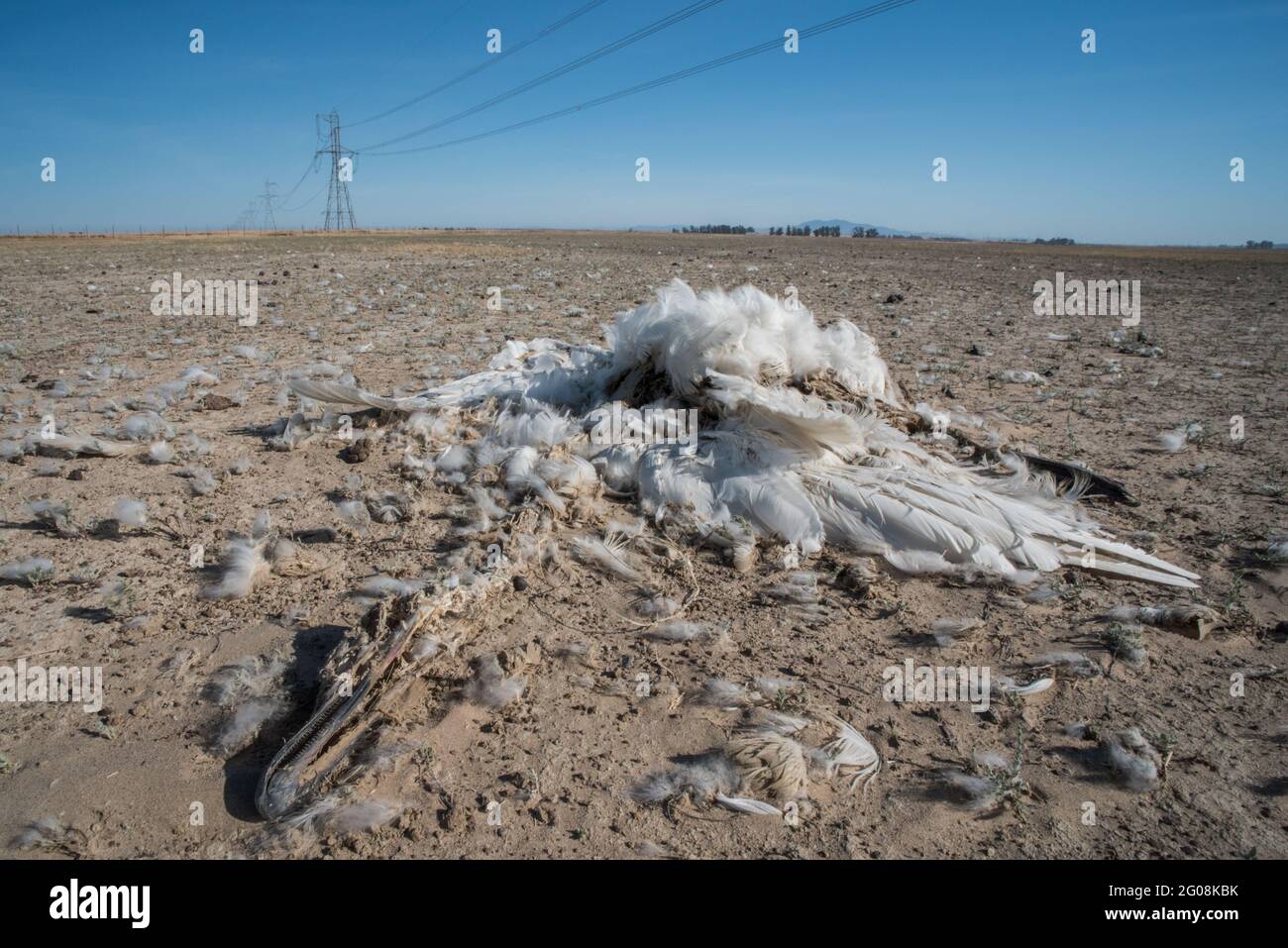 A dead tundra swan (Cygnus columbianus) in California, one of millions of birds killed as a result of a collision with power lines. Stock Photohttps://www.alamy.com/image-license-details/?v=1https://www.alamy.com/a-dead-tundra-swan-cygnus-columbianus-in-california-one-of-millions-of-birds-killed-as-a-result-of-a-collision-with-power-lines-image430450039.html
A dead tundra swan (Cygnus columbianus) in California, one of millions of birds killed as a result of a collision with power lines. Stock Photohttps://www.alamy.com/image-license-details/?v=1https://www.alamy.com/a-dead-tundra-swan-cygnus-columbianus-in-california-one-of-millions-of-birds-killed-as-a-result-of-a-collision-with-power-lines-image430450039.htmlRM2G08KBK–A dead tundra swan (Cygnus columbianus) in California, one of millions of birds killed as a result of a collision with power lines.
 Brighton, UK. 12th June, 2017. An adult House Sparrow feeds its young on a garden fence in Brighton today during bright and breezy weather. House Sparrows have been in steady decline throughout the UK over recent years for many reasons one being the increase in predation by domestic cats Credit: Simon Dack/Alamy Live News Stock Photohttps://www.alamy.com/image-license-details/?v=1https://www.alamy.com/stock-photo-brighton-uk-12th-june-2017-an-adult-house-sparrow-feeds-its-young-144963881.html
Brighton, UK. 12th June, 2017. An adult House Sparrow feeds its young on a garden fence in Brighton today during bright and breezy weather. House Sparrows have been in steady decline throughout the UK over recent years for many reasons one being the increase in predation by domestic cats Credit: Simon Dack/Alamy Live News Stock Photohttps://www.alamy.com/image-license-details/?v=1https://www.alamy.com/stock-photo-brighton-uk-12th-june-2017-an-adult-house-sparrow-feeds-its-young-144963881.htmlRMJBRJWD–Brighton, UK. 12th June, 2017. An adult House Sparrow feeds its young on a garden fence in Brighton today during bright and breezy weather. House Sparrows have been in steady decline throughout the UK over recent years for many reasons one being the increase in predation by domestic cats Credit: Simon Dack/Alamy Live News
 Thousands of starlings flock together at sunset to roost on the derelict West Pier in Brighton East Sussex Stock Photohttps://www.alamy.com/image-license-details/?v=1https://www.alamy.com/thousands-of-starlings-flock-together-at-sunset-to-roost-on-the-derelict-image9306284.html
Thousands of starlings flock together at sunset to roost on the derelict West Pier in Brighton East Sussex Stock Photohttps://www.alamy.com/image-license-details/?v=1https://www.alamy.com/thousands-of-starlings-flock-together-at-sunset-to-roost-on-the-derelict-image9306284.htmlRMATDMXD–Thousands of starlings flock together at sunset to roost on the derelict West Pier in Brighton East Sussex
 Sparrows were once common birds but are now in decline in the UK. The reason for its disappearance from much of London is unkno Stock Photohttps://www.alamy.com/image-license-details/?v=1https://www.alamy.com/sparrows-were-once-common-birds-but-are-now-in-decline-in-the-uk-the-image9978228.html
Sparrows were once common birds but are now in decline in the UK. The reason for its disappearance from much of London is unkno Stock Photohttps://www.alamy.com/image-license-details/?v=1https://www.alamy.com/sparrows-were-once-common-birds-but-are-now-in-decline-in-the-uk-the-image9978228.htmlRMA0F7NW–Sparrows were once common birds but are now in decline in the UK. The reason for its disappearance from much of London is unkno
 Decline in clouds Stock Photohttps://www.alamy.com/image-license-details/?v=1https://www.alamy.com/stock-photo-decline-in-clouds-36925338.html
Decline in clouds Stock Photohttps://www.alamy.com/image-license-details/?v=1https://www.alamy.com/stock-photo-decline-in-clouds-36925338.htmlRFC422J2–Decline in clouds
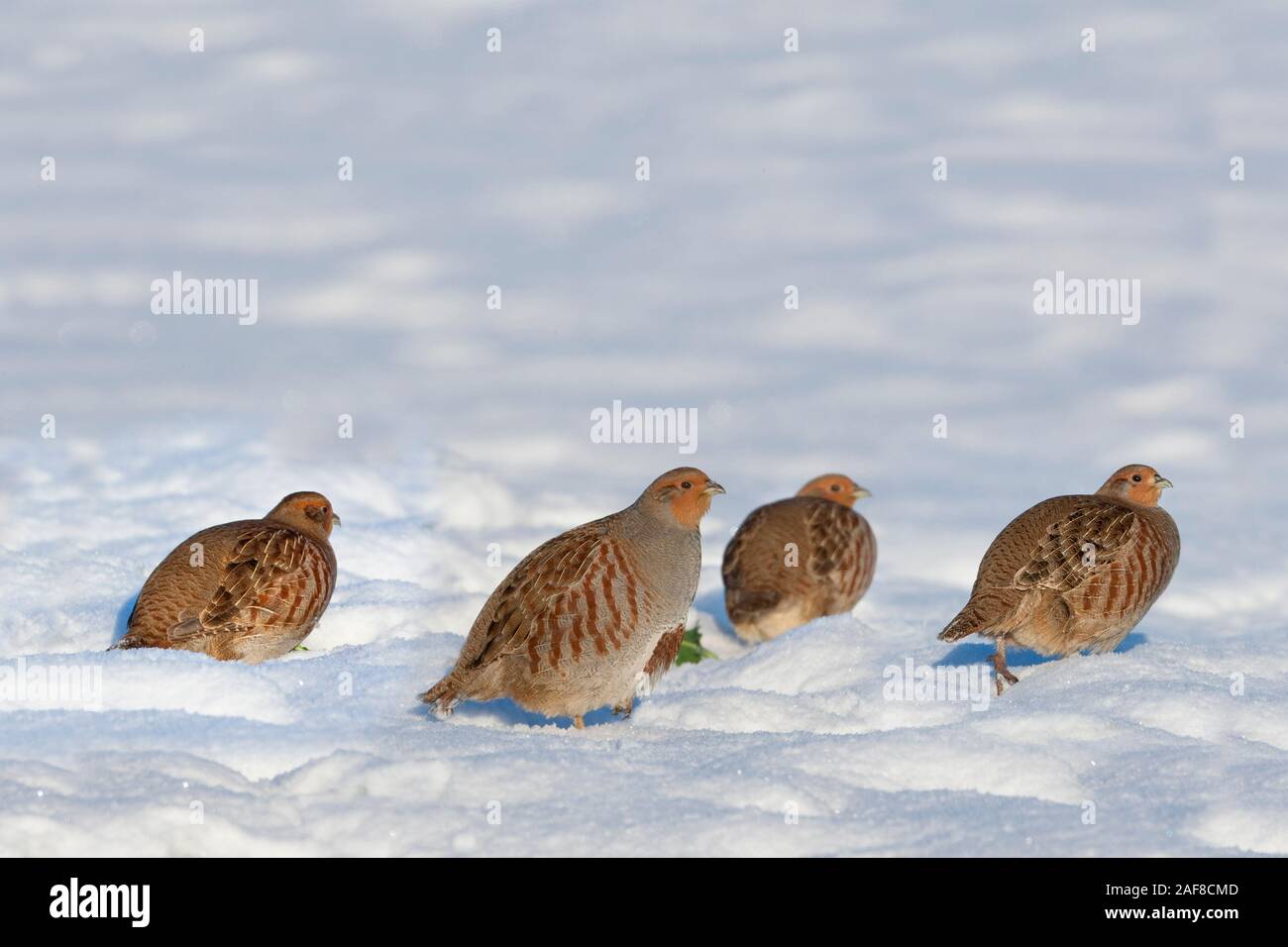 Grey Partridges Perdix perdix covey in snow Stock Photohttps://www.alamy.com/image-license-details/?v=1https://www.alamy.com/grey-partridges-perdix-perdix-covey-in-snow-image336402429.html
Grey Partridges Perdix perdix covey in snow Stock Photohttps://www.alamy.com/image-license-details/?v=1https://www.alamy.com/grey-partridges-perdix-perdix-covey-in-snow-image336402429.htmlRM2AF8CMD–Grey Partridges Perdix perdix covey in snow
 Spotted Flycatcher Muscicapa striata, a single juvenile bird pausing briefly while perched on a small branch within a heathland, Nottinghamshire, UK Stock Photohttps://www.alamy.com/image-license-details/?v=1https://www.alamy.com/spotted-flycatcher-muscicapa-striata-a-single-juvenile-bird-pausing-briefly-while-perched-on-a-small-branch-within-a-heathland-nottinghamshire-uk-image485447159.html
Spotted Flycatcher Muscicapa striata, a single juvenile bird pausing briefly while perched on a small branch within a heathland, Nottinghamshire, UK Stock Photohttps://www.alamy.com/image-license-details/?v=1https://www.alamy.com/spotted-flycatcher-muscicapa-striata-a-single-juvenile-bird-pausing-briefly-while-perched-on-a-small-branch-within-a-heathland-nottinghamshire-uk-image485447159.htmlRF2K5P0PF–Spotted Flycatcher Muscicapa striata, a single juvenile bird pausing briefly while perched on a small branch within a heathland, Nottinghamshire, UK
 Library filer of robins ... for whom the search is on in one of the biggest-ever wildlife surveys. The Royal Society for the Protection of Birds wants members of the public and particularly its junior members to look for robins. The survey of Britain's national bird is part of the UK Wild 2000 to be officially launched on BBC 1's Really Wild Show this month. See PA story ENVIRONMENT Robin. PA PHOTO David Jones. * 19/12/02: While many of the country s smaller songbirds are in decline, the Royal Society for the Protection of Birds today announced that the robin was holding its own, with 4.5 Stock Photohttps://www.alamy.com/image-license-details/?v=1https://www.alamy.com/library-filer-of-robins-for-whom-the-search-is-on-in-one-of-the-biggest-ever-wildlife-surveys-the-royal-society-for-the-protection-of-birds-wants-members-of-the-public-and-particularly-its-junior-members-to-look-for-robins-the-survey-of-britains-national-bird-is-part-of-the-uk-wild-2000-to-be-officially-launched-on-bbc-1s-really-wild-show-this-month-see-pa-story-environment-robin-pa-photo-david-jones-191202-while-many-of-the-country-s-smaller-songbirds-are-in-decline-the-royal-society-for-the-protection-of-birds-today-announced-that-the-robin-was-holding-its-own-with-45-image380486305.html
Library filer of robins ... for whom the search is on in one of the biggest-ever wildlife surveys. The Royal Society for the Protection of Birds wants members of the public and particularly its junior members to look for robins. The survey of Britain's national bird is part of the UK Wild 2000 to be officially launched on BBC 1's Really Wild Show this month. See PA story ENVIRONMENT Robin. PA PHOTO David Jones. * 19/12/02: While many of the country s smaller songbirds are in decline, the Royal Society for the Protection of Birds today announced that the robin was holding its own, with 4.5 Stock Photohttps://www.alamy.com/image-license-details/?v=1https://www.alamy.com/library-filer-of-robins-for-whom-the-search-is-on-in-one-of-the-biggest-ever-wildlife-surveys-the-royal-society-for-the-protection-of-birds-wants-members-of-the-public-and-particularly-its-junior-members-to-look-for-robins-the-survey-of-britains-national-bird-is-part-of-the-uk-wild-2000-to-be-officially-launched-on-bbc-1s-really-wild-show-this-month-see-pa-story-environment-robin-pa-photo-david-jones-191202-while-many-of-the-country-s-smaller-songbirds-are-in-decline-the-royal-society-for-the-protection-of-birds-today-announced-that-the-robin-was-holding-its-own-with-45-image380486305.htmlRM2D30J4H–Library filer of robins ... for whom the search is on in one of the biggest-ever wildlife surveys. The Royal Society for the Protection of Birds wants members of the public and particularly its junior members to look for robins. The survey of Britain's national bird is part of the UK Wild 2000 to be officially launched on BBC 1's Really Wild Show this month. See PA story ENVIRONMENT Robin. PA PHOTO David Jones. * 19/12/02: While many of the country s smaller songbirds are in decline, the Royal Society for the Protection of Birds today announced that the robin was holding its own, with 4.5
 Workers repairing and repainting fishing boats in dry dock in the port of Essaouira, Morocco Stock Photohttps://www.alamy.com/image-license-details/?v=1https://www.alamy.com/workers-repairing-and-repainting-fishing-boats-in-dry-dock-in-the-image6863314.html
Workers repairing and repainting fishing boats in dry dock in the port of Essaouira, Morocco Stock Photohttps://www.alamy.com/image-license-details/?v=1https://www.alamy.com/workers-repairing-and-repainting-fishing-boats-in-dry-dock-in-the-image6863314.htmlRMA879H3–Workers repairing and repainting fishing boats in dry dock in the port of Essaouira, Morocco
 The red-billed gull is the commonest gull on the New Zealand coast. Except for a colony at Lake Rotorua, it rarely is found inland. It is commonly seen in coastal towns, garbage dumps and at fish processing facilities. Immature adults are often confused with the closely related black-billed gull. Recently the largest colonies in different parts of New Zealand have exhibited a marked decline in numbers (i.e. Kaikoura, Three Kings and Mokohinau Island). The bird tends to nest at the same locality from one season to the next, and offspring mostly return to their natal colony to breed. Stock Photohttps://www.alamy.com/image-license-details/?v=1https://www.alamy.com/stock-photo-the-red-billed-gull-is-the-commonest-gull-on-the-new-zealand-coast-129642008.html
The red-billed gull is the commonest gull on the New Zealand coast. Except for a colony at Lake Rotorua, it rarely is found inland. It is commonly seen in coastal towns, garbage dumps and at fish processing facilities. Immature adults are often confused with the closely related black-billed gull. Recently the largest colonies in different parts of New Zealand have exhibited a marked decline in numbers (i.e. Kaikoura, Three Kings and Mokohinau Island). The bird tends to nest at the same locality from one season to the next, and offspring mostly return to their natal colony to breed. Stock Photohttps://www.alamy.com/image-license-details/?v=1https://www.alamy.com/stock-photo-the-red-billed-gull-is-the-commonest-gull-on-the-new-zealand-coast-129642008.htmlRMHEWKKM–The red-billed gull is the commonest gull on the New Zealand coast. Except for a colony at Lake Rotorua, it rarely is found inland. It is commonly seen in coastal towns, garbage dumps and at fish processing facilities. Immature adults are often confused with the closely related black-billed gull. Recently the largest colonies in different parts of New Zealand have exhibited a marked decline in numbers (i.e. Kaikoura, Three Kings and Mokohinau Island). The bird tends to nest at the same locality from one season to the next, and offspring mostly return to their natal colony to breed.
 Egyptian Vulture,Neophron percnopterus, adult bird perched at roosting site in a tree,Bharatpur,Rajasthan,India Stock Photohttps://www.alamy.com/image-license-details/?v=1https://www.alamy.com/stock-photo-egyptian-vultureneophron-percnopterus-adult-bird-perched-at-roosting-130552067.html
Egyptian Vulture,Neophron percnopterus, adult bird perched at roosting site in a tree,Bharatpur,Rajasthan,India Stock Photohttps://www.alamy.com/image-license-details/?v=1https://www.alamy.com/stock-photo-egyptian-vultureneophron-percnopterus-adult-bird-perched-at-roosting-130552067.htmlRMHGB4DR–Egyptian Vulture,Neophron percnopterus, adult bird perched at roosting site in a tree,Bharatpur,Rajasthan,India
 African penguin jumping from rock in sunset light. African penguin ( Spheniscus demersus) also known as the jackass penguin and black-footed penguin. Stock Photohttps://www.alamy.com/image-license-details/?v=1https://www.alamy.com/stock-photo-african-penguin-jumping-from-rock-in-sunset-light-african-penguin-171983310.html
African penguin jumping from rock in sunset light. African penguin ( Spheniscus demersus) also known as the jackass penguin and black-footed penguin. Stock Photohttps://www.alamy.com/image-license-details/?v=1https://www.alamy.com/stock-photo-african-penguin-jumping-from-rock-in-sunset-light-african-penguin-171983310.htmlRFKYPED2–African penguin jumping from rock in sunset light. African penguin ( Spheniscus demersus) also known as the jackass penguin and black-footed penguin.
 Querula purpurata, Print, The purple-throated fruitcrow (Querula purpurata) is a species of bird in the family Cotingidae, the cotingas. It is the only species of the genus Querula. It is native to Nicaragua, Costa Rica and Panama and most of the northern half of South America, its habitat being humid lowland forest where it feeds mainly on insects and fruit. It is a glossy black, medium-sized bird and the male has a purple-red throat patch. It nests in close vicinity with other birds of its species. Its population is in decline, but it is a common species with a very wide range, and the Stock Photohttps://www.alamy.com/image-license-details/?v=1https://www.alamy.com/querula-purpurata-print-the-purple-throated-fruitcrow-querula-purpurata-is-a-species-of-bird-in-the-family-cotingidae-the-cotingas-it-is-the-only-species-of-the-genus-querula-it-is-native-to-nicaragua-costa-rica-and-panama-and-most-of-the-northern-half-of-south-america-its-habitat-being-humid-lowland-forest-where-it-feeds-mainly-on-insects-and-fruit-it-is-a-glossy-black-medium-sized-bird-and-the-male-has-a-purple-red-throat-patch-it-nests-in-close-vicinity-with-other-birds-of-its-species-its-population-is-in-decline-but-it-is-a-common-species-with-a-very-wide-range-and-the-image328698923.html
Querula purpurata, Print, The purple-throated fruitcrow (Querula purpurata) is a species of bird in the family Cotingidae, the cotingas. It is the only species of the genus Querula. It is native to Nicaragua, Costa Rica and Panama and most of the northern half of South America, its habitat being humid lowland forest where it feeds mainly on insects and fruit. It is a glossy black, medium-sized bird and the male has a purple-red throat patch. It nests in close vicinity with other birds of its species. Its population is in decline, but it is a common species with a very wide range, and the Stock Photohttps://www.alamy.com/image-license-details/?v=1https://www.alamy.com/querula-purpurata-print-the-purple-throated-fruitcrow-querula-purpurata-is-a-species-of-bird-in-the-family-cotingidae-the-cotingas-it-is-the-only-species-of-the-genus-querula-it-is-native-to-nicaragua-costa-rica-and-panama-and-most-of-the-northern-half-of-south-america-its-habitat-being-humid-lowland-forest-where-it-feeds-mainly-on-insects-and-fruit-it-is-a-glossy-black-medium-sized-bird-and-the-male-has-a-purple-red-throat-patch-it-nests-in-close-vicinity-with-other-birds-of-its-species-its-population-is-in-decline-but-it-is-a-common-species-with-a-very-wide-range-and-the-image328698923.htmlRM2A2NER7–Querula purpurata, Print, The purple-throated fruitcrow (Querula purpurata) is a species of bird in the family Cotingidae, the cotingas. It is the only species of the genus Querula. It is native to Nicaragua, Costa Rica and Panama and most of the northern half of South America, its habitat being humid lowland forest where it feeds mainly on insects and fruit. It is a glossy black, medium-sized bird and the male has a purple-red throat patch. It nests in close vicinity with other birds of its species. Its population is in decline, but it is a common species with a very wide range, and the
 Group of Cape Gannets (Morus capensis) resting on a huge rock in the colony on Birds island in Lamberts Bay, South Africa. Stock Photohttps://www.alamy.com/image-license-details/?v=1https://www.alamy.com/group-of-cape-gannets-morus-capensis-resting-on-a-huge-rock-in-the-colony-on-birds-island-in-lamberts-bay-south-africa-image365046988.html
Group of Cape Gannets (Morus capensis) resting on a huge rock in the colony on Birds island in Lamberts Bay, South Africa. Stock Photohttps://www.alamy.com/image-license-details/?v=1https://www.alamy.com/group-of-cape-gannets-morus-capensis-resting-on-a-huge-rock-in-the-colony-on-birds-island-in-lamberts-bay-south-africa-image365046988.htmlRM2C5W94C–Group of Cape Gannets (Morus capensis) resting on a huge rock in the colony on Birds island in Lamberts Bay, South Africa.
 Carrion Crow (Corvus corone) adult close-up flying with open wings, Hesse, Germany Stock Photohttps://www.alamy.com/image-license-details/?v=1https://www.alamy.com/carrion-crow-corvus-corone-adult-close-up-flying-with-open-wings-hesse-germany-image396799175.html
Carrion Crow (Corvus corone) adult close-up flying with open wings, Hesse, Germany Stock Photohttps://www.alamy.com/image-license-details/?v=1https://www.alamy.com/carrion-crow-corvus-corone-adult-close-up-flying-with-open-wings-hesse-germany-image396799175.htmlRM2E1FNB3–Carrion Crow (Corvus corone) adult close-up flying with open wings, Hesse, Germany
 Aberystwyth, Wales, UK. 8th Nov, 2014. Weather: Tens of thousands of starlings flying overhead the neon lights as the ‘murmuration’ of birds comes in the settle on the cast iron legs of Aberystwyth's Royal Pier. From October to March the birds produce a spectacular display in the sky over the town. Starling numbers are in decline accross the UK, and the birds are on the endangered 'red list' photo Credit: Keith Morris / Alamy Live News Stock Photohttps://www.alamy.com/image-license-details/?v=1https://www.alamy.com/stock-photo-aberystwyth-wales-uk-8th-nov-2014-weather-tens-of-thousands-of-starlings-75163200.html
Aberystwyth, Wales, UK. 8th Nov, 2014. Weather: Tens of thousands of starlings flying overhead the neon lights as the ‘murmuration’ of birds comes in the settle on the cast iron legs of Aberystwyth's Royal Pier. From October to March the birds produce a spectacular display in the sky over the town. Starling numbers are in decline accross the UK, and the birds are on the endangered 'red list' photo Credit: Keith Morris / Alamy Live News Stock Photohttps://www.alamy.com/image-license-details/?v=1https://www.alamy.com/stock-photo-aberystwyth-wales-uk-8th-nov-2014-weather-tens-of-thousands-of-starlings-75163200.htmlRMEA7YC0–Aberystwyth, Wales, UK. 8th Nov, 2014. Weather: Tens of thousands of starlings flying overhead the neon lights as the ‘murmuration’ of birds comes in the settle on the cast iron legs of Aberystwyth's Royal Pier. From October to March the birds produce a spectacular display in the sky over the town. Starling numbers are in decline accross the UK, and the birds are on the endangered 'red list' photo Credit: Keith Morris / Alamy Live News
 Pintailed Whydah searching for food. Stock Photohttps://www.alamy.com/image-license-details/?v=1https://www.alamy.com/stock-photo-pintailed-whydah-searching-for-food-52966344.html
Pintailed Whydah searching for food. Stock Photohttps://www.alamy.com/image-license-details/?v=1https://www.alamy.com/stock-photo-pintailed-whydah-searching-for-food-52966344.htmlRMD24R34–Pintailed Whydah searching for food.
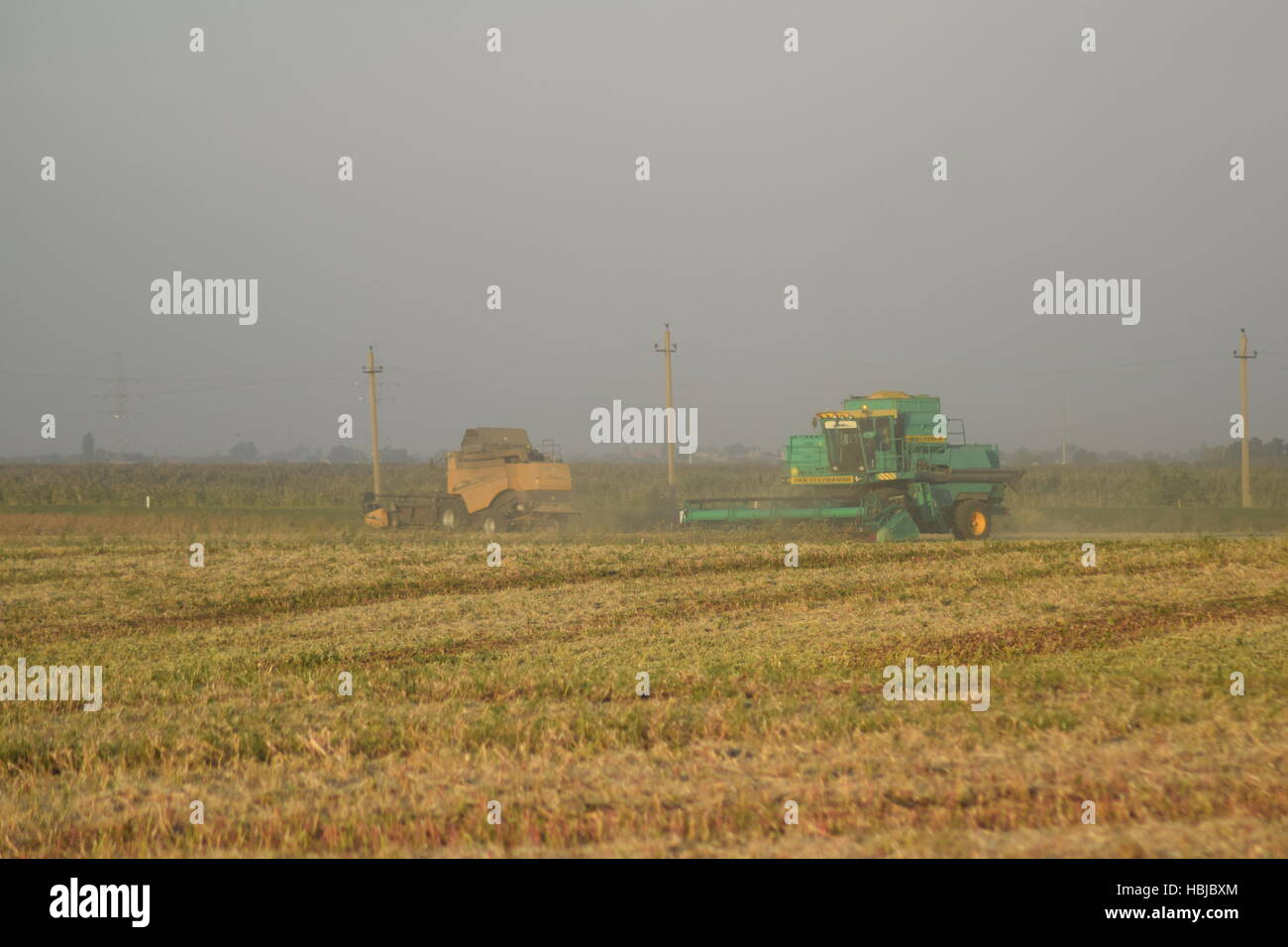 Soy harvesting by combines in the field. Stock Photohttps://www.alamy.com/image-license-details/?v=1https://www.alamy.com/stock-photo-soy-harvesting-by-combines-in-the-field-127638300.html
Soy harvesting by combines in the field. Stock Photohttps://www.alamy.com/image-license-details/?v=1https://www.alamy.com/stock-photo-soy-harvesting-by-combines-in-the-field-127638300.htmlRMHBJBXM–Soy harvesting by combines in the field.
 After a long decline, song thrush have started to recover in the UK. Stock Photohttps://www.alamy.com/image-license-details/?v=1https://www.alamy.com/after-a-long-decline-song-thrush-have-started-to-recover-in-the-uk-image475475880.html
After a long decline, song thrush have started to recover in the UK. Stock Photohttps://www.alamy.com/image-license-details/?v=1https://www.alamy.com/after-a-long-decline-song-thrush-have-started-to-recover-in-the-uk-image475475880.htmlRF2JHFP9C–After a long decline, song thrush have started to recover in the UK.
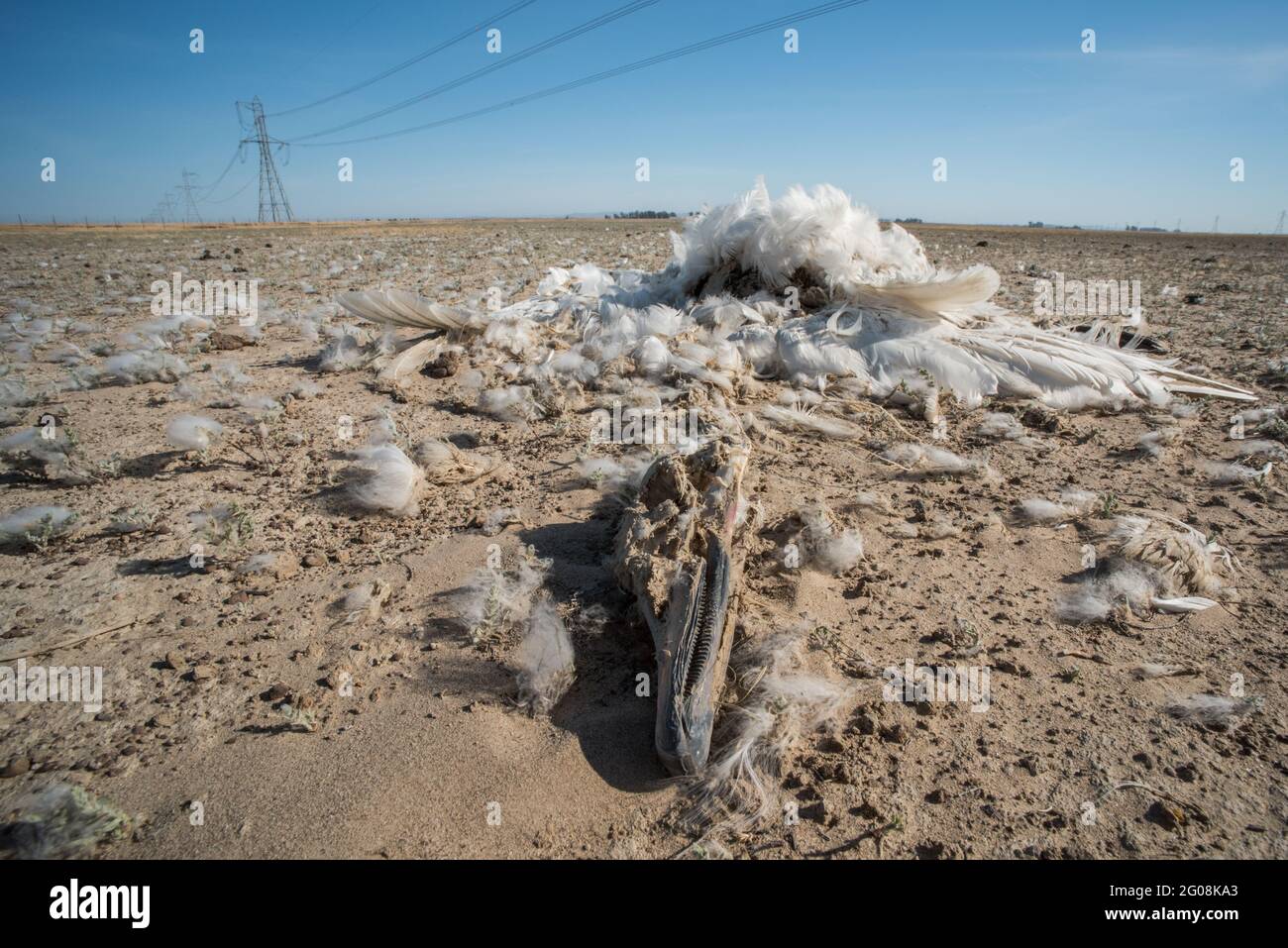 A dead tundra swan (Cygnus columbianus) in California, one of millions of birds killed as a result of a collision with power lines. Stock Photohttps://www.alamy.com/image-license-details/?v=1https://www.alamy.com/a-dead-tundra-swan-cygnus-columbianus-in-california-one-of-millions-of-birds-killed-as-a-result-of-a-collision-with-power-lines-image430449995.html
A dead tundra swan (Cygnus columbianus) in California, one of millions of birds killed as a result of a collision with power lines. Stock Photohttps://www.alamy.com/image-license-details/?v=1https://www.alamy.com/a-dead-tundra-swan-cygnus-columbianus-in-california-one-of-millions-of-birds-killed-as-a-result-of-a-collision-with-power-lines-image430449995.htmlRM2G08KA3–A dead tundra swan (Cygnus columbianus) in California, one of millions of birds killed as a result of a collision with power lines.
 Brighton, UK. 12th June, 2017. A flock of House Sparrows feeding from a bird feeder in Brighton today during bright and breezy weather. House Sparrows have been in steady decline throughout the UK over recent years for many reasons one being the increase in predation by domestic cats Credit: Simon Dack/Alamy Live News Stock Photohttps://www.alamy.com/image-license-details/?v=1https://www.alamy.com/stock-photo-brighton-uk-12th-june-2017-a-flock-of-house-sparrows-feeding-from-144963877.html
Brighton, UK. 12th June, 2017. A flock of House Sparrows feeding from a bird feeder in Brighton today during bright and breezy weather. House Sparrows have been in steady decline throughout the UK over recent years for many reasons one being the increase in predation by domestic cats Credit: Simon Dack/Alamy Live News Stock Photohttps://www.alamy.com/image-license-details/?v=1https://www.alamy.com/stock-photo-brighton-uk-12th-june-2017-a-flock-of-house-sparrows-feeding-from-144963877.htmlRMJBRJW9–Brighton, UK. 12th June, 2017. A flock of House Sparrows feeding from a bird feeder in Brighton today during bright and breezy weather. House Sparrows have been in steady decline throughout the UK over recent years for many reasons one being the increase in predation by domestic cats Credit: Simon Dack/Alamy Live News
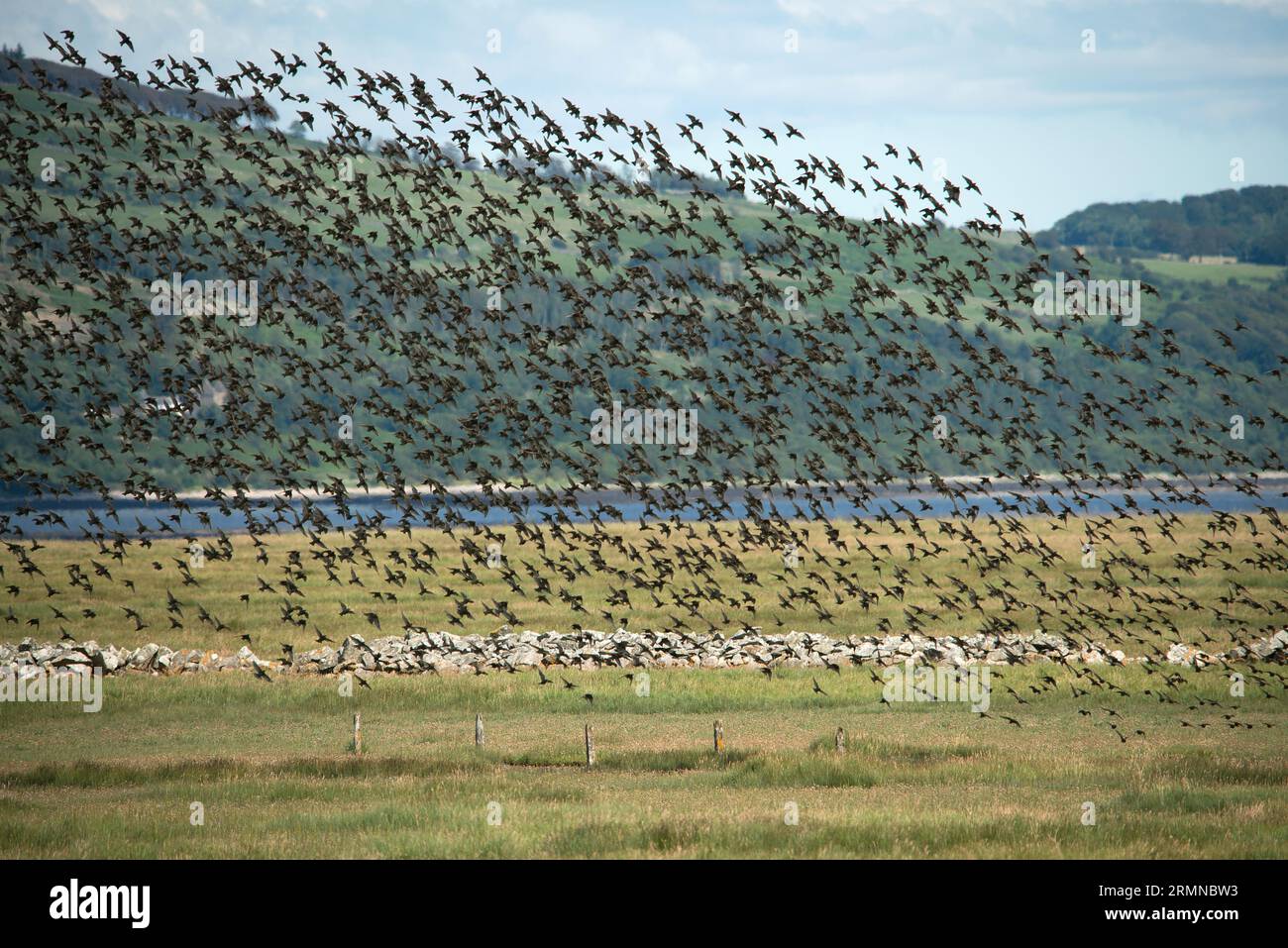 Huge flock of Starlings take flight, filling the image, from a field near waters edge with small hill in the background Stock Photohttps://www.alamy.com/image-license-details/?v=1https://www.alamy.com/huge-flock-of-starlings-take-flight-filling-the-image-from-a-field-near-waters-edge-with-small-hill-in-the-background-image563495215.html
Huge flock of Starlings take flight, filling the image, from a field near waters edge with small hill in the background Stock Photohttps://www.alamy.com/image-license-details/?v=1https://www.alamy.com/huge-flock-of-starlings-take-flight-filling-the-image-from-a-field-near-waters-edge-with-small-hill-in-the-background-image563495215.htmlRF2RMNBW3–Huge flock of Starlings take flight, filling the image, from a field near waters edge with small hill in the background
 Lapwing chicks. These birds are in decline in UK.. Can walk feed within hours of hatching. Leave the nest on same day as hatching Stock Photohttps://www.alamy.com/image-license-details/?v=1https://www.alamy.com/stock-photo-lapwing-chicks-these-birds-are-in-decline-in-uk-can-walk-feed-within-49801479.html
Lapwing chicks. These birds are in decline in UK.. Can walk feed within hours of hatching. Leave the nest on same day as hatching Stock Photohttps://www.alamy.com/image-license-details/?v=1https://www.alamy.com/stock-photo-lapwing-chicks-these-birds-are-in-decline-in-uk-can-walk-feed-within-49801479.htmlRFCW0J87–Lapwing chicks. These birds are in decline in UK.. Can walk feed within hours of hatching. Leave the nest on same day as hatching
 Decline in clouds Stock Photohttps://www.alamy.com/image-license-details/?v=1https://www.alamy.com/stock-photo-decline-in-clouds-36925601.html
Decline in clouds Stock Photohttps://www.alamy.com/image-license-details/?v=1https://www.alamy.com/stock-photo-decline-in-clouds-36925601.htmlRFC422YD–Decline in clouds
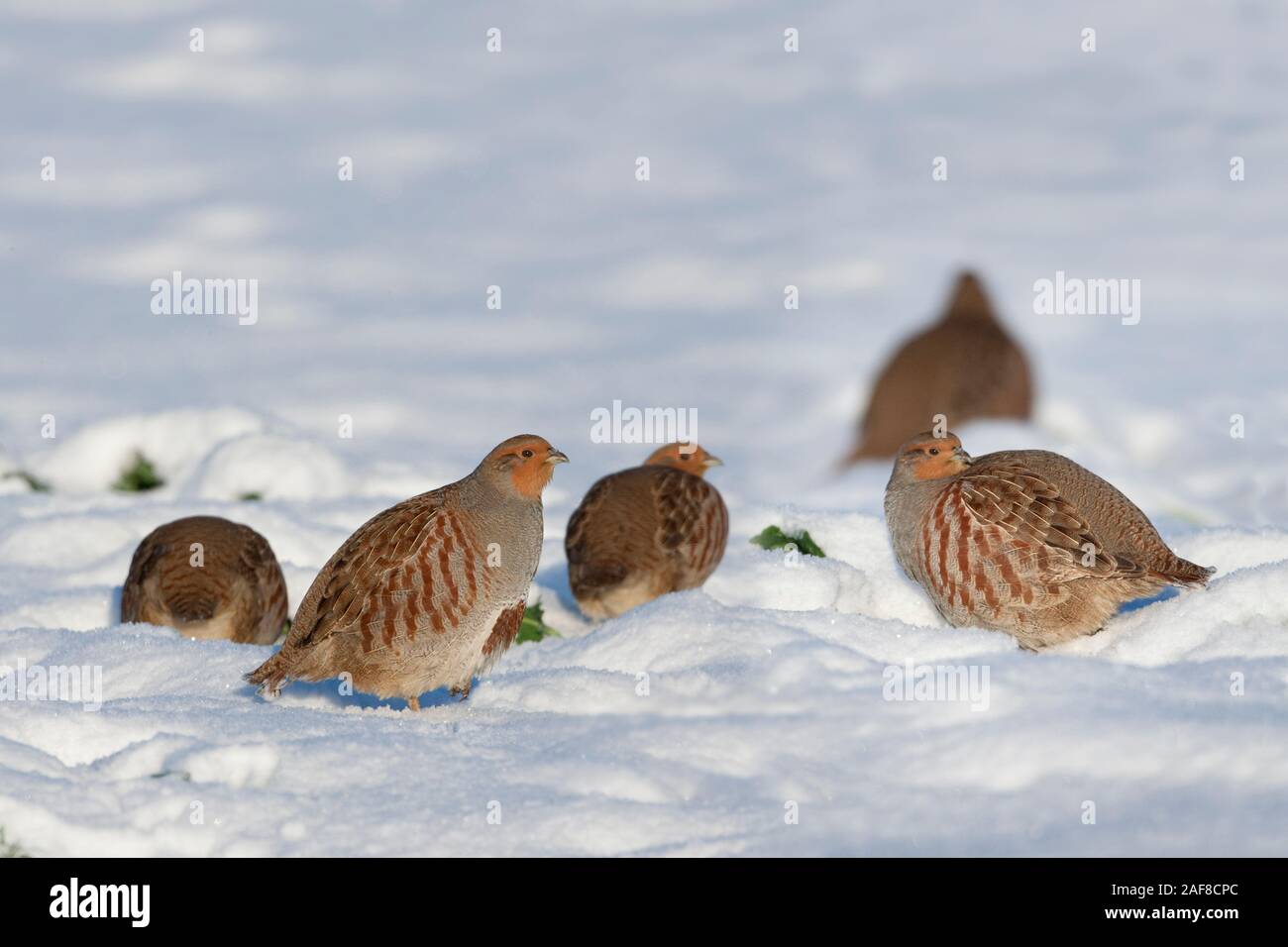 Grey Partridges Perdix perdix covey in snow Stock Photohttps://www.alamy.com/image-license-details/?v=1https://www.alamy.com/grey-partridges-perdix-perdix-covey-in-snow-image336402484.html
Grey Partridges Perdix perdix covey in snow Stock Photohttps://www.alamy.com/image-license-details/?v=1https://www.alamy.com/grey-partridges-perdix-perdix-covey-in-snow-image336402484.htmlRM2AF8CPC–Grey Partridges Perdix perdix covey in snow
 Spotted Flycatcher Muscicapa striata, a single juvenile bird on a small birch tree standing within a heathland, Nottinghamshire, UK, September Stock Photohttps://www.alamy.com/image-license-details/?v=1https://www.alamy.com/spotted-flycatcher-muscicapa-striata-a-single-juvenile-bird-on-a-small-birch-tree-standing-within-a-heathland-nottinghamshire-uk-september-image485447106.html
Spotted Flycatcher Muscicapa striata, a single juvenile bird on a small birch tree standing within a heathland, Nottinghamshire, UK, September Stock Photohttps://www.alamy.com/image-license-details/?v=1https://www.alamy.com/spotted-flycatcher-muscicapa-striata-a-single-juvenile-bird-on-a-small-birch-tree-standing-within-a-heathland-nottinghamshire-uk-september-image485447106.htmlRF2K5P0MJ–Spotted Flycatcher Muscicapa striata, a single juvenile bird on a small birch tree standing within a heathland, Nottinghamshire, UK, September
 A male house sparrow shelters from the rain in a barn in Kilkenny. The once ubiquitous species has baffled experts by their diminishing numbers. *The Government is tomorrow expected to publish a report into the population decline of two of Britain's commonest birds. The document funded by the Department of the Environment,Food and Rural Affairs, looks at the fortunes of the starling and the house sparrow following recent reports that these once widespread species no longer feature in many suburban parks and gardens. 10/07/03 : Lincoln is top of a league for house sparrow sightings - and Stock Photohttps://www.alamy.com/image-license-details/?v=1https://www.alamy.com/stock-photo-a-male-house-sparrow-shelters-from-the-rain-in-a-barn-in-kilkenny-106967521.html
A male house sparrow shelters from the rain in a barn in Kilkenny. The once ubiquitous species has baffled experts by their diminishing numbers. *The Government is tomorrow expected to publish a report into the population decline of two of Britain's commonest birds. The document funded by the Department of the Environment,Food and Rural Affairs, looks at the fortunes of the starling and the house sparrow following recent reports that these once widespread species no longer feature in many suburban parks and gardens. 10/07/03 : Lincoln is top of a league for house sparrow sightings - and Stock Photohttps://www.alamy.com/image-license-details/?v=1https://www.alamy.com/stock-photo-a-male-house-sparrow-shelters-from-the-rain-in-a-barn-in-kilkenny-106967521.htmlRMG60P4H–A male house sparrow shelters from the rain in a barn in Kilkenny. The once ubiquitous species has baffled experts by their diminishing numbers. *The Government is tomorrow expected to publish a report into the population decline of two of Britain's commonest birds. The document funded by the Department of the Environment,Food and Rural Affairs, looks at the fortunes of the starling and the house sparrow following recent reports that these once widespread species no longer feature in many suburban parks and gardens. 10/07/03 : Lincoln is top of a league for house sparrow sightings - and
 FWS personnel with falcon 'hacker.' The decline of the Peregrine Falcon coincided with the introduction of the pesticide DDT in 1947. Birds of prey at the top of the food chain, such as falcons, ingested relatively high levels of the pesticide, which was. Subjects: FWS Employees (USFWS); Endangered species species;Birds; Raptors; Monomoy NWR; Maine; National Wildlife Refuge. . 1998 - 2011. Stock Photohttps://www.alamy.com/image-license-details/?v=1https://www.alamy.com/fws-personnel-with-falcon-hacker-the-decline-of-the-peregrine-falcon-coincided-with-the-introduction-of-the-pesticide-ddt-in-1947-birds-of-prey-at-the-top-of-the-food-chain-such-as-falcons-ingested-relatively-high-levels-of-the-pesticide-which-was-subjects-fws-employees-usfws-endangered-species-speciesbirds-raptors-monomoy-nwr-maine-national-wildlife-refuge-1998-2011-image569230292.html
FWS personnel with falcon 'hacker.' The decline of the Peregrine Falcon coincided with the introduction of the pesticide DDT in 1947. Birds of prey at the top of the food chain, such as falcons, ingested relatively high levels of the pesticide, which was. Subjects: FWS Employees (USFWS); Endangered species species;Birds; Raptors; Monomoy NWR; Maine; National Wildlife Refuge. . 1998 - 2011. Stock Photohttps://www.alamy.com/image-license-details/?v=1https://www.alamy.com/fws-personnel-with-falcon-hacker-the-decline-of-the-peregrine-falcon-coincided-with-the-introduction-of-the-pesticide-ddt-in-1947-birds-of-prey-at-the-top-of-the-food-chain-such-as-falcons-ingested-relatively-high-levels-of-the-pesticide-which-was-subjects-fws-employees-usfws-endangered-species-speciesbirds-raptors-monomoy-nwr-maine-national-wildlife-refuge-1998-2011-image569230292.htmlRM2T22K18–FWS personnel with falcon 'hacker.' The decline of the Peregrine Falcon coincided with the introduction of the pesticide DDT in 1947. Birds of prey at the top of the food chain, such as falcons, ingested relatively high levels of the pesticide, which was. Subjects: FWS Employees (USFWS); Endangered species species;Birds; Raptors; Monomoy NWR; Maine; National Wildlife Refuge. . 1998 - 2011.
 The red-billed gull is the commonest gull on the New Zealand coast. Except for a colony at Lake Rotorua, it rarely is found inland. It is commonly seen in coastal towns, garbage dumps and at fish processing facilities. Immature adults are often confused with the closely related black-billed gull. Recently the largest colonies in different parts of New Zealand have exhibited a marked decline in numbers (i.e. Kaikoura, Three Kings and Mokohinau Island). The bird tends to nest at the same locality from one season to the next, and offspring mostly return to their natal colony to breed. Stock Photohttps://www.alamy.com/image-license-details/?v=1https://www.alamy.com/stock-photo-the-red-billed-gull-is-the-commonest-gull-on-the-new-zealand-coast-129641982.html
The red-billed gull is the commonest gull on the New Zealand coast. Except for a colony at Lake Rotorua, it rarely is found inland. It is commonly seen in coastal towns, garbage dumps and at fish processing facilities. Immature adults are often confused with the closely related black-billed gull. Recently the largest colonies in different parts of New Zealand have exhibited a marked decline in numbers (i.e. Kaikoura, Three Kings and Mokohinau Island). The bird tends to nest at the same locality from one season to the next, and offspring mostly return to their natal colony to breed. Stock Photohttps://www.alamy.com/image-license-details/?v=1https://www.alamy.com/stock-photo-the-red-billed-gull-is-the-commonest-gull-on-the-new-zealand-coast-129641982.htmlRMHEWKJP–The red-billed gull is the commonest gull on the New Zealand coast. Except for a colony at Lake Rotorua, it rarely is found inland. It is commonly seen in coastal towns, garbage dumps and at fish processing facilities. Immature adults are often confused with the closely related black-billed gull. Recently the largest colonies in different parts of New Zealand have exhibited a marked decline in numbers (i.e. Kaikoura, Three Kings and Mokohinau Island). The bird tends to nest at the same locality from one season to the next, and offspring mostly return to their natal colony to breed.
 Indian vulture, Gyps indicus,on cliff edge,Rajasthan, India-critically endangered species due to diclofenac poisoning in cattle. Stock Photohttps://www.alamy.com/image-license-details/?v=1https://www.alamy.com/stock-photo-indian-vulture-gyps-indicuson-cliff-edgerajasthan-india-critically-115913226.html
Indian vulture, Gyps indicus,on cliff edge,Rajasthan, India-critically endangered species due to diclofenac poisoning in cattle. Stock Photohttps://www.alamy.com/image-license-details/?v=1https://www.alamy.com/stock-photo-indian-vulture-gyps-indicuson-cliff-edgerajasthan-india-critically-115913226.htmlRMGMG8E2–Indian vulture, Gyps indicus,on cliff edge,Rajasthan, India-critically endangered species due to diclofenac poisoning in cattle.